This, perhaps, is the longest review I’ve ever written and it’s about a reef food.
The founders of Benepets, the company behind the product I am reviewing today, may be surprised that it took me months to write this article, however, there is a good reason for that. First, I am a lazy person, when it comes to writing at least. Second, Benereef is the kind of aquarium product that cannot be evaluated in a short period of time; to see the outcome of using it, one needs patience. A lot of it. I mean, if you are a hobbyist that believes there is a magic, instant reef making miracle-in-a-bottle out there, let me shatter your beliefs right now because no such thing exists. Anyone that claims their product is the only thing you need for a healthy tank and the results can be seen after just one dose is selling you snake oil. Reef ecosystems are too complicated to be defined by a single variable that acts upon it. We wish it was the case, but it’s not and, most likely, it will never be. In fact, as deep as our knowledge base is at this point in time, we still know so little about reefs; we can call ourselves very lucky when we are able to successfully recreate one in the confinement of a home aquarium.
When it comes to legitimizing a given product’s effectiveness, we tend to take the scientific method and turn it upside down to prove we’re right, in an “I used an anecdote as evidence and it turned out I was right” fashion. In a complex environment like a reef aquarium, changing a single variable and expecting the whole system to react accordingly is wishful thinking at best. Well, unless you try to invoke a negative effect on your system, that is quite easy to achieve. Stop dosing alkalinity and Calcium to an SPS dominated tank and your corals won’t grow. Use copper in your plumbing and expect a mass die off. Pour bleach… you get it. Seriously, don’t do any of those things, your reef will suffer.
These obvious biases, leaps of faith, and fact-interference confusion all add up to the hardship one faces when asked: “But does it really work or you BELIEVE it works?” When I, as a casual reefer who bases his knowledge largely on personal experience and the opinions of few others, more experienced people in the field, challenged myself to write this article, I had to make a concrete plan on how to approach the task. I knew that the anecdotal evidence of one person does not prove anything and even photographic evidence doesn’t cover the other million variables that play a role in a home reef ecosystem’s well-being.
I can only present what I observed with my own eyes and the limited equipment I own. I don’t mean that anecdotal evidence cannot be used to prove anything. It very much can, you just need a lot of it and it has to be credible.
With that in mind, I decided to structure this review so that it consists of five sections: the concept, the product and company behind it, the science behind the product, my experience using it, and feedback from others who used and are using it. I’ve reached out to a few reef aficionados who used Benereef for a prolonged time and asked them to share their experience and the results they’ve achieved while dosing it. Read on…
THE CONCEPT
I didn’t quite know how to explain how the whole concept of adding nutrients to a reef tank started and how I think it anchored itself as a valuable method of creating environment corals thrive in, so I came up with this somewhat corny little story summarizing the topic. It was not intended to end up in the final version of this review, but I decided to throw it in and face the consequences of my decision later, so here it is:
FROM THE BOOK OF REEFKEEPING FOLKTALES
A dozen winters or so ago, the mighty SPS coral was tamed and began to be successfully propagated by reefers all around the globe, disagreement among them arose. “What is the best recipe to provide for the SPS coral?” was the question asked. From that dispute, factions formed and the reefkeepers were forever left divided. “No nutrients” yelled one side. “Why not?” replied the other.
The rift in the reefkeeping hobby produced two new breeds of coral farmers. The first kind, members of which called themselves ULNS followers, was a nervous reefkeeper, a risky type willing to take chances, balancing his/her tank’s equilibrium on a thin line just to squeeze the maximum color saturation out of the coral. The ULNS method provided the fuel for the magic that delighted the eye, but it did so at a cost. The elements that are taken must be given back and it’s the reefkeeper’s fate to keep the fine balance intact. It’s no easy task to copy nature- one mistake and the reef’s harmony is left in disarray. And so, the reefkeeper becomes addicted to the look and the mix of chemicals needed to keep that look.
The second type of reefkeeper followed a different school of thought. Based on the fact that corals are animals and all animals need food, this reefer didn’t shy away from adding nutrients to the tank. Heavy feedings, coral supplements, anything that the SPS coral seemed to accept as a food source became staples of this method’s husbandry. There was a disadvantage to this, because nobody really knows what each species of coral eats. It’s almost impossible to assess that in a home aquarium setting and therefore the reefkeeper oversaturated the system with suspended food particles of all kind, in the hopes that there was at least one in the mix that the coral would consume.
That second type of reefer is a much more relaxed hobbyist, one that doesn’t stress over a slightly elevated phosphate level or algae showing here and there. Unfortunately, nothing is free; there’s a price to pay here as well. Gone are the pastel colors, the mesmerizing blues, and the deep reds. The reef is healthy and thriving, but there’s a bit of envy when comparing the colors of a coral species kept in a nutrient-rich reef with its counterpart glowing in the ULNS system.
There’s no free lunch when it comes to keeping corals healthy; people on both sides can share success stories after following either of the two methods, what they don’t usually share though is how much time, money, and repeated attempts it takes to follow one over another. I am more of the second type of aquarium keeper, I want to enjoy more and worry less. The product I am reviewing today fits the bill perfectly, or so I hoped. Let’s talk Benereef…
THE COMPANY
I picked Benereef to be featured in the long format of a Definitive Review because there is solid science behind it. No hidden formulas, no bombshell claims on its effectiveness, nothing like that. Everything about Benereef is laid out with a simple premise of “This is our product, it helps your aquarium in multiple ways and here’s how”. Before I go into detail explaining the scientific backbone Benereef was invented on, it is important to spend a few paragraphs on how the company started and how its creators came up with the formula for this food, as it is essentially tied to the science it is based on. I learned some facts about the product directly from the source on several occasions, meeting the owner and CEO of the company, Mr. Jeremy Olsen, and his team, asking them about the company’s roots and goals. You can find the transcript of my first interview with Jeremy HERE if you’re interested.
The story behind Penepets is a heart-warming case of entrepreneurship at its best. The two main ingredients- probiotics and worms, combined with a healthy dose of risk-taking, is what started the journey for Jeremy Olsen. His first enterprise was in vermiculture.
You know, growing worms for composting. As you may not know (I didn’t), there is a lot of science involved in culturing worm beds. The microfauna that breaks down organic food waste into nutrient-rich compounds is constantly studied and modified in order to improve its usefulness for plant growth.
The byproduct of the studies performed by Jeremy’s company was an excess of worms that had to be harvested before they overpopulated the worm beds. That excess ended up in aquariums stores and fish farms. The interest in these worms grew exponentially, which prompted a shift in the company’s strategy from studying worm beds as a whole to looking into the worms’ guts in order to learn what it is that make these worms so effective in decomposing organic material. It turns out these worms are loaded with naturally occurring prebiotics and probiotics…
This is where I have to pause for a moment, as that requires an explanation:
PREBIOTICS & PROBIOTICS
Often associated with fermented foods, such as sauerkraut, kimchi, yogurt, kombucha and so on, probiotics and prebiotics are at the center of discussions about healthy eating, being praised for their ability to improve the human body’s microflora population (the “good” bacteria that live inside you). On a side note, it’s quite ironic to me to see the fermented foods craze among the fitness-obsessed as if they were something people just came up with. The truth is, fermenting is perhaps the oldest known method of preserving food and where I grew up, sour pickles, sauerkraut, and other fermented stuff were a big part of the diet and the culture at large, especially in the winter months when fresh vegetables and fruits were hard to come by. Anyway, where was I?
Right, so probiotics vs prebiotics. What’s the difference between the two? Let’s start with the more important of the two, probiotics.
Probiotics are living organisms, typically a type of bacteria, although certain types of yeast are also considered probiotics, that provide numerous health benefits to the host organism when ingested. In us humans, this type of bacteria exists all over our body in vast numbers, mainly in the gut and other parts of the digestive system. They outnumber the human body cells by a factor of 10:1 and help in digesting the food particles that enter the gut. The benefits of this symbiosis range from improved digestion and reduced inflammation to immune system modulation and disease prevention.
Prebiotics, or more precisely prebiotic fibers, are a non-digestible part of certain types of food. Prebiotic supplements intended for human consumption are often extracted from vegetables like garlic, asparagus, Jerusalem artichokes, dandelion greens, and others. Prebiotic fiber, when ingested, goes through the digestive system unbroken, but it undergoes a fermentation process and upon reaching the large colon, it becomes a food source for probiotic bacteria, improving the latter’s survival rate and population growth. One disadvantage probiotics have is that they are quite fragile and can be easily killed by stomach acid, heat, and time, as they are short-lived organisms. So in essence, prebiotics help probiotics stay alive and reproduce. This intertwined relationship between the two is what benefits the larger organism that hosts them. I’ve used the human gut example, but the benefits these organisms bring can theoretically be duplicated in any organism equipped with a digestive system, like corals, fish, and other critters commonly found in a reef tank.
BENEREEF
That brings us back to the worms. I paused the story with Jeremy and his team looking into the guts of the creatures they have cultured and finding them loaded with probiotic bacteria. They quickly realized (Jeremy and his team, not the worms) that isolating these bacteria could be a perfect solution for the whole idea’s biggest obstacle- short shelf-life. Having a supplement in liquid or even powder form, instead of greenhouses of live worm beds that don’t last too long and have to be kept and shipped in special conditions, was the only way to succeed and expand their business.
And so they grabbed their worms and went looking for someone willing to help them turn this idea into reality. They ended up finding just the right guy for the job: Dr. Sheril Burton, a senior microbiologist at RIM Environmentals, a Division of Richards Industrial Microbiology, Inc. Dr. Burton has an impressive resume and is regarded as an authority in microbiology, with over 50 years of combined experience in the field.
At first, Jeremy and his company simply tried, with the help of Dr. Burton, to find a way to enhance their worms’ probiotic quantity and quality, but over the course of these experiments, they decided, as I mentioned earlier, to isolate the bacteria and sell it in a supplement form. There are several roadblocks to that effort- first of all, you need to find and isolate bacteria that can survive being put in a dormant state for a prolonged time and then be re-activated, or brought back to life, quickly (they are real-life zombies, these bacteria). Next, these bacteria must survive in an aquatic environment, particularly that of a tropical reef. It took 4 years of research to find these bacteria and to develop a formula that could work as a dry supplement. Dr. Burton, in a series of experiments and long-time observations, found the exact type of bacteria needed- one that is associated with fresh and saltwater environments, that can be easily cultivated and reproduced in conditions similar to these in aquatic environments, and can survive being dried and later reanimated. This is perhaps the most important part of the Benereef development- to use bacteria that will go through the drying-reactivating process intact and be “operational” by the time it is added to the tank. There are numerous products on the market, not only in the aquarium industry but in probiotic supplements in general, that claim to have millions of beneficial bacteria in their ingredients list, but seldom you can find exactly what is in these products and if the type of bacteria used is known to thrive in the environment it is intended to exist.
Going back to Benereef, the makers of the product advertise the fact that they are completely transparent, providing a full list of ingredients that go in it, and sharing the knowledge they gained developing it. To continue our story and learn how exactly Benereef helps in maintaining a healthy reef tank, we should look at that ingredient list and read the guaranteed analysis, both of which are posted on the jar, and also readily available on the Benepets website.
THE PRODUCT
Benereef ingredient list:
Salmon Fish Meal, Freeze Dried Planktons, Brine Shrimp, Rotifers, Copepods, Brewers Yeast, Corn Starch, Calcium Powder, Astaxanthin, Spirulina, Garlic Powder, Marine Fish Oil, Soy Flour, Special blends of Natural Super Foods, Benepets Proprietary Probiotic blend such as but not limited to Lactobacillus, Saccharomyces and Bacillus species.
And the guaranteed analysis is as follows:
We need to talk about each one of these two charts in detail. Let’s start with the bacteria types that ended up in the food. I am again analyzing them through the perspective of the human body, as this is where a lion’s share of the research done on these bacteria resides. It is noteworthy that Benereef doesn’t list every single species of bacteria that is in their product, partly because the list would be overwhelming and partly because they are still researching and improving the formula to have even larger numbers of beneficial bacteria that promote a healthy environment for corals to thrive. Benereef’s ingredient list has bacteria from the following genera:
- Lactobacillus- a genus of gram-positive bacteria that is a major part of lactic acid bacteria group (bacteria that convert sugar to lactic acid); different species of Lactobacillus are abundant in human digestive, urinary and genital systems, forming films that help them increase survival rate in harsh conditions; it maintains a mutualistic relationship with the human body, protecting us from pathogens in exchange for nutrients; Lactobacillus is the most common type of bacteria in yogurt
- Saccharomyces is a genus of fungi, mainly yeasts, that is very popular in food production; the name derives from Greek words meaning “sugar fungus”, but we know it by its common name brewer’s yeast or baker’s yeast; from a historical perspective, species from the genus Saccharomyces were used by humans since ancient times, without them there would be no bread, ales, wines, beers and other types of alcohol ( and that would not be a world as we know it) ;one particular species, Saccharomyces Boulardi, is known to science for its usefulness as a remedy for gastrointestinal problems, urinary tract infections, and skin problems
- Bacillus- bacteria belonging to this genus are known for being tough; they can survive years being in a dormant state, but most importantly, they are heat-stable and can survive the passage through the stomach; some spore-forming species of Bacillus are used in food preservation and production, are known for their unique ability to produce proteins, enzymes, antimicrobial compounds vitamins and carotenoids
As a side note, if you are interested in probiotics and how they can help improve overall health, I highly recommend listening to Dr. Rhonda Patrick’s talks, presentations, and podcasts; she is a walking compendium of knowledge on this and other topics involving human health and aging.
Probiotics do incredible things to our well-being, there are even ongoing studies showing real promise in using probiotics for depression treatment. Fascinating stuff. But the question here is “How do probiotics interact with reef tank organisms?” It turns out, they help in several distinctive ways. We need to go back to Dr. Sheril Burton, who explains that the probiotics in Benereef serve quite a few different purposes. Predominately, they are a food source for the coral polyps and other organisms. The bacteria take in ammonia and other molecules excreted from the coral and incorporate them into its own cell structure, becoming food for the coral in the process. These probiotic bacteria are excellent at capturing orthophosphates and storing them in their cellular structure. When eaten by coral, these loaded-with-orthophosphates bacteria get broken down by the coral gut. You essentially are getting rid of the competitor, in this case algae, from the phosphate cycle, as some of those phosphates cycle directly between bacteria and coral.
The third, perhaps most interesting perk of having the bacteria present in Benereef floating in your tank, is related to their earlier-mentioned ability to produce various compounds, among them antibiotics (mainly by bacteria in the genus Bacillus), that help corals in their constant battle with pathogens.
Probiotics are the “active” element in Benereef composition, but they’re also only a small (by weight) portion of the overall content. The main ingredients in the food are various planktonic critters, Brine shrimp, salmon fish meal, copepods, rotifers, nutrient-rich Spirulina, the keto-carotenoid Astaxanthin that’s an effective antioxidant, plus a few other marine and land-based foods. What is interesting and being advertised as an advantage of Benereef over different kinds of coral foods is its low protein content (25.5% min) and high carbohydrate content (in the form of fiber, which contains the prebiotics the bacteria and fungi feed on), as well as ample fat content in the form of fatty amino acids.
The importance of low protein content is again explained by Dr. Burton, who describes that maintaining optimal protein levels in the aquarium is essential for its longtime well-being and for the probiotics to thrive. Any excess protein is being broken down by animals in the tank and released back as ammonia, so it’s important to maintain those levels to avoid algae outbreaks. The bacteria is there to aid in the nitrogen cycle, but it has its limits and therefore when Benereef was researched and engineered, a lot of emphasis was put into the recipe and its content. The key was to collect protein from various sources, terrestrial and marine, as different types of protein are processed by different bacteria.
The claims Benereef presents and the underlying science the product is based on are centered around the probiotics that are present in the food in very high concentrations- minimum 1 million CFUs (colony forming units) per gram. Those bacteria and fungi are multi-tasking hard workers that streamline the nitrogen cycle, help coral grow faster, boost the coral and fish immune systems, and improve the overall resilience of the system against diseases, all while competing for nutrients with various types of algae and cyanobacteria.
I like that premise. There is a lot of good scientific proof behind probiotic research and we can see the shift in public opinion regarding their legitimacy as a natural health supplement. I was actually hesitant to throw this unknown to me at the time food from a barely known company into my aquarium, but after researching the topic a bit more, I got more interested in Benereef. I liked the science behind it and it made sense to me, so I decided to proceed with a loosely consistent dosing regime.
I also took Benereef under the microscope (literally) and snapped some quick photos of the stuff. Done with a Zeiss microscope at 100x magnification. The quality is not where I’d like it to be, but it’s all I can afford at the moment 🙂 My apologies. Anyway, here are a couple of shots from the scope:
MY REEF TANK
I think you should know a little bit about my aquarium and its water parameters, as well as the routine I follow to maintain it, in order to understand where I’m coming from and what the initial conditions of my tank were before I started dosing Benereef.
I currently own a roughly 90g (48” x 22” x 20”) mixed reef aquarium that I’ve had since January 2017. It is paired with a custom sump the exact volume I have never determined. It’s big enough, however, to fit a DC return pump, DC powered internal protein skimmer rated for tanks up to 200g, a double outlet return with two 7” filter socks, and an area between first baffle and the edge of the sump where I grow algae using an AI Prime Fuge light (that I’m currently testing by the way) operating on a reverse photoperiod. I don’t necessarily grow anything intentionally there, I just let the sides of the sump and the surface of the filter socks be overgrown with whatever algae find this light attractive. I harvest the crops from down there every time I do maintenance. Speaking of, I do change these filter socks every week and every other week I change 15 gallons of water, currently using Fauna Marin salt. I also run two small size GFO and Carbon reactors fed via the manifold off the return pump. I change the carbon every month and GFO when I see my phosphates are on the rise (which they don’t do that often nowadays, I can go up to 2 months without changing media). I use no other means to reduce my nutrient levels (except a protein skimmer, naturally)-as I mentioned in the beginning, ULNS is not for me and I never plan to go back to this method of reef tank upkeep.
Water in the display is moved around by 4 wave pumps, two neptune Systems WAV mounted on side walls, and two Rossmont Movers mounted on the two ends of the back wall, angled towards the front-center of the tank. The display is lit by an Aquaticlife T5 Hybrid fixture paired with three Ecotech radion G4 Pro fixtures.
The reef I am trying to maintain is a mixed kind with emphasis on SPS corals, zoanthids, and various torch and frogspawn corals. That being said, I have different sessile invertebrates in this tank- soft corals, sponges, a clam (that one is now gone due to one of my wrasses figuring out it was food that was just sitting there waiting to be consumed), few different rock and tube anemones, and a little bit of algae in nooks and crannies not yet occupied by coral tissue. I also have this ugly brown, GSP looking coral that I hate with a passion, but that’s for another story. When it comes to vagile animals, yes, I have a lot of those too. True fact- I have to get up now and walk to the tank to see how many fish I have, approximately.
I have 20-22 small to medium size fish in my tank, plus one cleaner shrimp, one blood shrimp, one pistol shrimp without a partner, a fighting conch that is harassed by my clownfish pair (they killed it before I finished writing this article, those bastards), a few hermit crabs, an Emerald Crab named Arnold, and a few surviving snails that didn’t yet fall under the wrath of one of my wrasses. Some of the worthy finned critters that I keep include two Dragonets, Synchiropus splendidus and Synchiropus picturatus, a banded Pipefish Doryrhamphus dactyliophorus, two Genicanthus angelfish (female Genicanthus melanospilos and female Genicanthus watanabei), a Copperband Butterflyfish, a captive breed Filefish Acreichthys tomentosus from ORA, and most of the rest are wrasses. I am especially fond of the Leopard wrasses from the genus Macropharyngodon, of which I have 4 different species.
My nutrient levels changed since I started dosing Benereef, but other parameters stayed relatively stable from the moment I started till now:
Temperature 78-80F (with short periods of up to 82F during heat waves)
Salinity 1.033 (1.026ppt)
Alkalinity 7-8dkh (I dose ESV B-Ionic and run a Calcium reactor)
Calcium 380-400
Magnesium 1400-1500
When it comes to nutrient levels, which I determine by testing nitrate (NO3) and phosphates (PO4) on a weekly basis, I ran into problems a few months before I started dosing Benereef. My PO4 levels were between 0.1-0.2ppm and my NO3 level stayed in the 40s range. During that time, I experienced sluggish to no SPS growth (I’ve lost some colonies too), a small hair algae issue, and I was generally unhappy by the way the tank looked. On the contrary, virtually all of my zoanthids and palythoa grew like crazy at that point, occupying every square inch of the bottom of my aquarium. I’ve tried to correct, with limited success, the high nutrient concentration issue by doing larger water changes and by switching to high capacity GFO. The end result was a comfortable 0.06-0.08 PO4 level, yet my nitrates came down only to 20ppt, way too high for my taste. Maybe I do have too many fish in there…
This is where Benereef enters the picture. I first heard about the company at Reefapalooza 2018 in New York, got in touch with Jeremy after the show, and received samples for testing around a month later. It took me another month or so to actually set up a dosing regime, so I would say September of 2018 is when I started testing the stuff. That makes it almost 6 months now. I did half the recommended dose (¼ tsp per 25g of water, so roughly a half teaspoon) for the first 2 to 3 months and then switched to the full recommended dose of 2tsp every other day. Always broadcast feeding in a high flow area of the tank; I actually never practice target feeding, because I’m lazy. I did mix Benereef with defrosted Mysis shrimp to feed my fish a couple of times, but it’s not a regular thing. My fish do eat the stuff though, as some of the particles in it are large enough for fish to spot. The Lyretail Anthias trio go crazy for that food and it is good target practice for wrasses.
This is what my tank looked like around the time I started this experiment:
And here are some timeline pictures:
And here’s how it looks now:
THE ANECDOTAL EVIDENCE
As I stated at the very beginning of this lengthy article, coral foods are notoriously difficult to review. The reasons:
-manufacturers are often secretive about sharing their product ingredient list with the consumer
-you need a lot of time and effort to be able to draw any conclusions from your observations
-it’s impossible to single out the benefits a given product is providing for the animals in the tank without including all the other factors that may or may not contribute to the well-being of those animals
Here’s the deal. Every tank is different and there is no miracle potion that can replace good husbandry. But Benereef is amazing!
Let me start by saying this- I think Benepets’ success lays in the company’s transparency about their flagship product. You ought to know what’s in it, you learn why the bacteria that is present in such a huge amount is beneficial from an actual Ph.D. microbiologist, and then you can decide, based on the hefty amount of information available for free on the company’s website and social media, if this product is for you.
It certainly is for me. My tank never looked better. Do I think Benereef is solely to thank for that? Absolutely not. Good husbandry, patience, and maintaining consistency in the upkeep of the reef are nedded to have a healthy reef, no shortcuts here. Not a crazy amount of that mix, you don’t want to be ULNS nervous about what is considered a relaxing hobby. Just enough to be comfortable to get some help from a product like Benereef.
What strikes me the most about this food is that with the massive amount of nutrients that can potentially become toxic ammonia, combined with my heavy feeding habits, I should have even higher nutrient levels than when I started dosing Benereef, yet quite the opposite is true. I currently am at what I consider “perfect numbers”, with my NO3 staying dead at 3-5ppm no matter where in the maintenance schedule, while PO4 is very low at around 0-0.03 ppm.
Despite all the knowledge I gained while researching the product reviewed today, I wouldn’t call myself “probiotics literate”, but the process Dr. Sheril Burton described happening in the tank when you dose Benereef regularly, must be working in my aquarium, because all that protein is being utilized somehow, it wouldn’t just precipitate from the aquarium water after all. Do I see increased growth? Yes, I do, but more importantly, my corals look and behave like they are just busy multiplying rather than fighting the ramifications of less than optimal water parameters, but they are still corals, not bamboo. They need time to grow.
That’s why I won’t share any time-lapse videos or before and after close-ups of my individual coral frags, I find these meaningless. You really want coral to show growth, display visible polyp extension, and generally look like its best self, not to overgrow your tank and suck up all the alkalinity in an instant. There are no super corals out there. I learned over the years that all those insanely colorful sessile invertebrates almost always take the longest to grow, despite all effort. The challenge, in my opinion, is not to speed up nature, but to maintain the best possible environment for nature to do its thing. In other words, a healthy looking reef will always look as if it is growing faster, simply because everything grows at the same time. I think Benereef truly helps in achieving that goal. Once again, I have no problems with NO3 and PO4, yet I dose a ton of nutrients every day. This is how the tank looks right after I dose Benereef and it stays like that for a good half an hour. That’s every other day for me, plus regular fish feeding, twice a day every day.
Don’t expect an ultra-low nutrient reef by dosing Benereef, you won’t be able to achieve that. What you will see is a good looking reef where corals show signs of being happy in the environment you created for them. Will you still see some algae in certain spots? Absolutely. Will you witness a random coral dying suddenly for no apparent reason? You bet.
Those are normal episodes that happen in every reef tank, even the most taken care of ones. Listen, it may not even work for you. From what I’ve seen so far, it works for many, but it can’t work for everyone. On the same note, it shouldn’t be considered a lifesaver. If your tank is already in bad shape, I wouldn’t recommend using Benereef ahead of addressing the underlying problem that threw your aquarium out of balance in the first place. Benereef, to me, is a sort of confirmation to my beliefs- in my personal experience, a balanced tank that receives a healthy dose of nutrients on a regular basis, is maintained on a regular basis, and is equipped with a filtration system adequate to its bioload, ends up being a much more relaxing long term experience than one where you constantly strip nutrients to keep corals on the edge. It’s true that the water surrounding natural coral reefs has an extremely low nutrient level, but it is the sheer amount and diversity of the organisms- bacteria, algae, microorganisms, fish, invertebrates, namely corals themselves, living together in this complex ecosystem that regulate and absorb the nutrients present in the water. To have the ability to achieve this, at least at some level, in the confinement of a home aquarium that, no matter how large, is still nothing compared to the actual reef, is amazing.
There is another side to this argument though. Seeing the positive effects of dosing with Benereef does require time, so patience on the part of the reefer is still very much a factor here. I’ve gathered feedback from other hobbyists using the product and while I share their long-time observations with Benereef, I didn’t necessarily see any visual short time improvement (I’m talking days after initial dose) as some did. I know my corals love this stuff, but I guess I don’t really track their growth and changes in coloration that often. I’m the type of aquarist that is always surprised how much something grew when I wasn’t looking.
One additional thing I forgot to mention- since I started dosing the stuff, my copepod population skyrocketed. I have so many now and they are everywhere, every time I change my filter socks I pull off at least a dozen of them. I assume they must like it too and it’s a win-win because the Dragonets and banded pipefish I keep rely on a healthy supply of these critters for survival. Plus, the skimmer doesn’t fill up as often as it used too. Oh, well, more anecdotal evidence…
This is the point in the review where I hit the roadblock I set myself a few paragraphs earlier. It’s a coral/fish food review and my opinion about it is just that, mine. I think it works because a) I believe in the science behind it and b) I see the visual changes it has made to my tank. That doesn’t change the notion that you have a right not to believe me. And frankly, I don’t expect you too, a bit of skepticism is always good in this hobby. What I can do is offer more transparency by doing something I have never done before in my reviews and invite other reefers’ feedback to be a part of this one…
THE ANECDOTAL EVIDENCE OF OTHERS
I reached out (directly and indirectly through the company’s recommendations, as well as by finding other aquarists’ threads in online forums) to folks with a request to share their experience with the product. These are all people you can find on various online forums and Facebook groups, so don’t hesitate to reach out to them for more info on their tanks. Everyone agreed to use their real names and to edit their feedback to fit the format of this review. I also got permission to share pictures of their aquariums and specs of their systems. This is the result of that cooperation:
Jimmy Pop Colson
Jimmy Pop Colson is an American Board Certified Orthotist who owns one of the fastest-growing orthotics and prosthetics companies in Las Vegas. He is also an author, motivational speaker, and an amazing reefkeeper. His current reef tank is a 600g SPS dominated monster and one of the best looking reef aquariums in the world. See the tank’s feature video by Marc Levenson from www.melevsreef.com
And also, our own Richard D. Back’s feature video on Jimmy’s tank, where they discuss the ins and outs of this amazing system:
Jimmy wrote:
“Benereef helped change my whole world in reefing. I have been a reef keeper since 1994 and have had my ups and downs in the hobby like each of you. I have had huge crashes, lost thousands in corals repeatedly and almost threw in the towel on multiple occasions. Once I introduced Benereef to my system I got peace of mind and stability. The polyp extension on all the acros is amazing. Also, let me tell you about the colors. I get lost in my tank for hours at a time. I thank Jeremy and Benereef for giving me that extra something to spark that love for acros. I am forever grateful”
Allen Bishop
Allen’s reef tank specifications:
220 g display
60 g sump
100 g RO barrel for water changes
Lighting: 3 x 400 w metal halides with 20K Radiums bulbs plus 2 x xho reef brites and 2 x uv reef brites
Calcium Reactor and dosing two-part
He wrote:
“I have been asked for my review of Benereefs Benepets product. I started using the product towards the end of July. I followed the instructions on the label with the increased feedings for the first 30 days and twice a week currently. I turn off all vortech pumps, of which I have four in my tank, before feeding. I feed 2-3 hours after lights out, making sure I activate the food in salt water for about 5 min. Then I remove my filter socks as I change them out twice a week as well. All food goes into the display with a Rio coral feeder (turkey baster). I do this for about 30 min then I turn on two vortech that are at a low speed, and then the other two when I wake up and add my socks back in the sump.
My results have been amazing during this time. Colors look better but the growth has been amazing to watch. I could take progress pictures weekly and be impressed! I also feel like it is a very clean product vs some of the other coral foods I have used in the past, where you have to be careful to not add too much.”
Bradley Syphus
Bradley’s tank is 335 gallons, 72″ long x 36″ tall x 30″ deep mixed Reef, mostly SPS coral.
He wrote:
“I’ve been using Benereef for close to a year now and have been completely overwhelmed with the overall health and growth of my coral. Best product on the market in my opinion for the health and well being of your coral.”
Bryan Bench
Bryan is the owner of an island style aquarium with custom overflows. 400 gal. display, 600 gals total volume.
He wrote:
“I am an automation junkie. I auto feed pellets, flakes and yes, even liquid mysis two times a day. I started using Benereef exclusively since most of my SPS died, because of high phosphates in January of 2018. Some of my SPS corals did survive though and now they are thriving because of Benereef.
You ask how I could be even more excited about Benereef? I figured out how to auto feed this food three times a week. I have it stored above the tank in two Neptune apex AFS. I rotate both AFSs at the same time while the return pump is off. The surface current carries the Benereef across the surface and pushes the food down, mixing it in the tank with closed loop and powerheads.
You can also accomplish this by having one AFS above your pump return section in your sump. Turn off your return pump and rotate the desired amount of Benereef in the sump with a small mixing pump. Then turn on return pump briefly until the sump is clear of food.
An even easier way is to rotate AFS with the desired amount of Benereef in the sump with the return pump on. It will mix on the way up into the tank. Then turn off the return pump when food is cleared out of the sump.
I have done this all three ways and I like to mix in-tank the best. I only have to turn return pump off/on once. Either way you use it, you want the food to stay in the display tank as long as you think your corals are feeding. Then when return pump is back on, the remainder of the food feeds your sump pods and other creatures in there. It is a whole tank feeding program.
Another benefit to Benereef is my fish love it just as much as the coral. It has not raised my phosphates as other coral food did before.”
Dynasty Corals
Dynasty Corals is a pet store and coral farm based in Chubbuck, Idaho and a well known online coral shop. The current setup where they dose Benereef is as follows:
3’x8’x12″ vats (25)
Each vat is currently running
4 radion G4 Pros
4-6 EcoTech Marine Mp40s
2 Maxspect gyres on each end
Vats are being fed with Reeflo hammerhead pumps
Skimmers are SRO XP8000ext (8)
They wrote:
“We starting using Benereef roughly 2 years ago after meeting Jeremy at a local trade show. After using it for a few weeks we started to see corals react in ways we have never seen before, constant polyp extension and colors we have been trying to obtain in these huge systems for years. It’s the first coral food I’ve ever used and stuck with for an extensive period of time. Part of our great success depends on Benepets and the amazing food they offer !”
Justin Myers
Justin is currently running a 75g mixed reef tank. He wrote:
“I purchased my first jar of Benereef almost three years ago for my first reef tank and saw amazing results. Good enough result that I outgrew my 29-gallon nano tank to my current 75-gallon tank. I’ve been feeding my current tank 3 times a week since I first set it up and I even used it to help my cycle along. I love zoas and that is what I mainly have in my tank, I have seen amazing zoa growth with Benereef. This product really helps the beginner reefer look like they know what they’re doing! I would recommend it to anyone who asks.”
Zach Bogatz
Zach is currently running a Red Sea Reefer 350 mixed reef aquarium. His feedback:
“Let me start out by saying, I am of the mindset that my time needs to be spent efficiently and provide me real results for me to buy into any product on the market. My current Red Sea Reefer 350 is running a refugium, as a result, my tank runs lower on nitrates around 1-1.5ppm, phosphates can vary but are normally around .03ppm. I have a mixed reef, with SPS, LPS, and softies. Zoanthids being my biggest source of growth noticeably so far after feeding Benereef.
I feel like pictures are more impactful than what I could ever formulate into words.
Week 1 of Speckled Kraks: Status 2 Polyps, not including babies.
Week 4 of Speckled Kraks: Status 9 polyps, not including babies.
I am seeing an increase in zoanthid growth, on average 1-2 polyps a week on smaller colonies and between 6-10 per week on larger colonies. And as you can see the color and size of the polyps have grown significantly.
This is one of the only coral foods that I have seen that fish will eat readily, and does not increase the phosphates in my tank. I went from trying multiple types of food for my Goniopora to just using Benereef.
In summary, I truly believe that Benereef not only has a positive impact on my ecosystem, but it also has a profound impact on the overall health and growth of zoanthids especially. I see SPS react to it very positively as well, full extension of polyps and I don’t dose amino acids. And it’s great for sea fans etc, overall it’s the one food that covers it all and doesn’t attribute to unwanted phosphate increases. “
Jared Butler of Rockymountainfrags.com
Rocky Mountain Frags is an online frag operation
“We are so pleased to offer this product to our customers! Over the years, we have tried every product out there with minimal improvements and really just stopped using them altogether. Benepets is a local company to us and we were introduced to them at one of the local trade shows. They gave us a free sample and we were blown away by the results. It is the best feeding response we’ve ever seen. Not only that, the health and color of our corals improved considerably. The growth rate with our corals was something we never thought possible.”
CONCLUSION
I think I’ve already written everything I wanted you to know about the experience I’ve had with Benereef, so I can only add a few closing remarks. I say this: if you like the “style” of reefing I am following and are interested in providing your corals with a food source that doesn’t mess with your system’s equilibrium, Benereef is that product. When used correctly, it will give your reef a boost with no penalties attached. The probiotic method really works and I am sold on it. I expect you to be skeptical about my review as it is a correct response to claims made by just another reefer, but let me tell you this- Benereef is sold in three sizes (40g, 80g and 160g)- buy the smallest jar and try it for yourself. You can write to me later with your feedback [email protected] I hope it will help your tank as it helped mine.
If you’d like to learn more about Benepets, visit their website at: https://benepetsfoods.com/
Also, check out their Youtube channel Benepets TV
Thank you, thank you, it’s been a long one and if you’ve gotten to this point, it only makes me happier that this form of sharing information with other hobbyists is still appreciated.
Thank you for reading, see you next time in another Definitive Review.

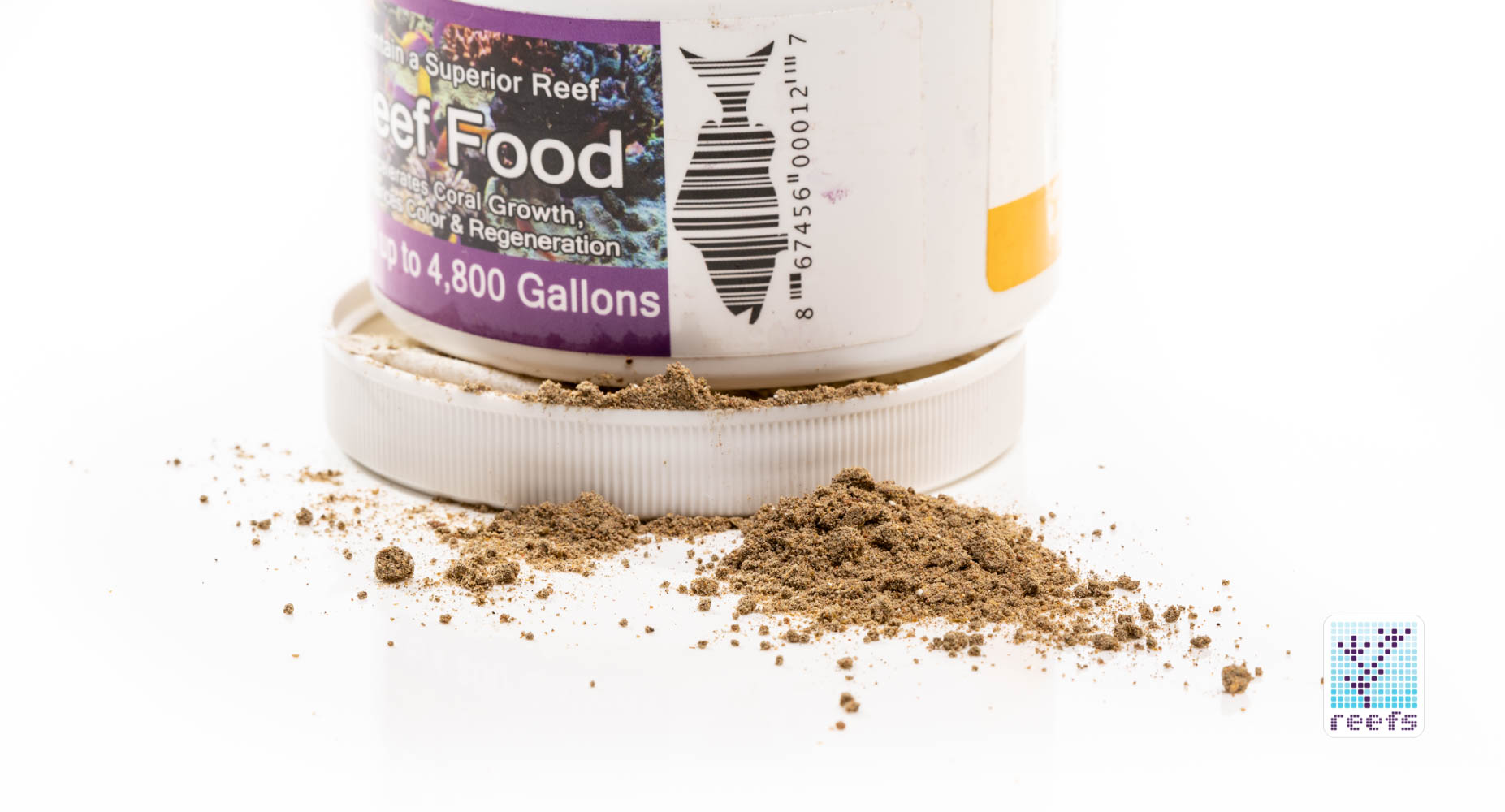

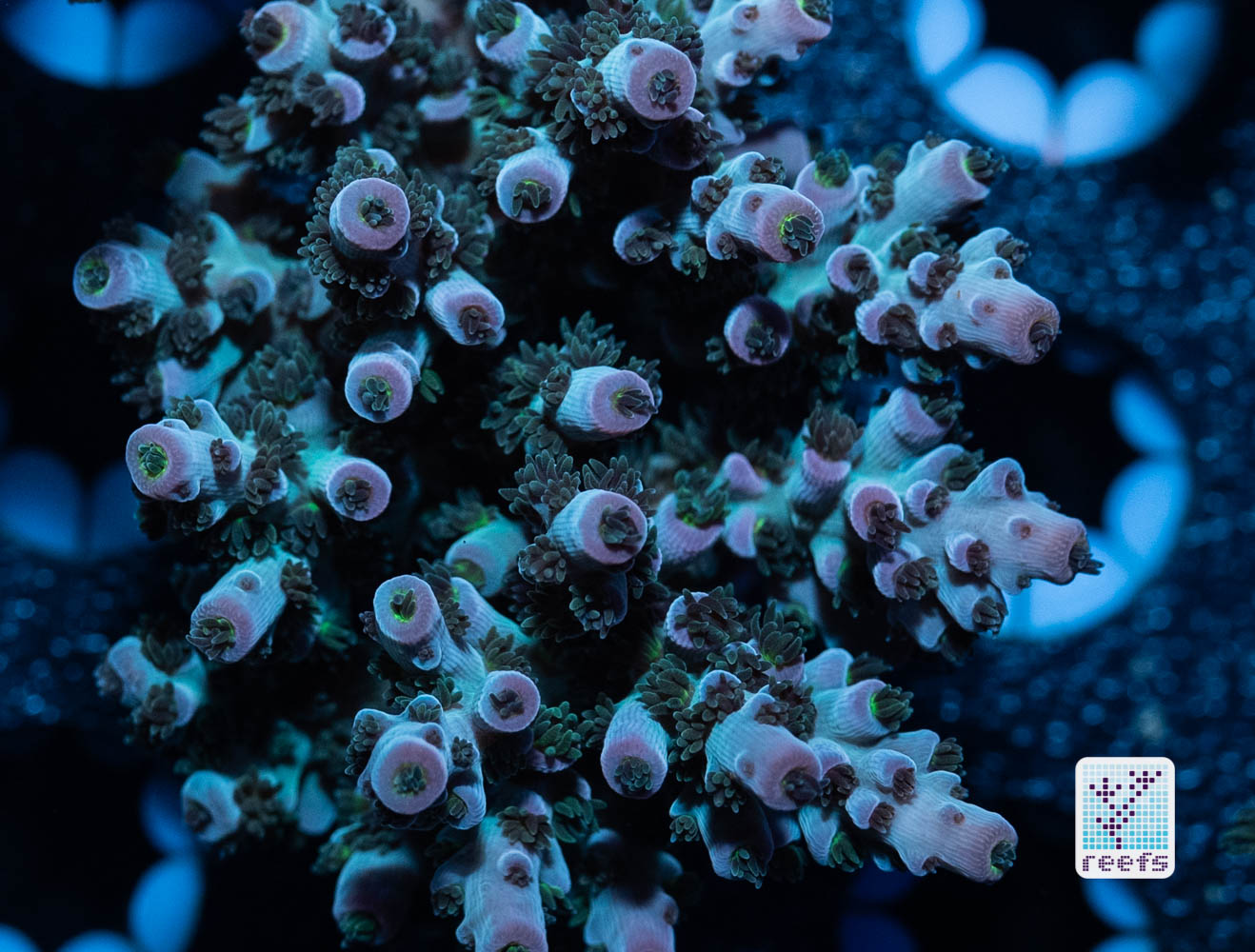
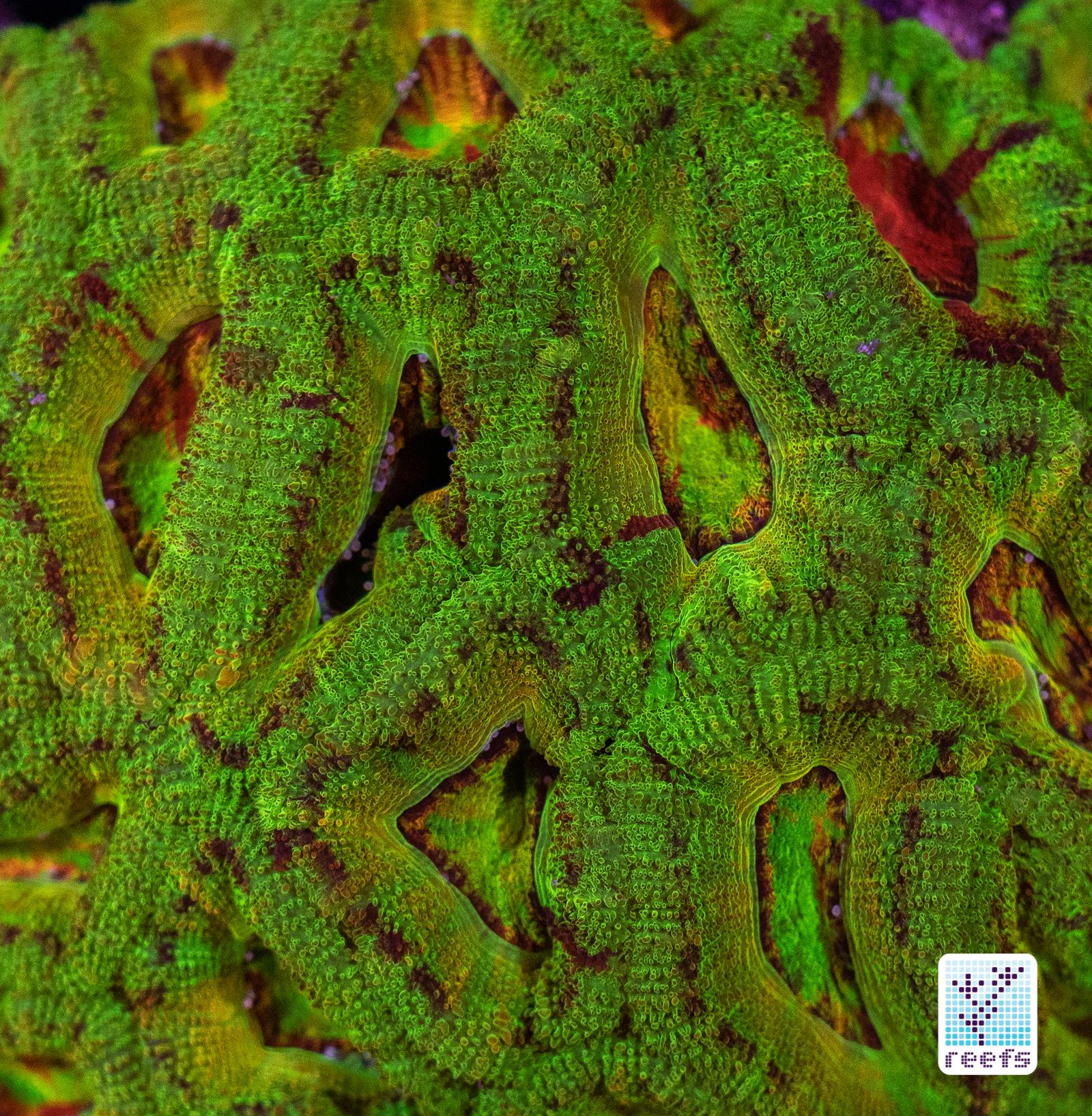

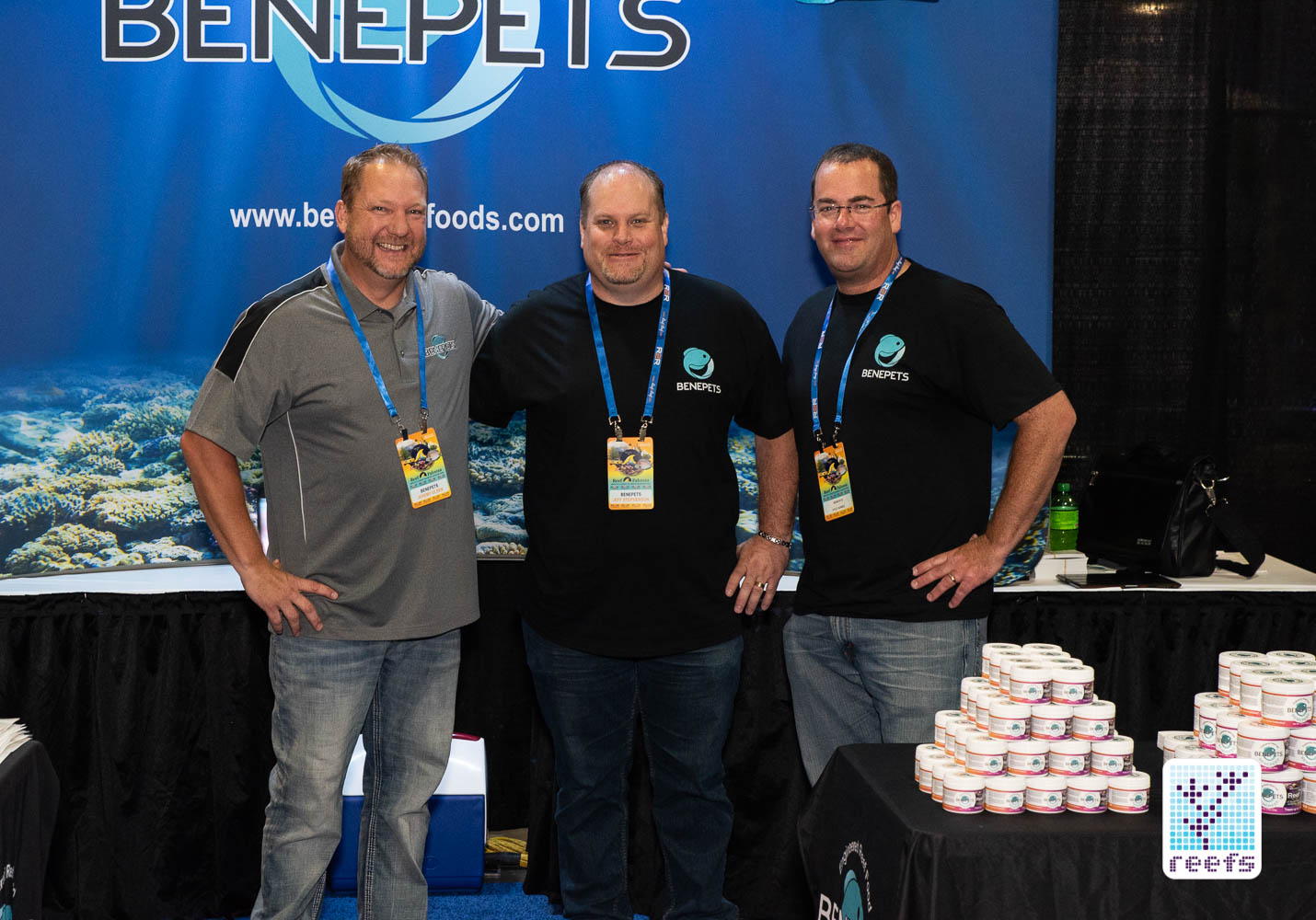


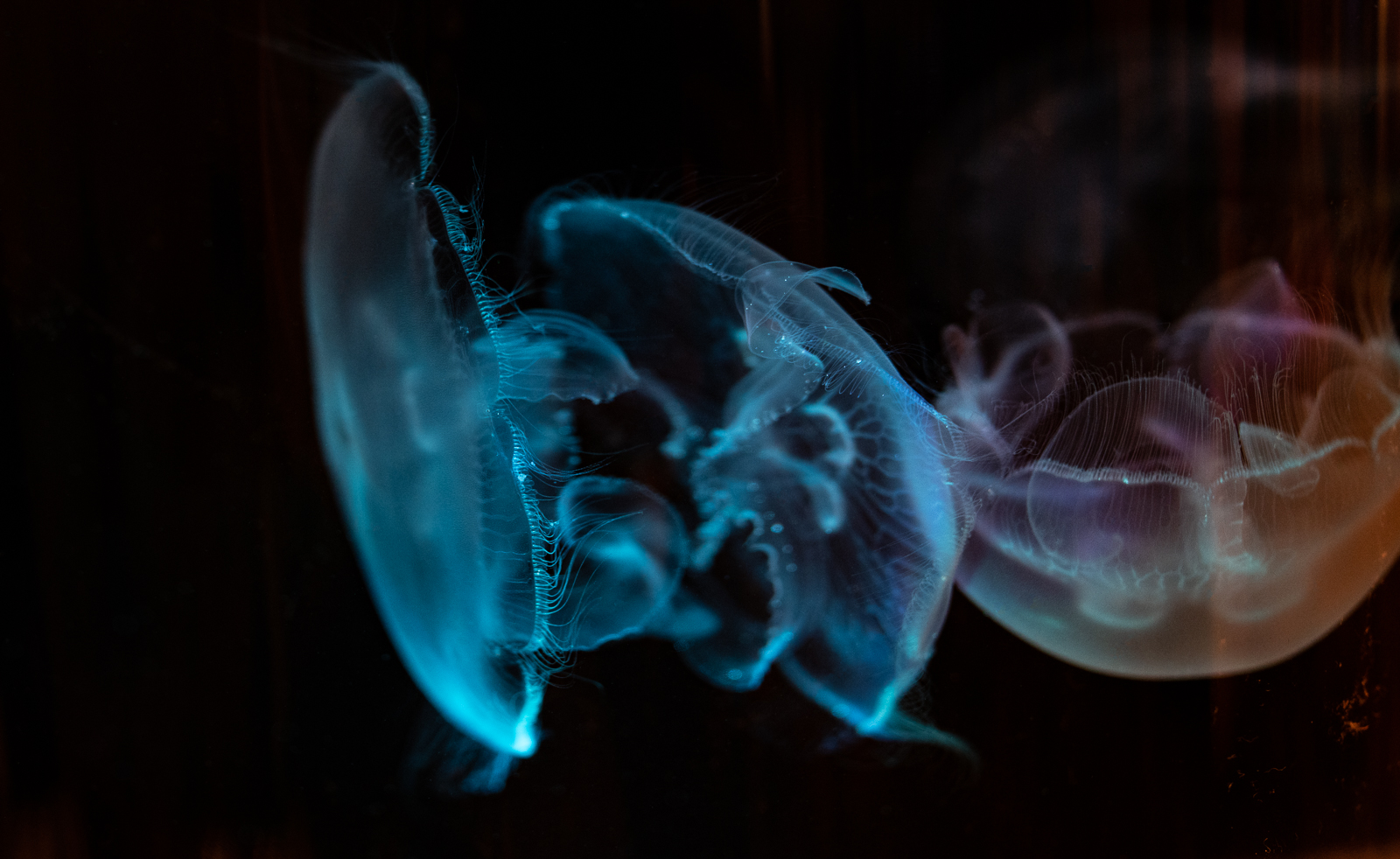
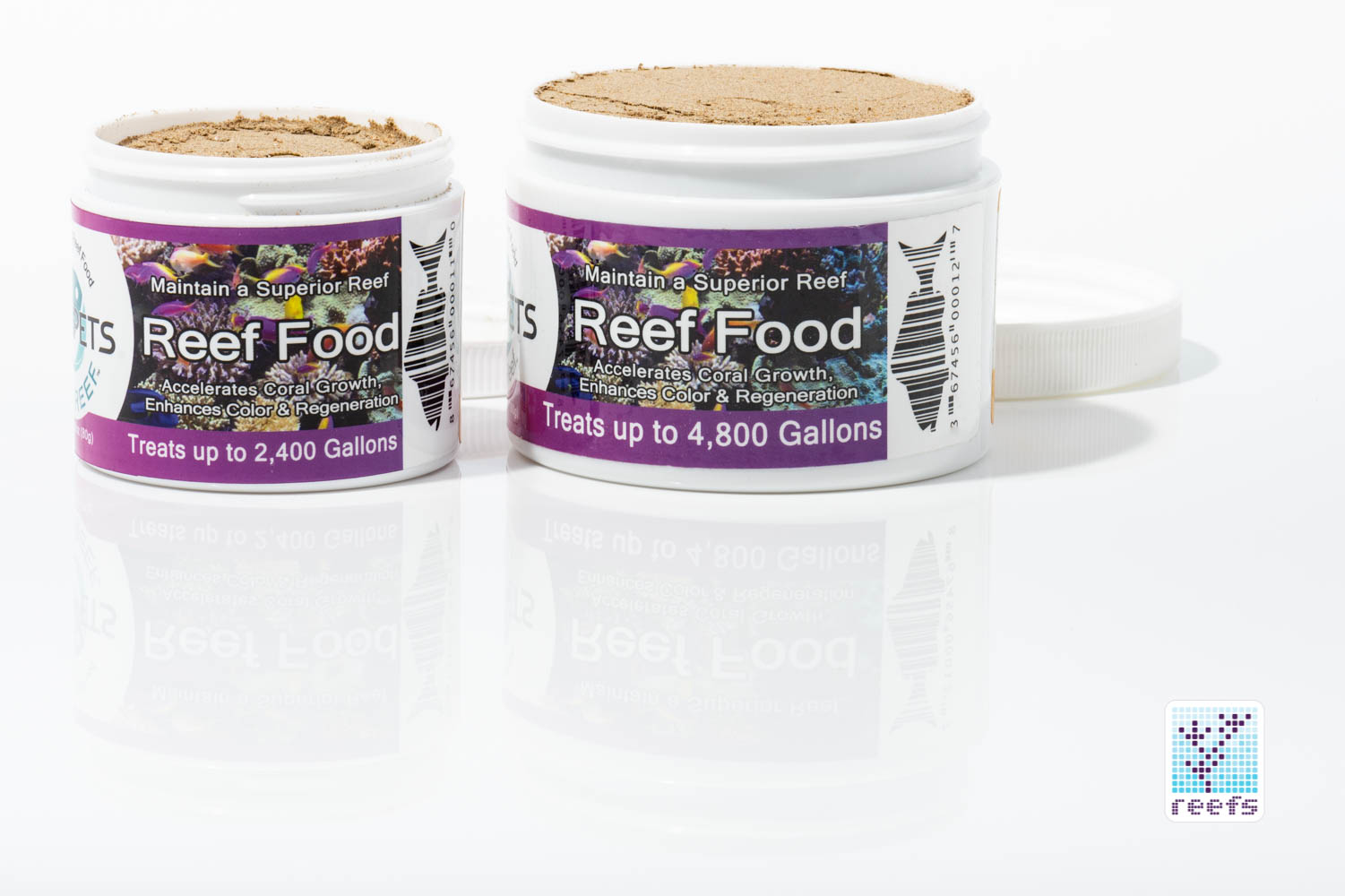
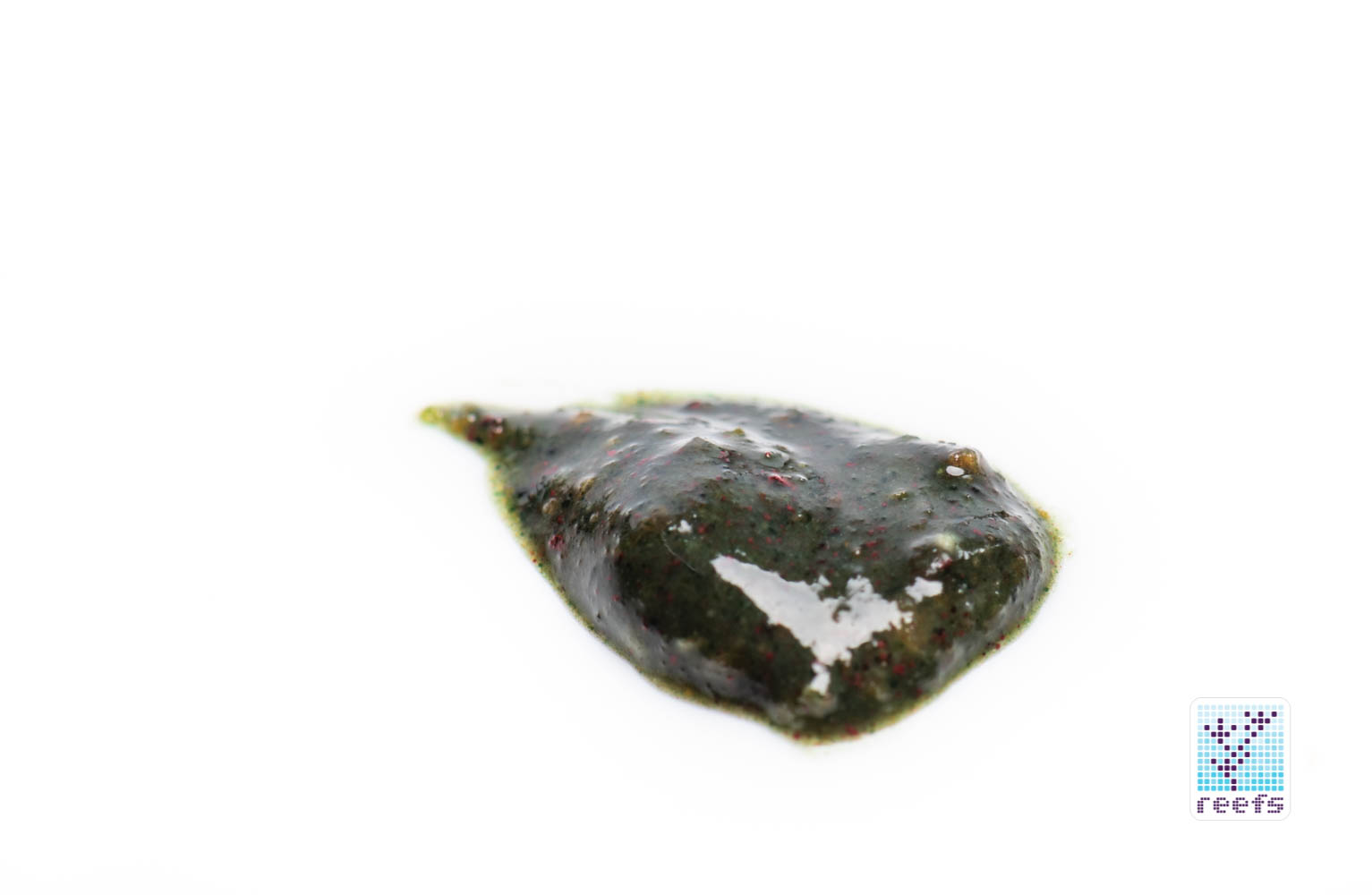
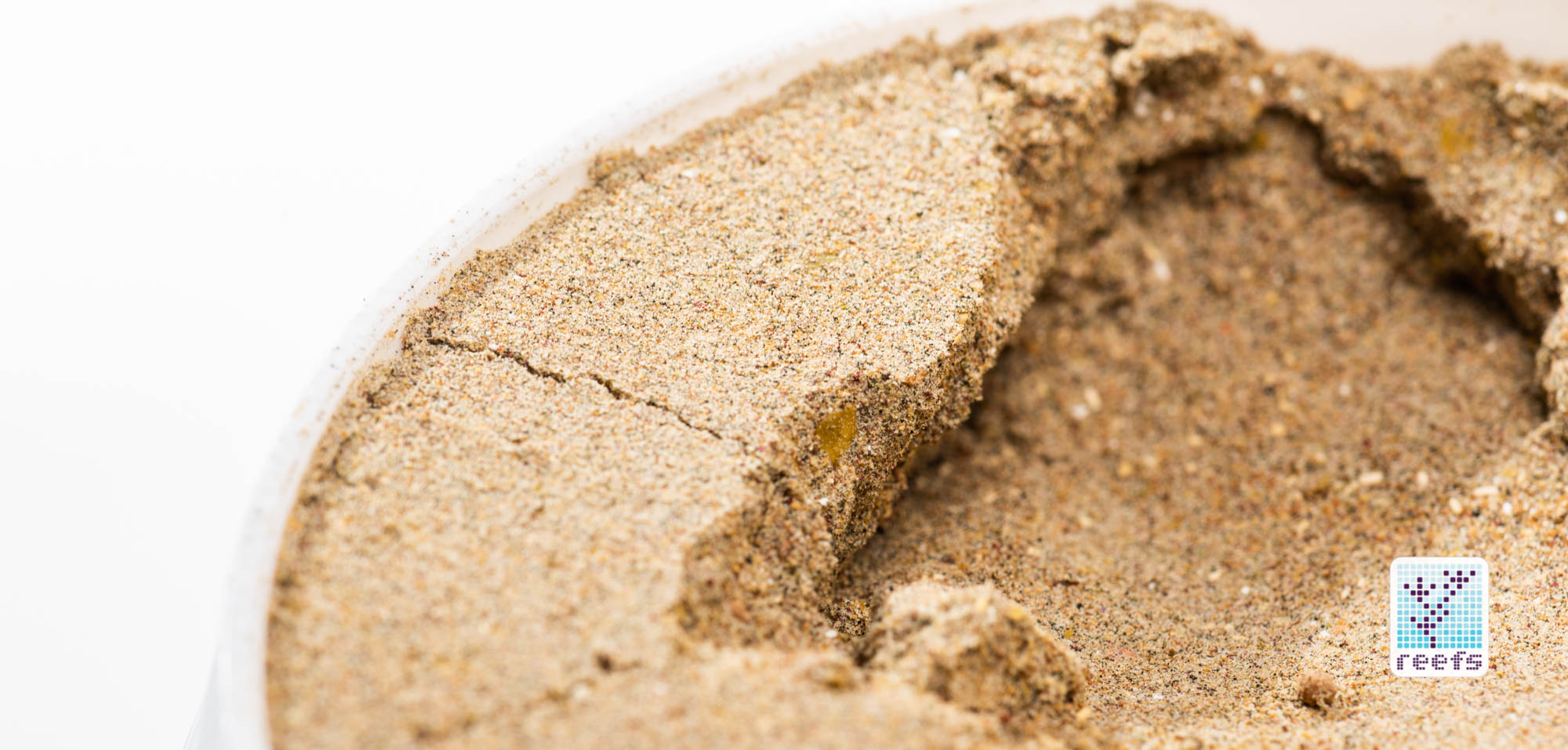







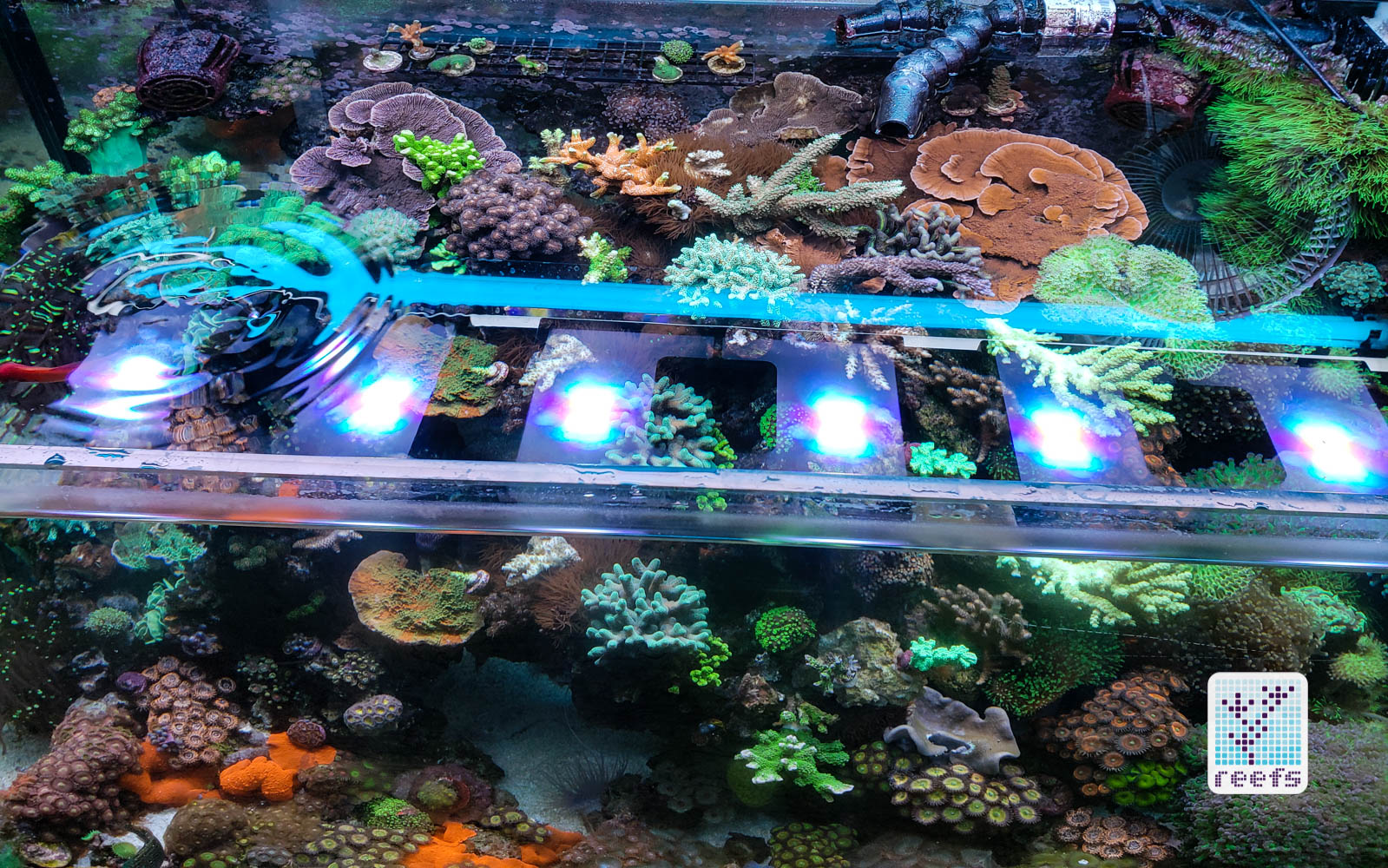
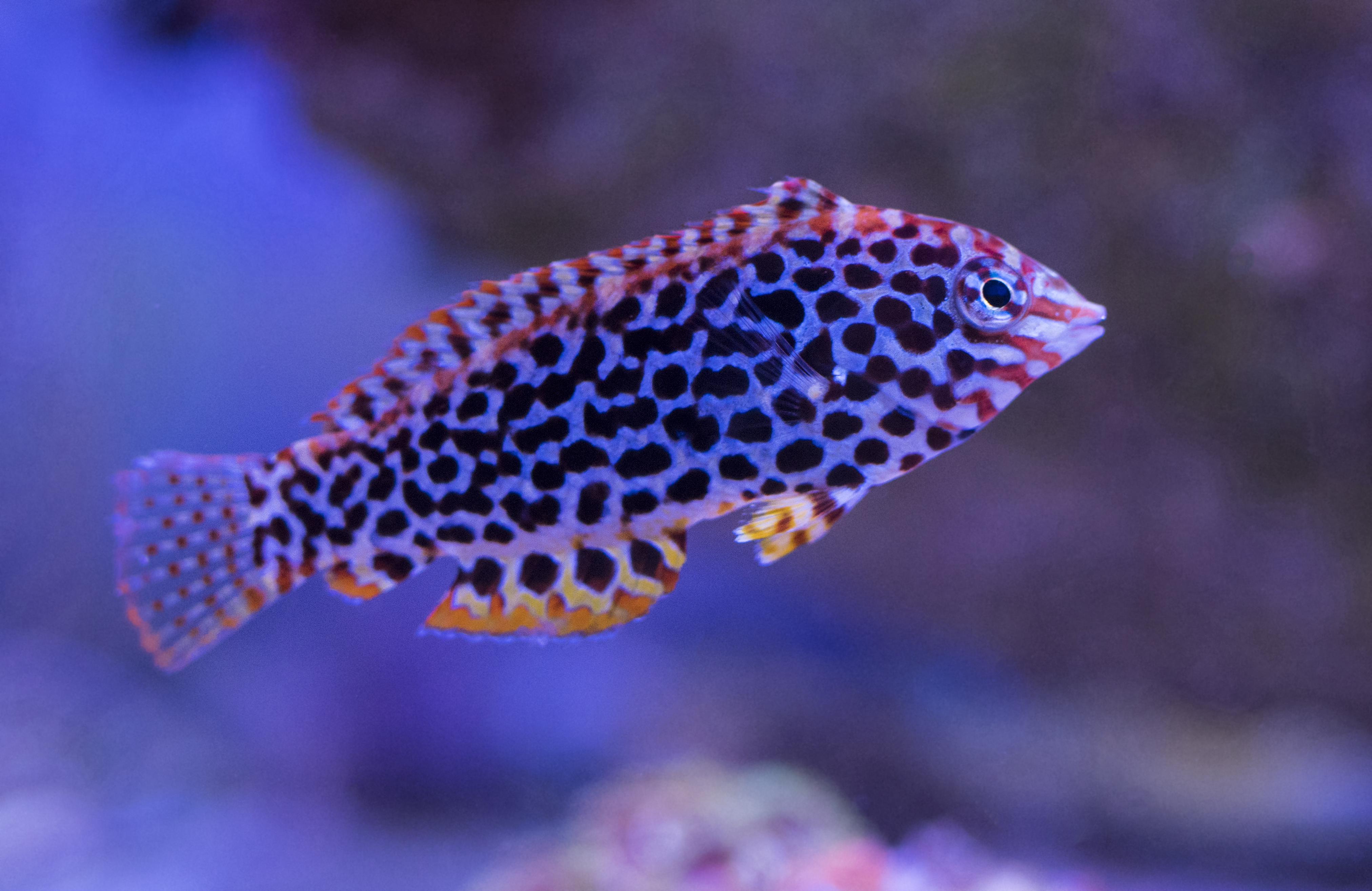
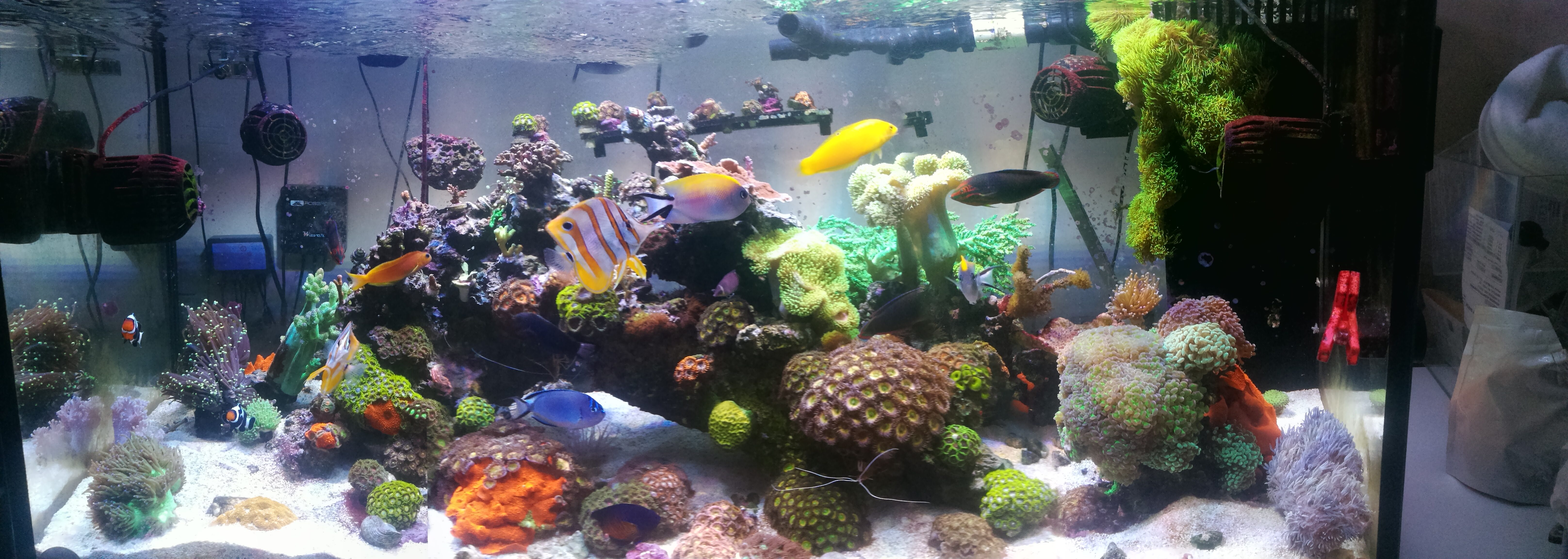
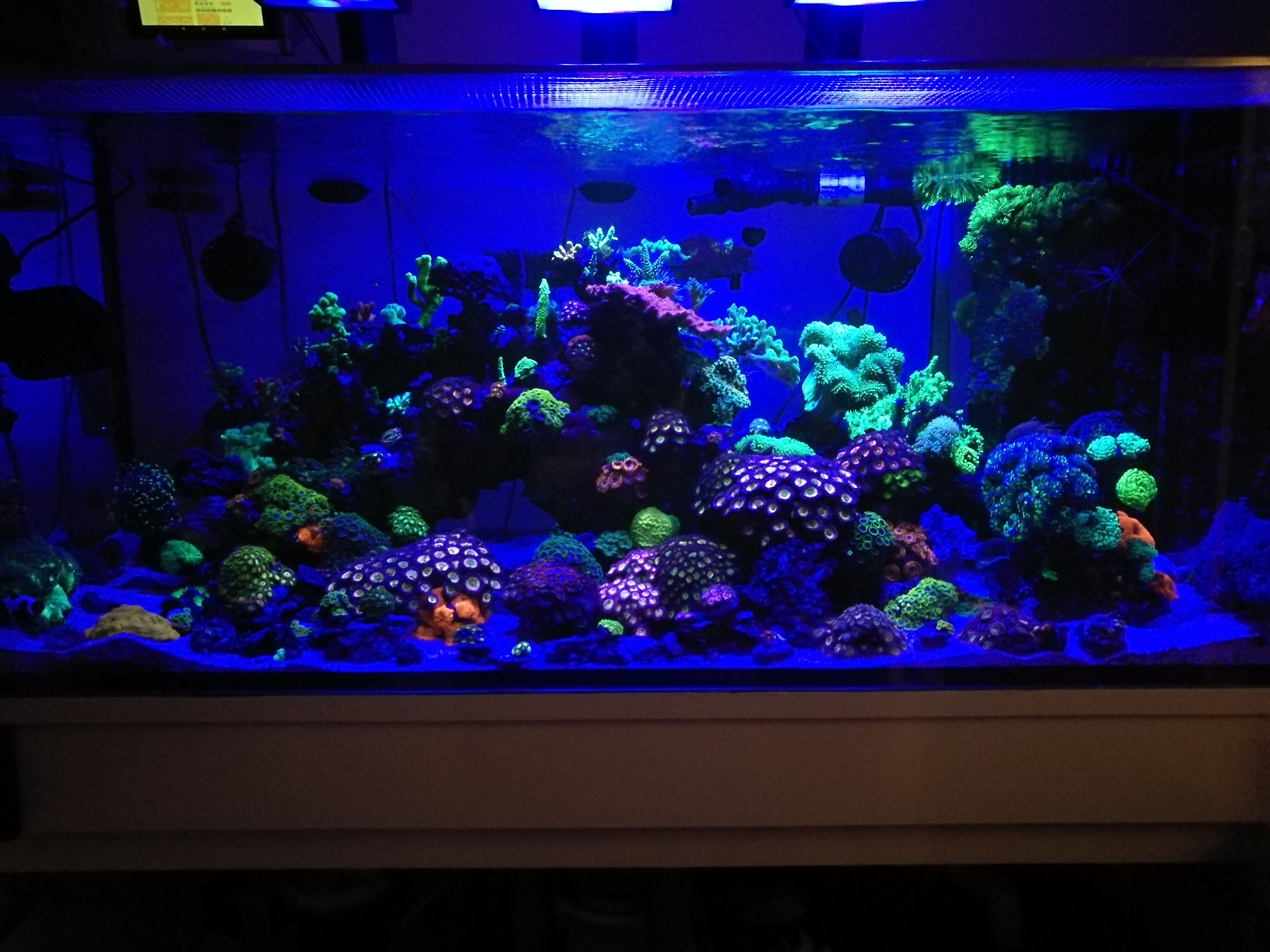
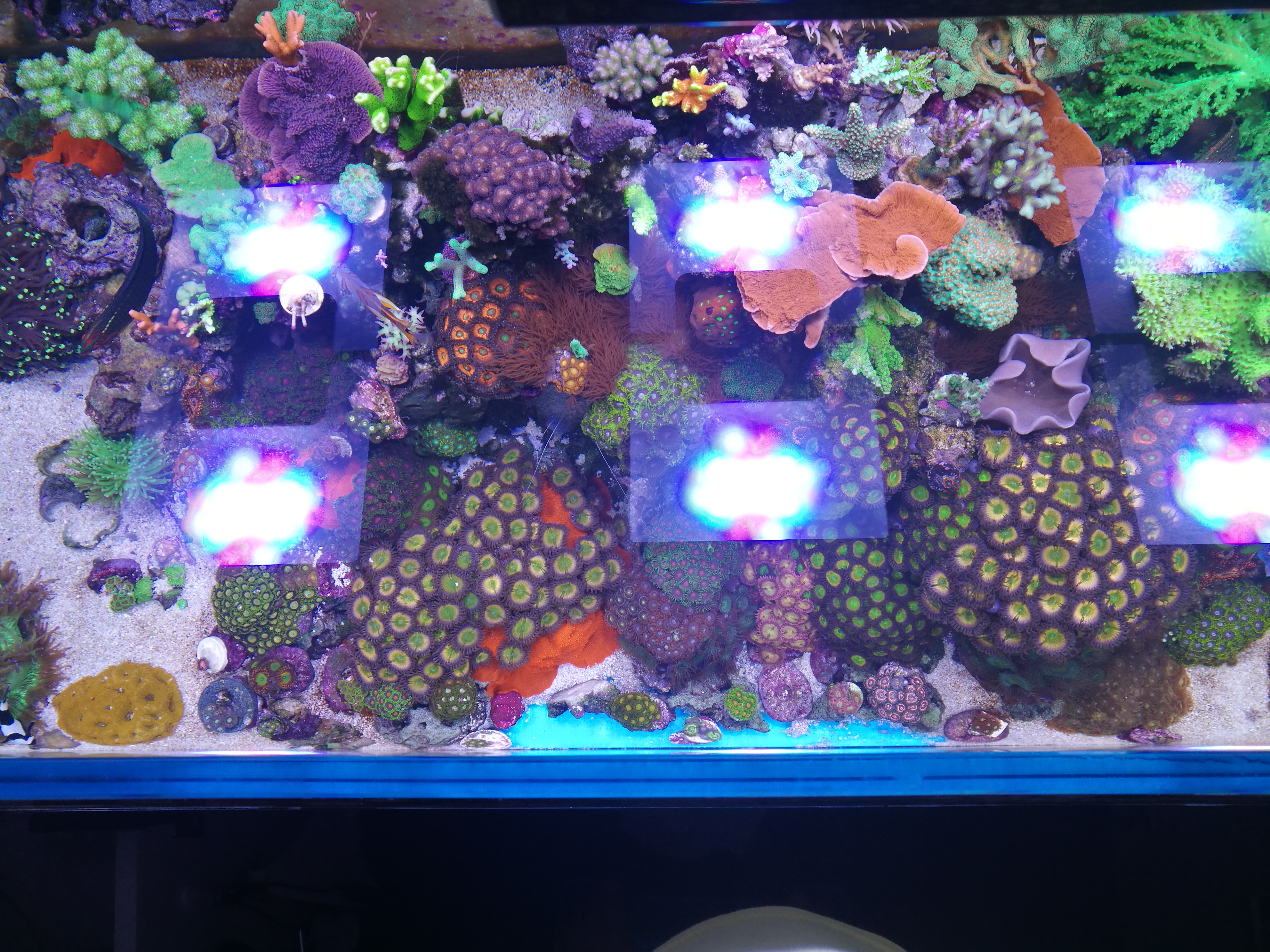
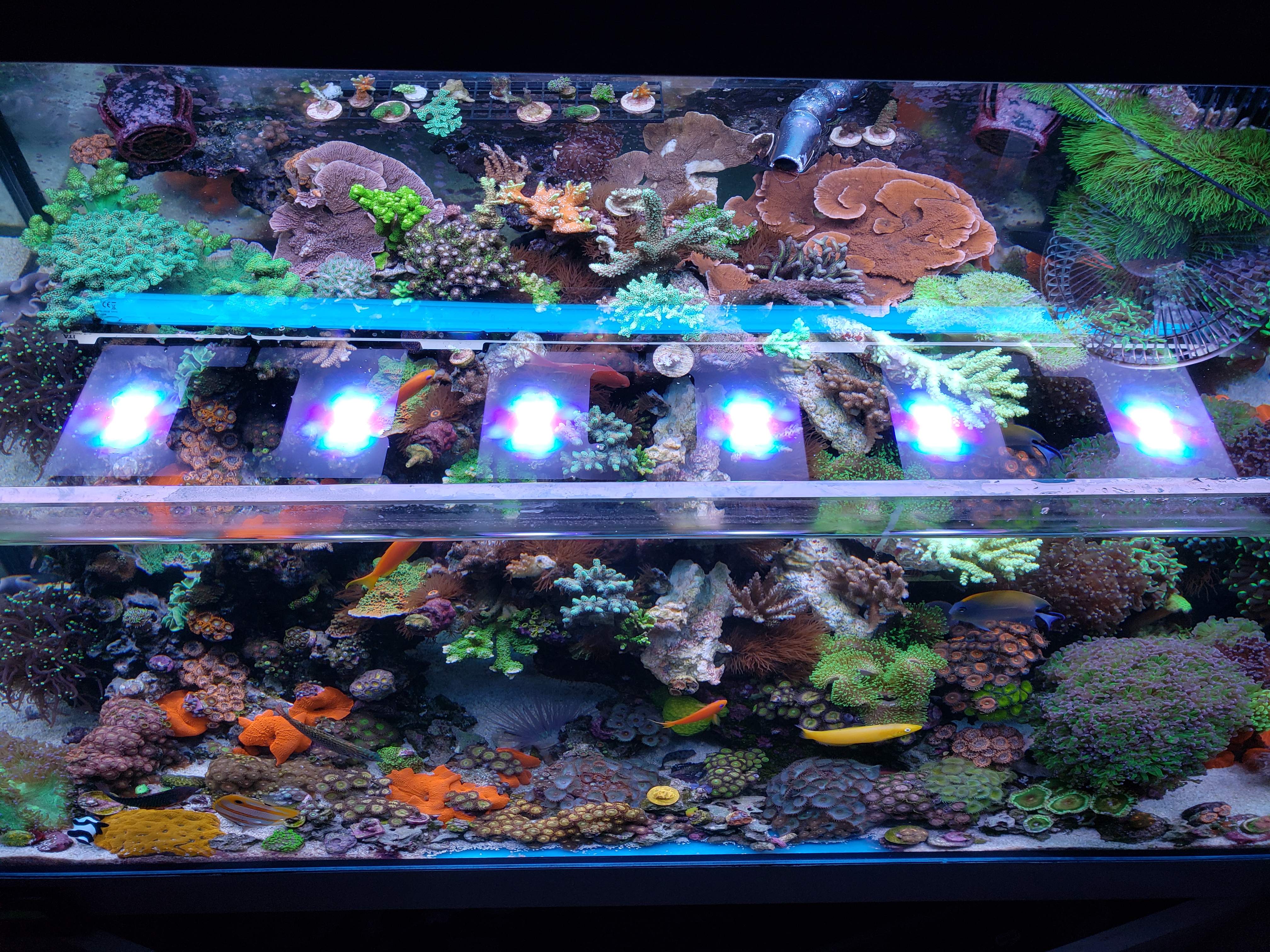
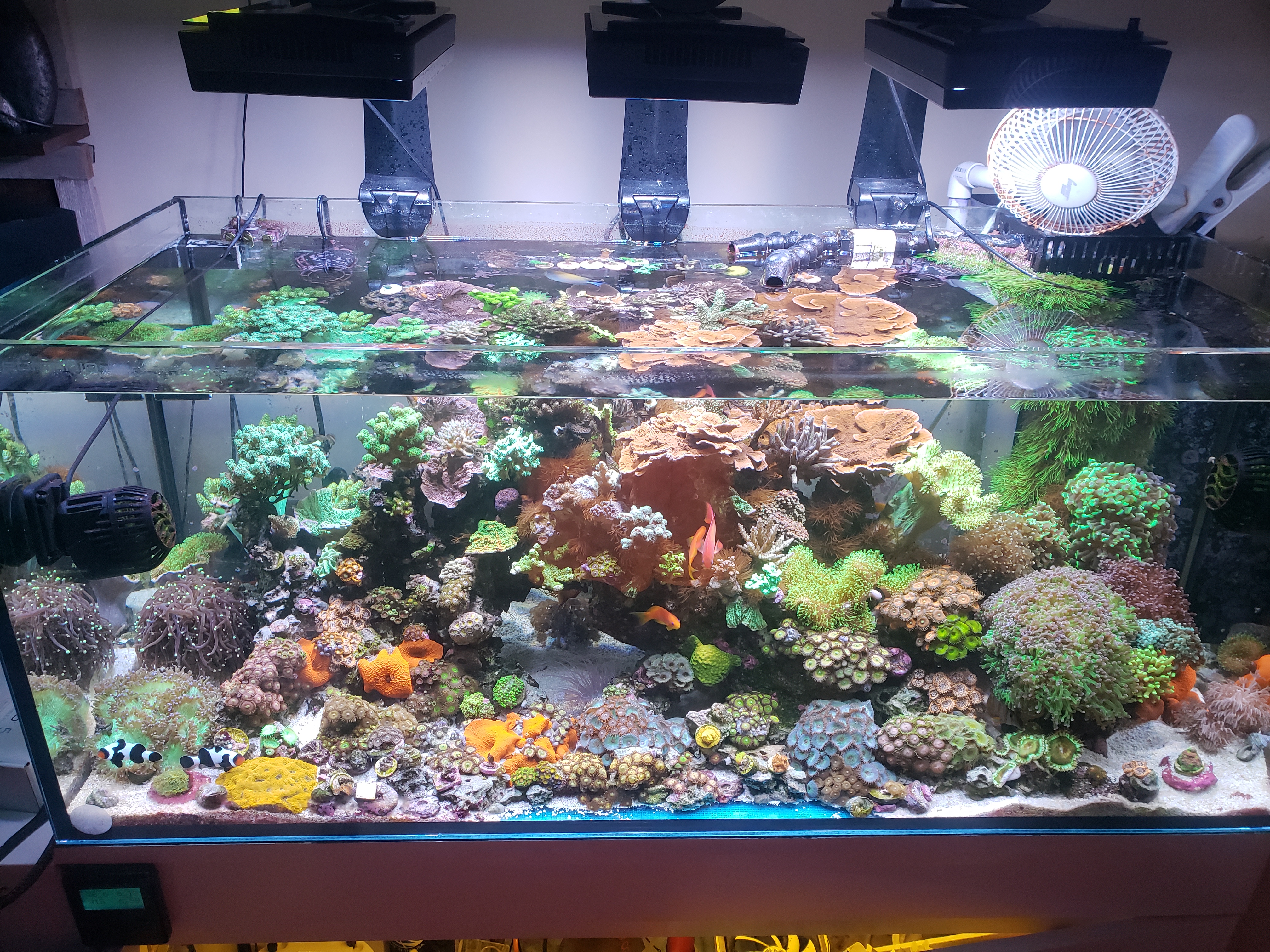
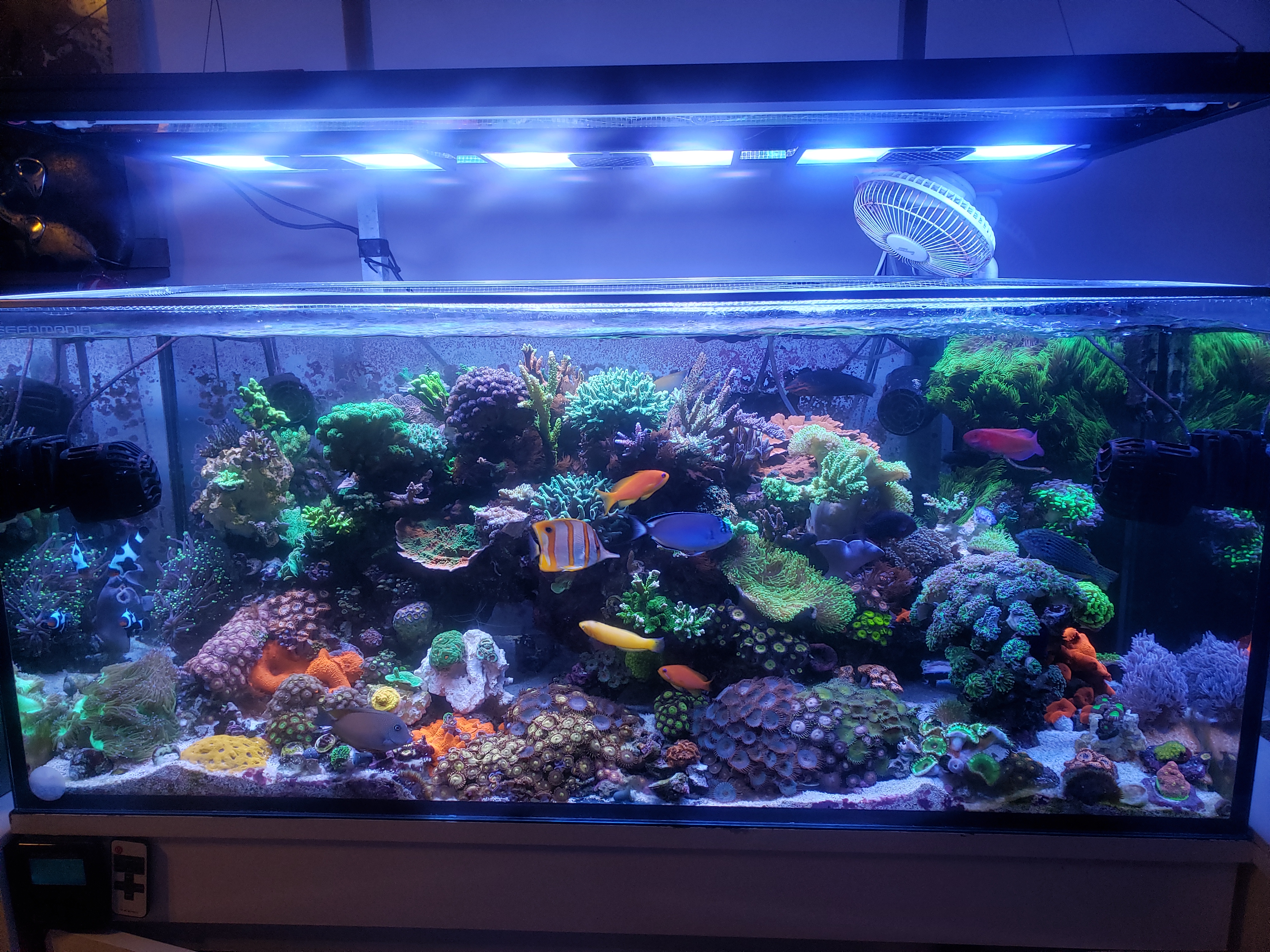

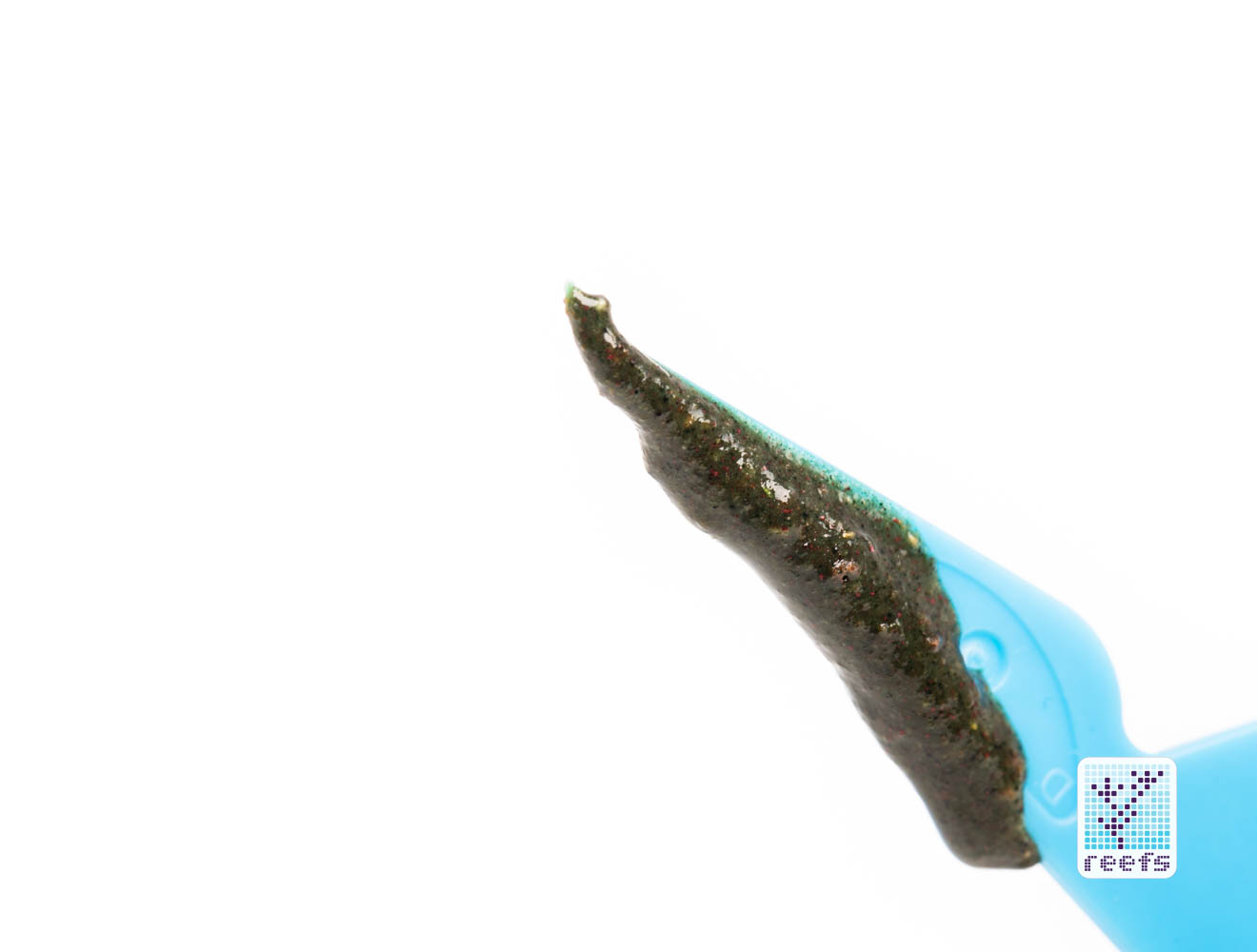
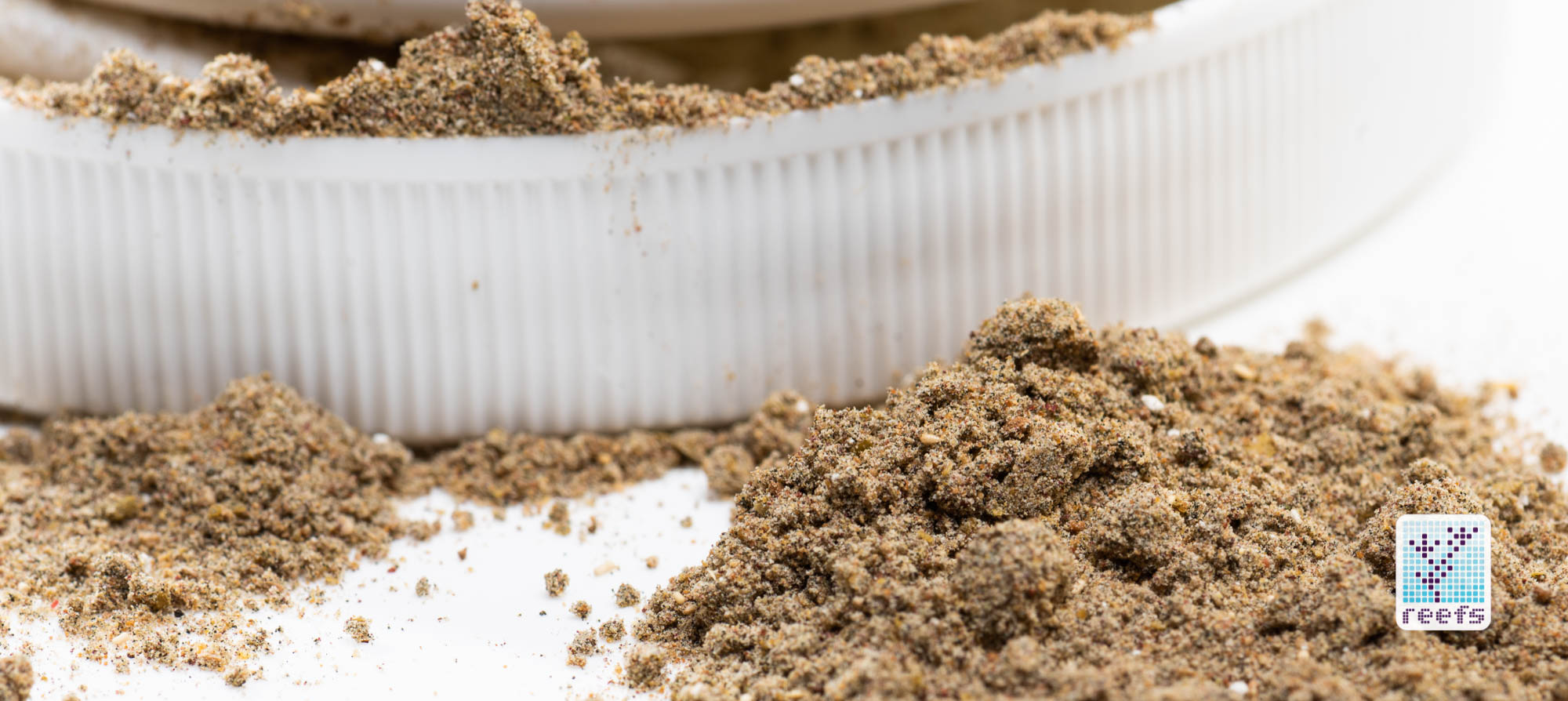
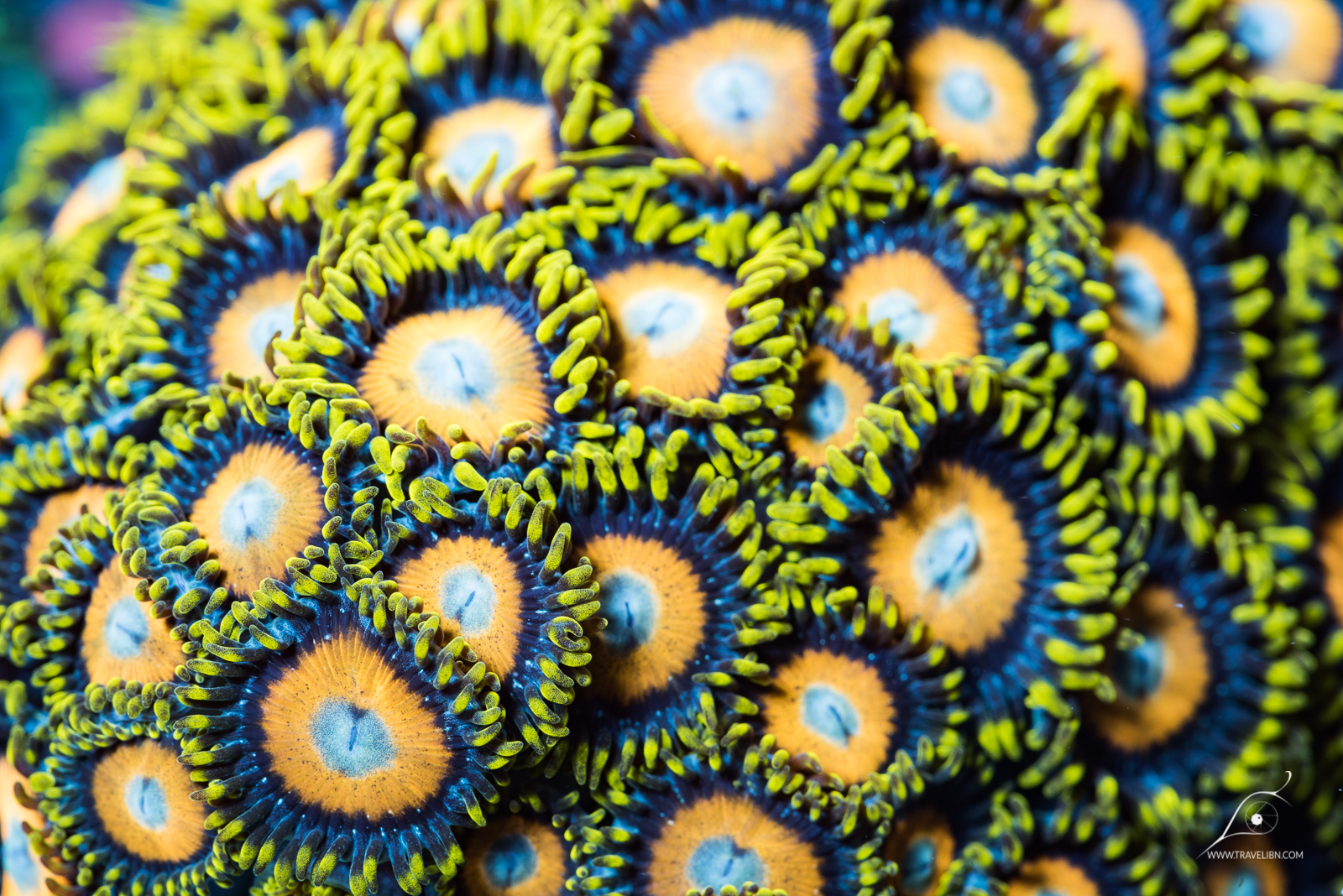
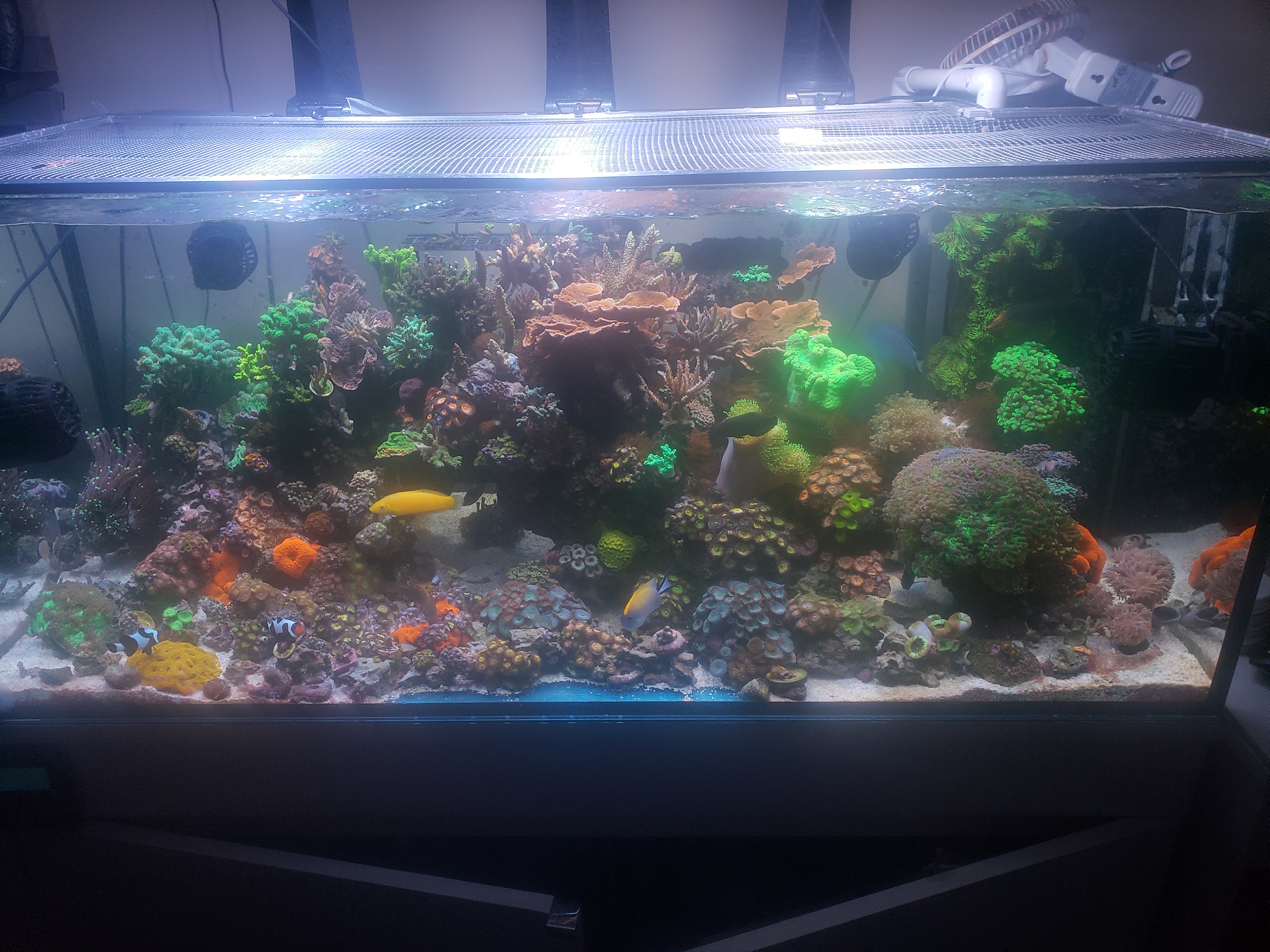
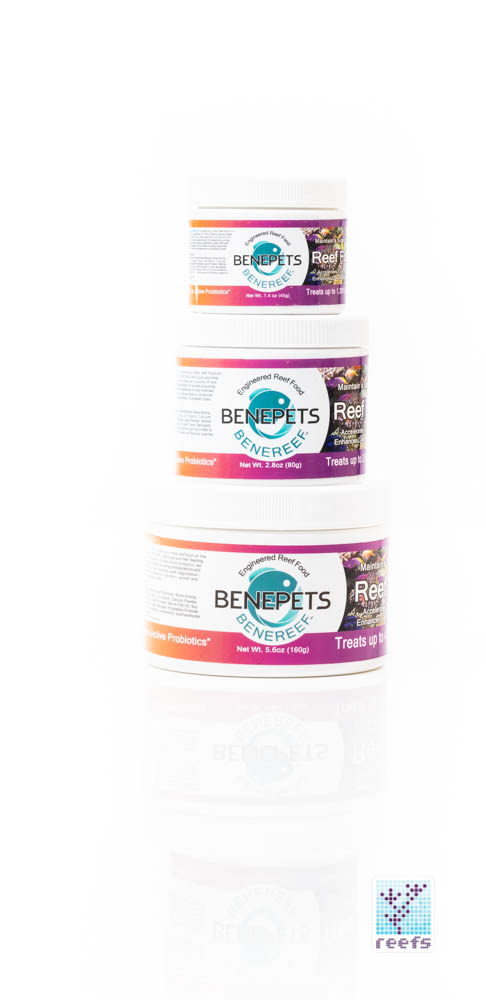
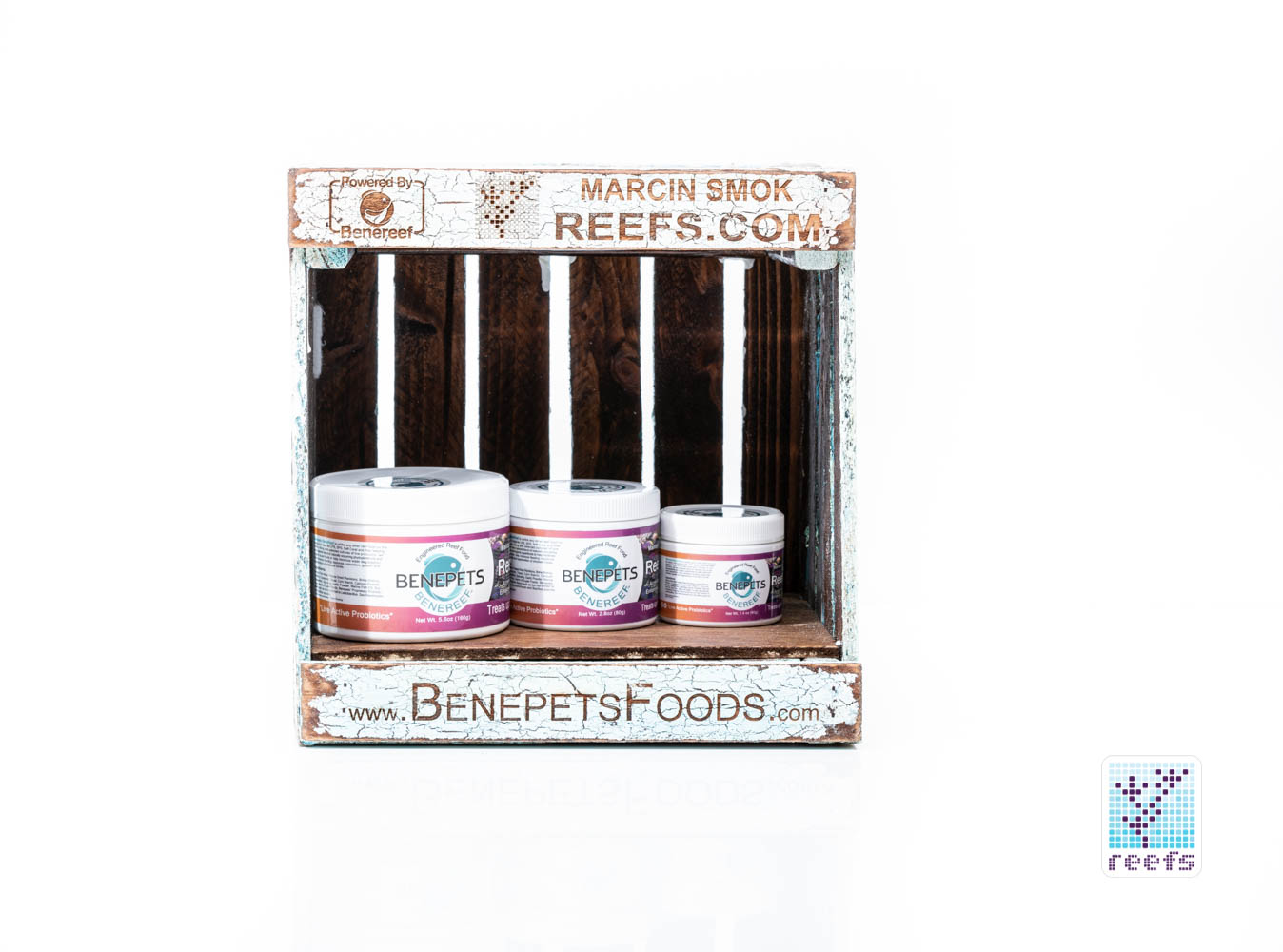
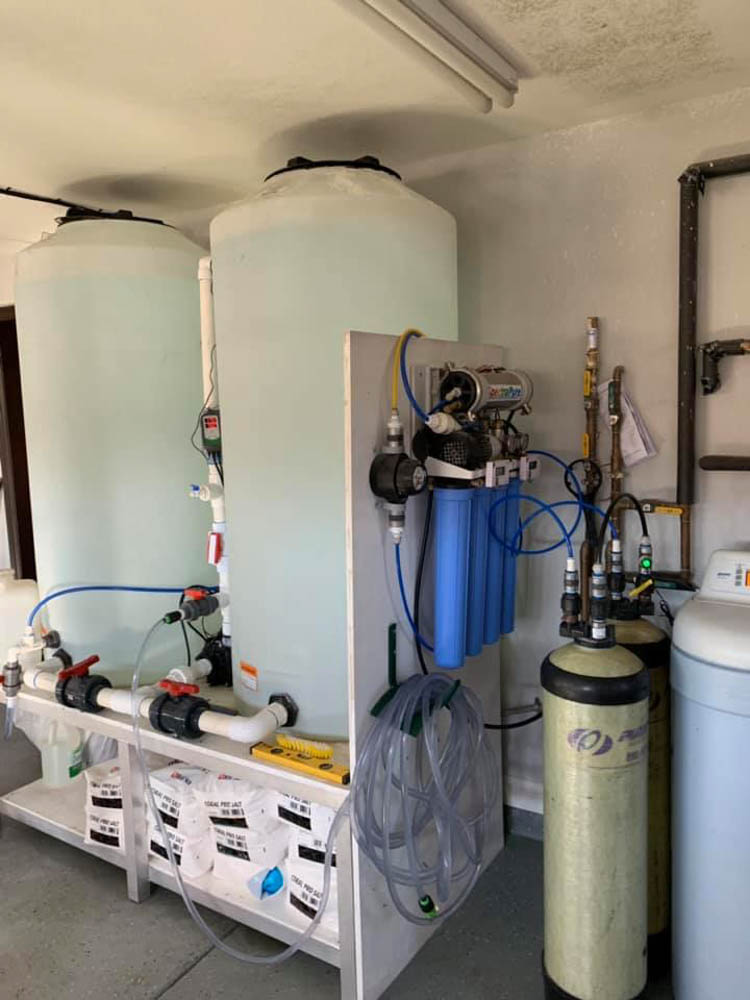


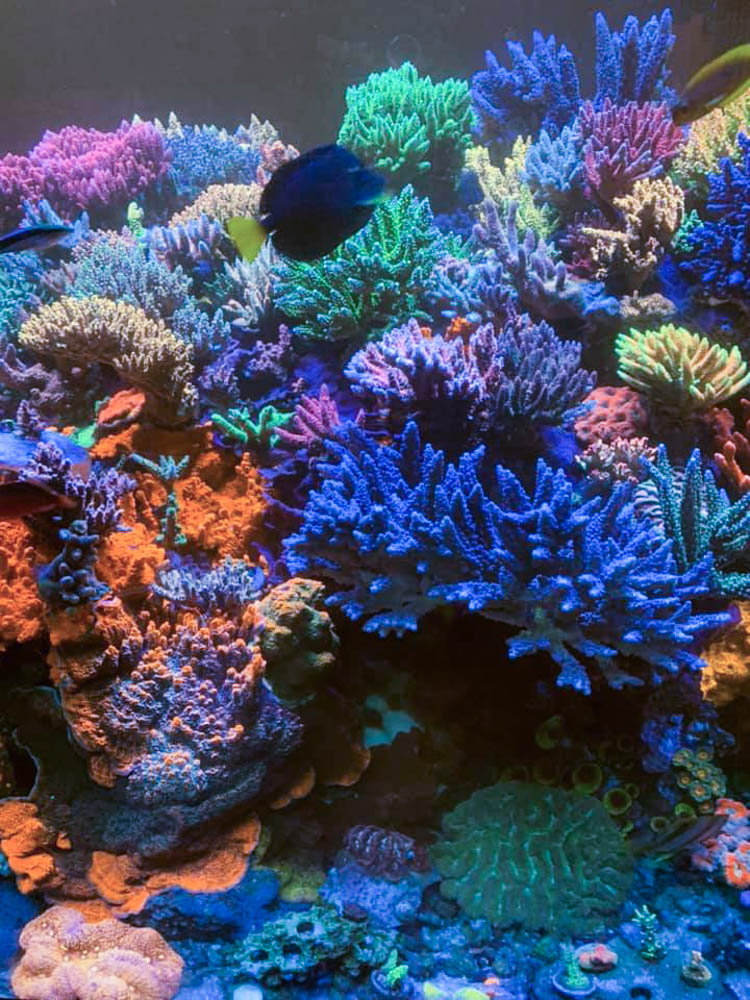
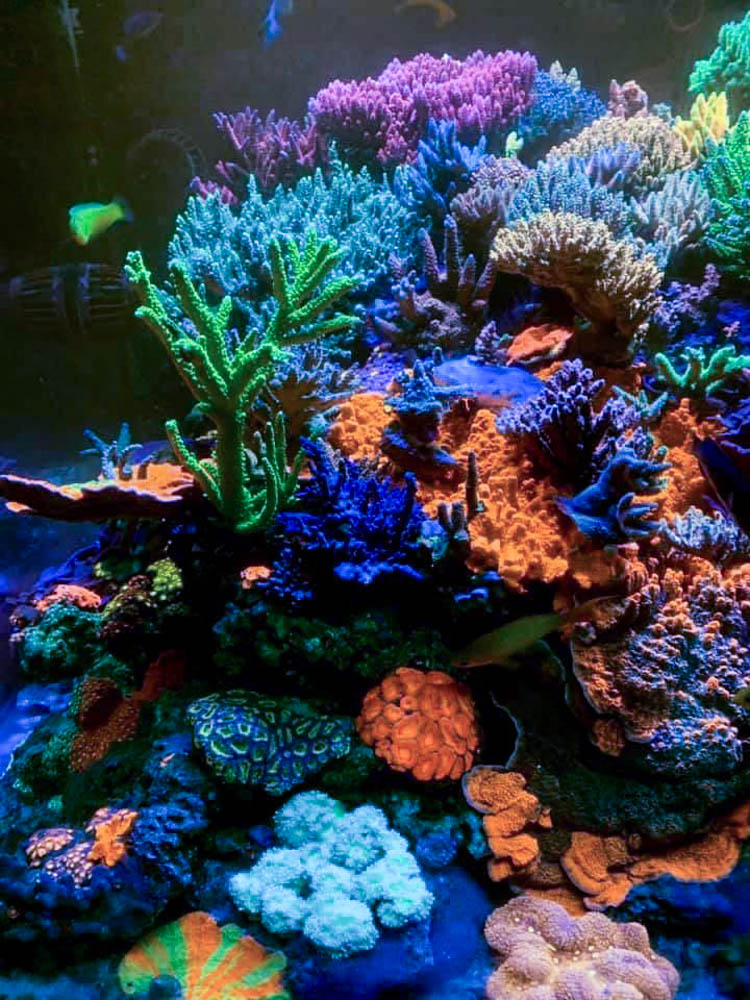
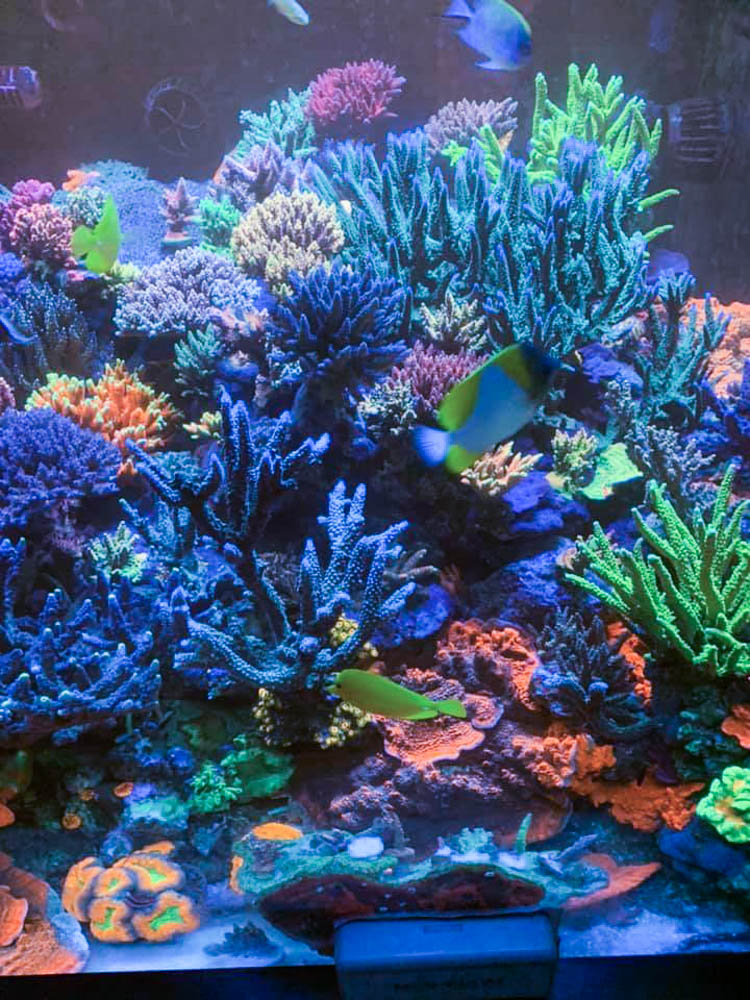
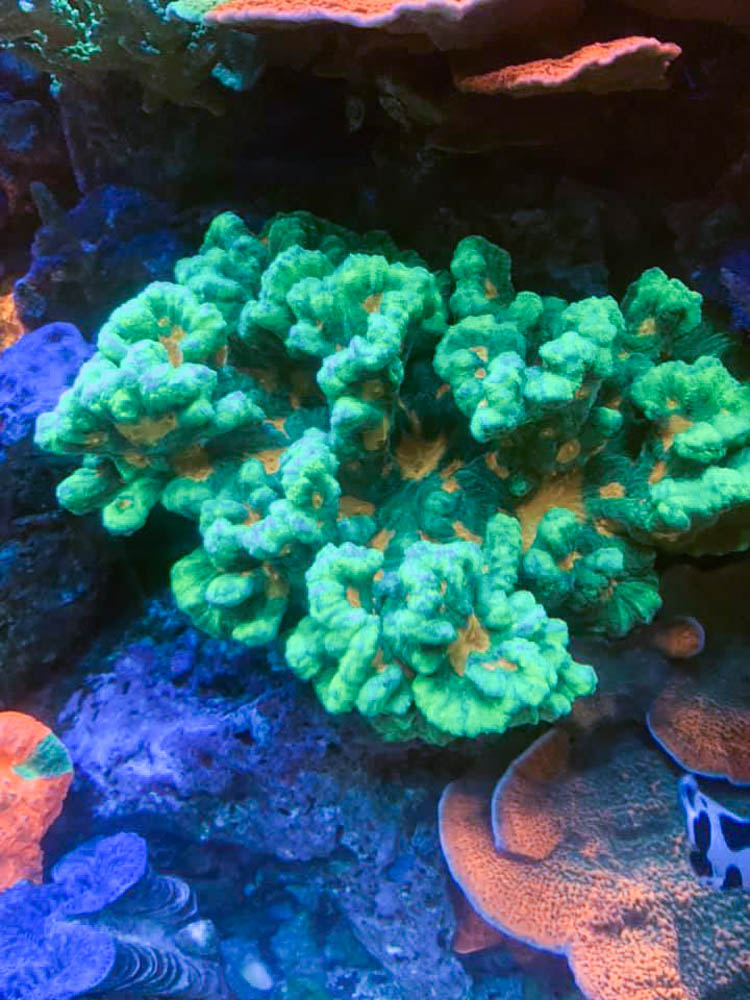
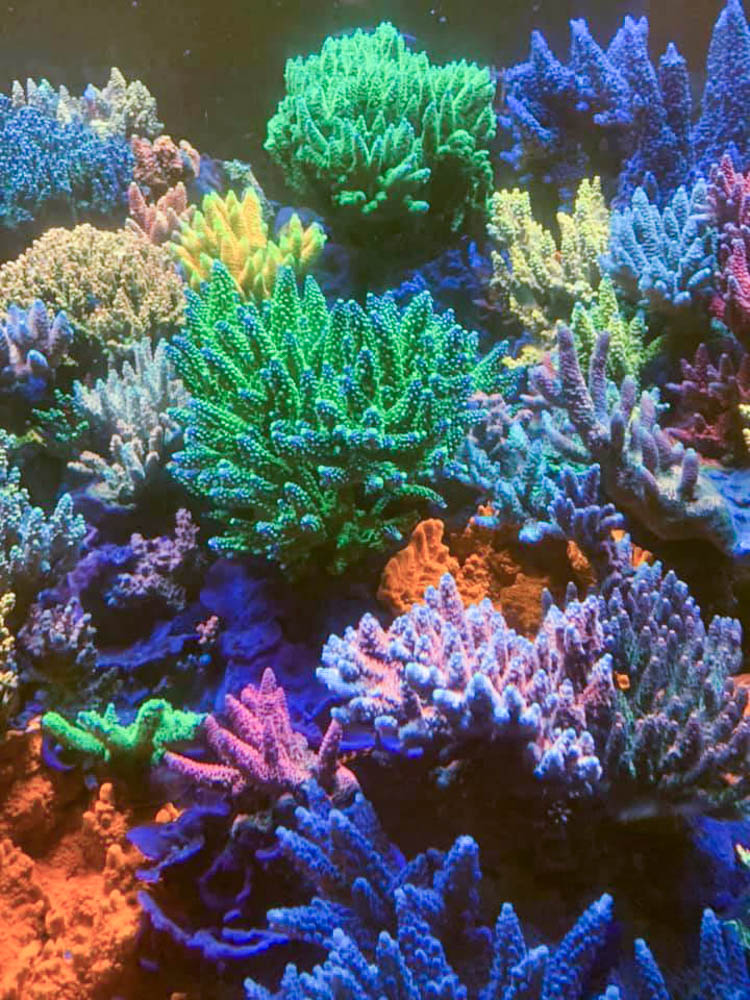
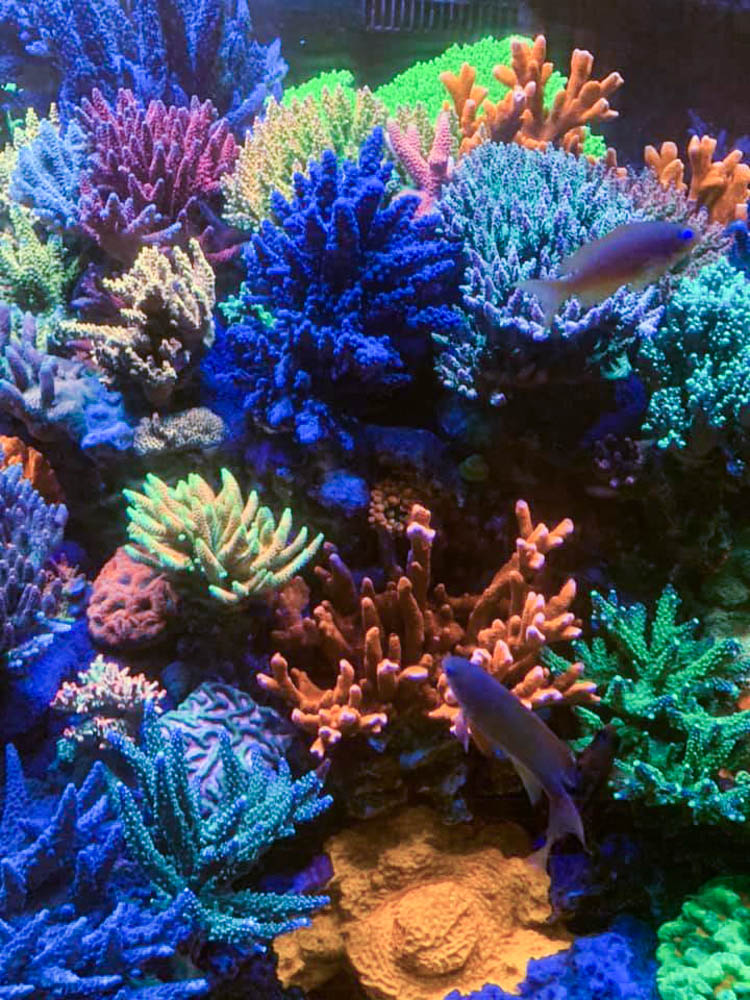
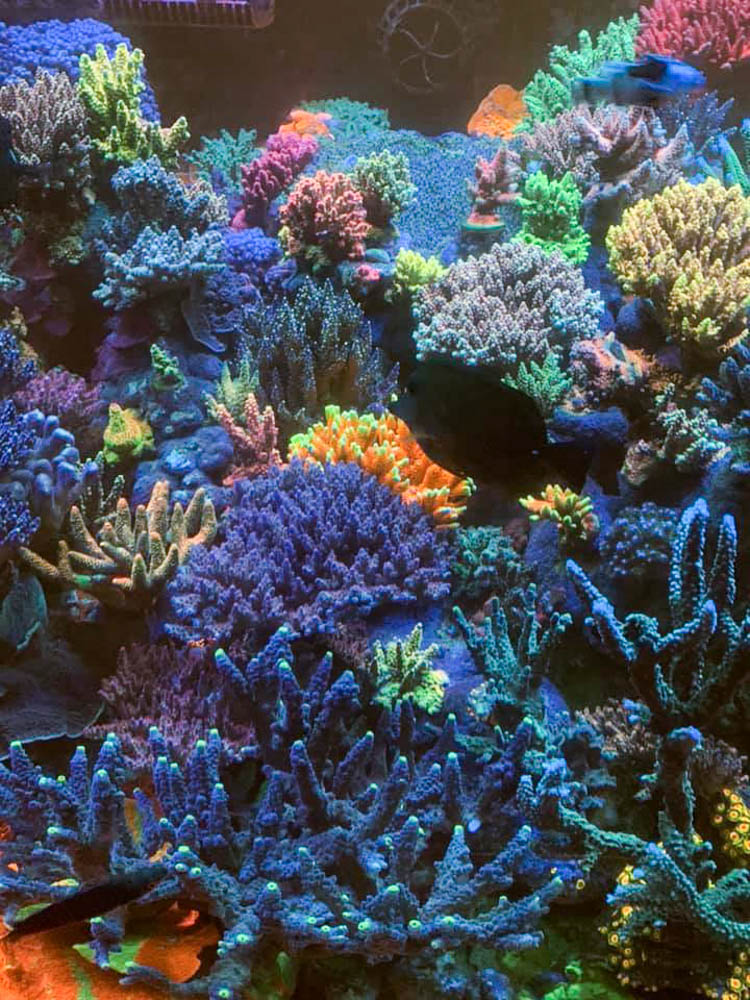
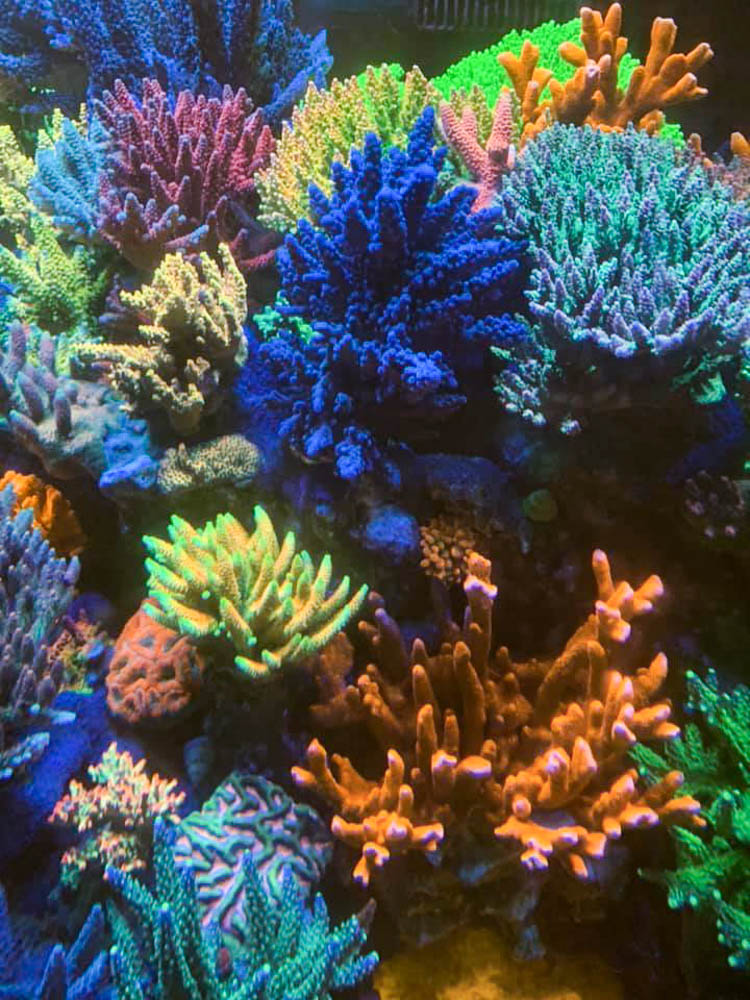


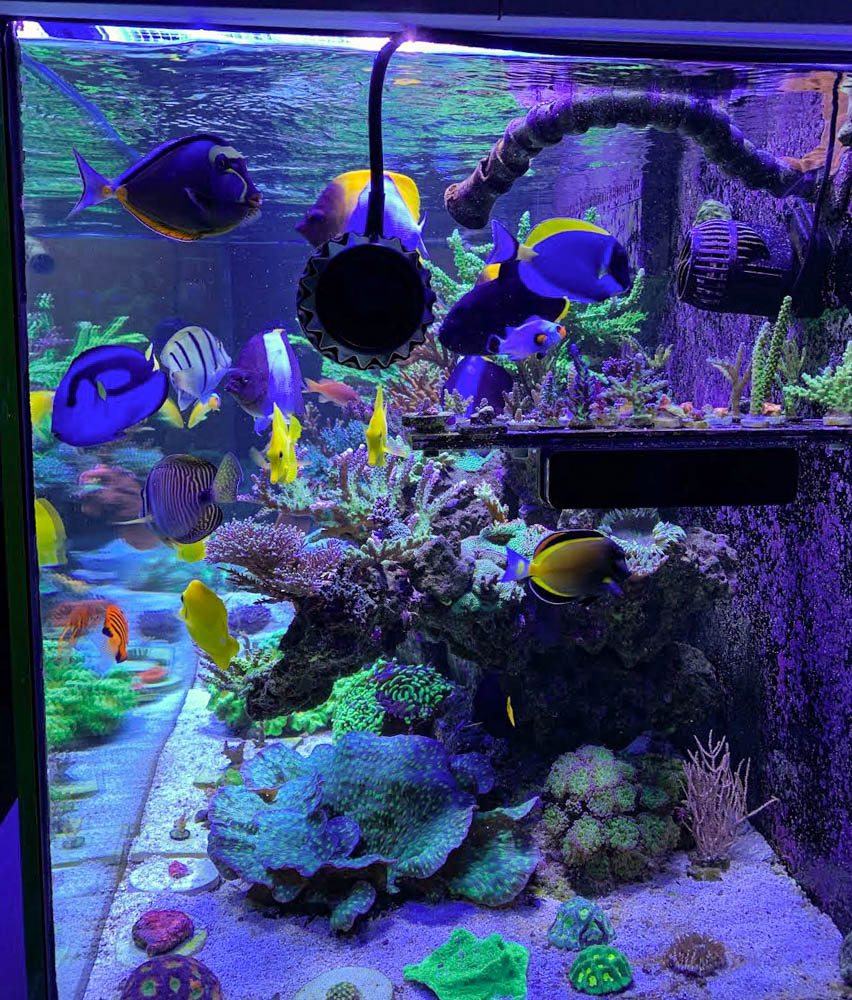
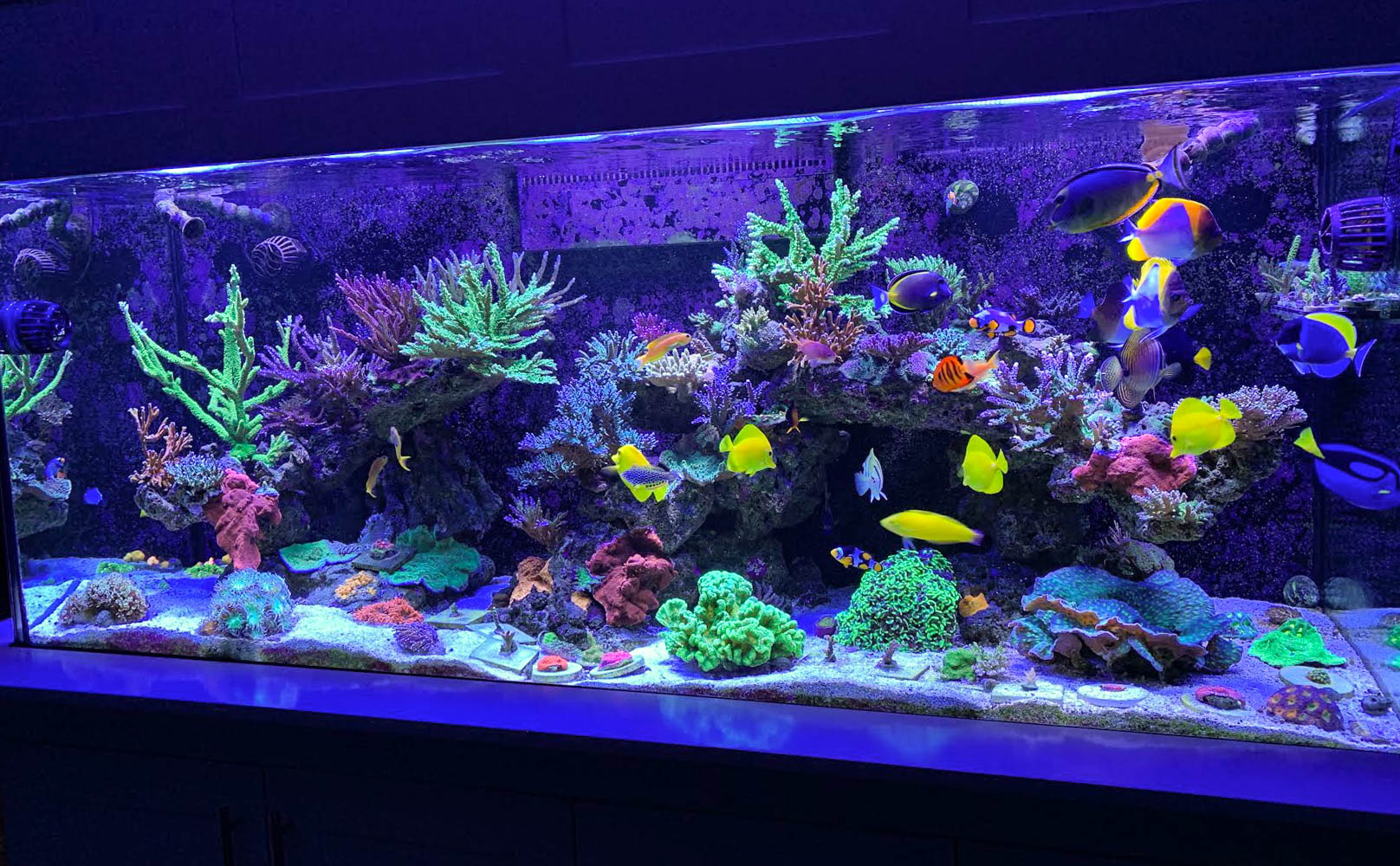
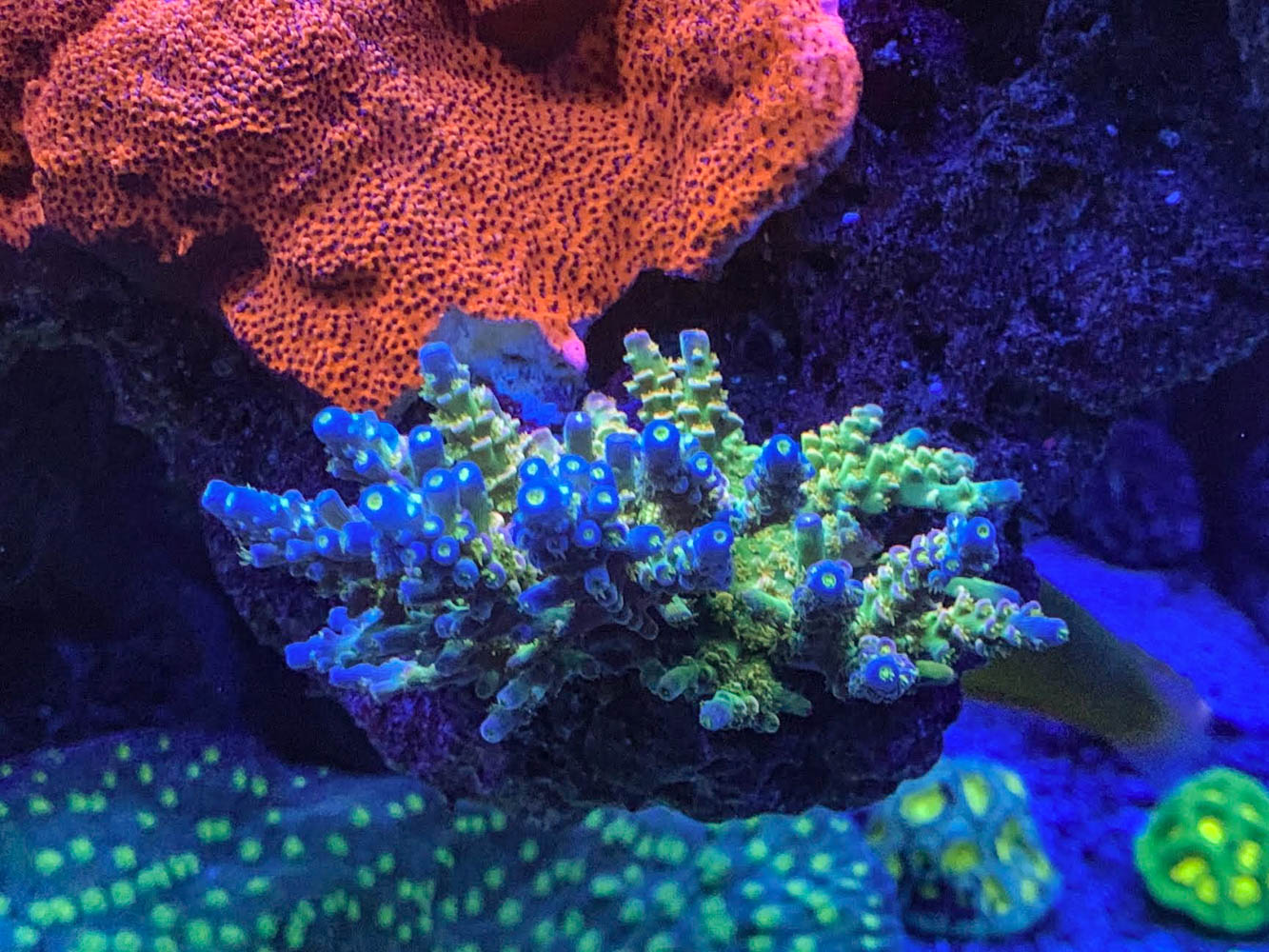


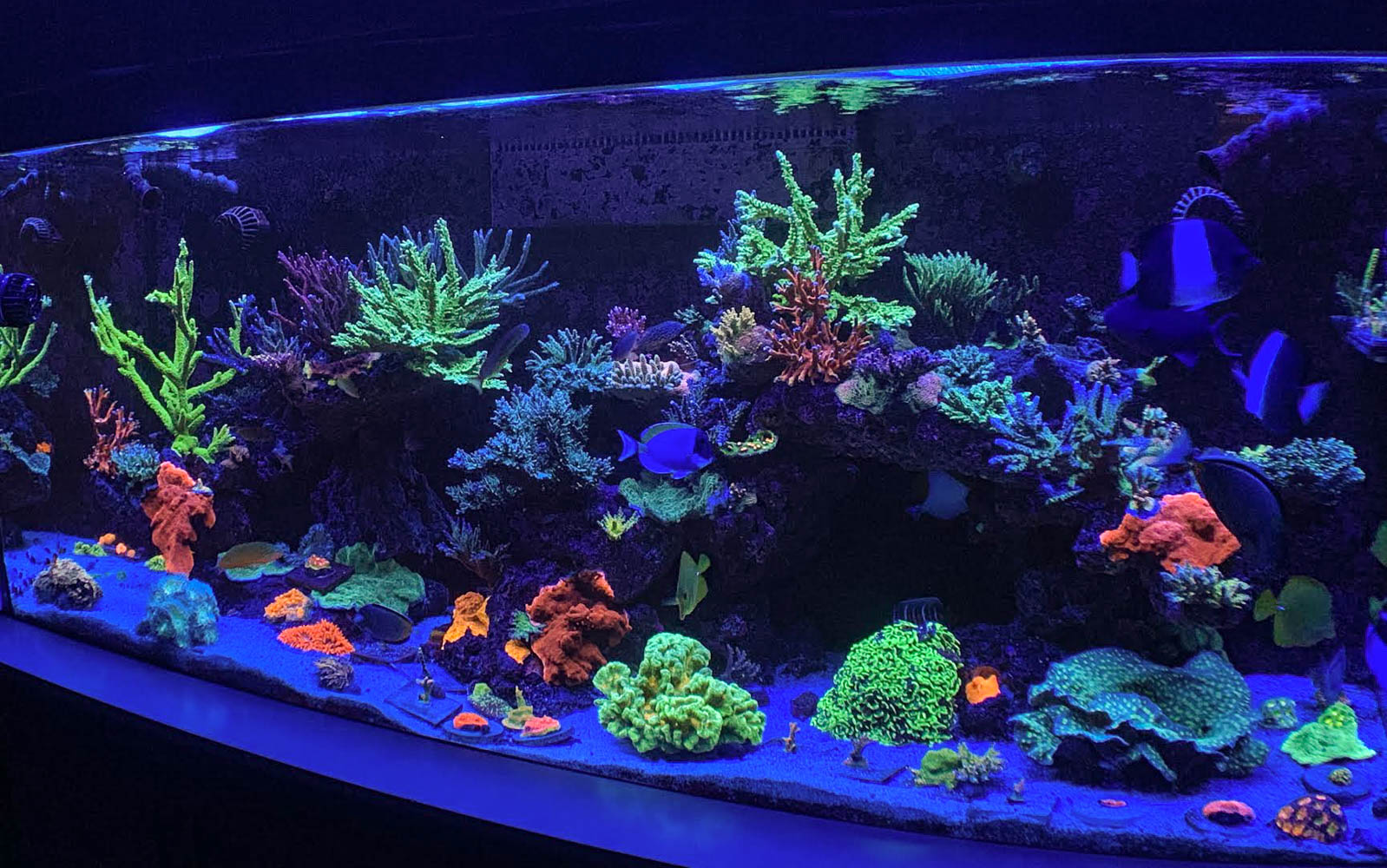
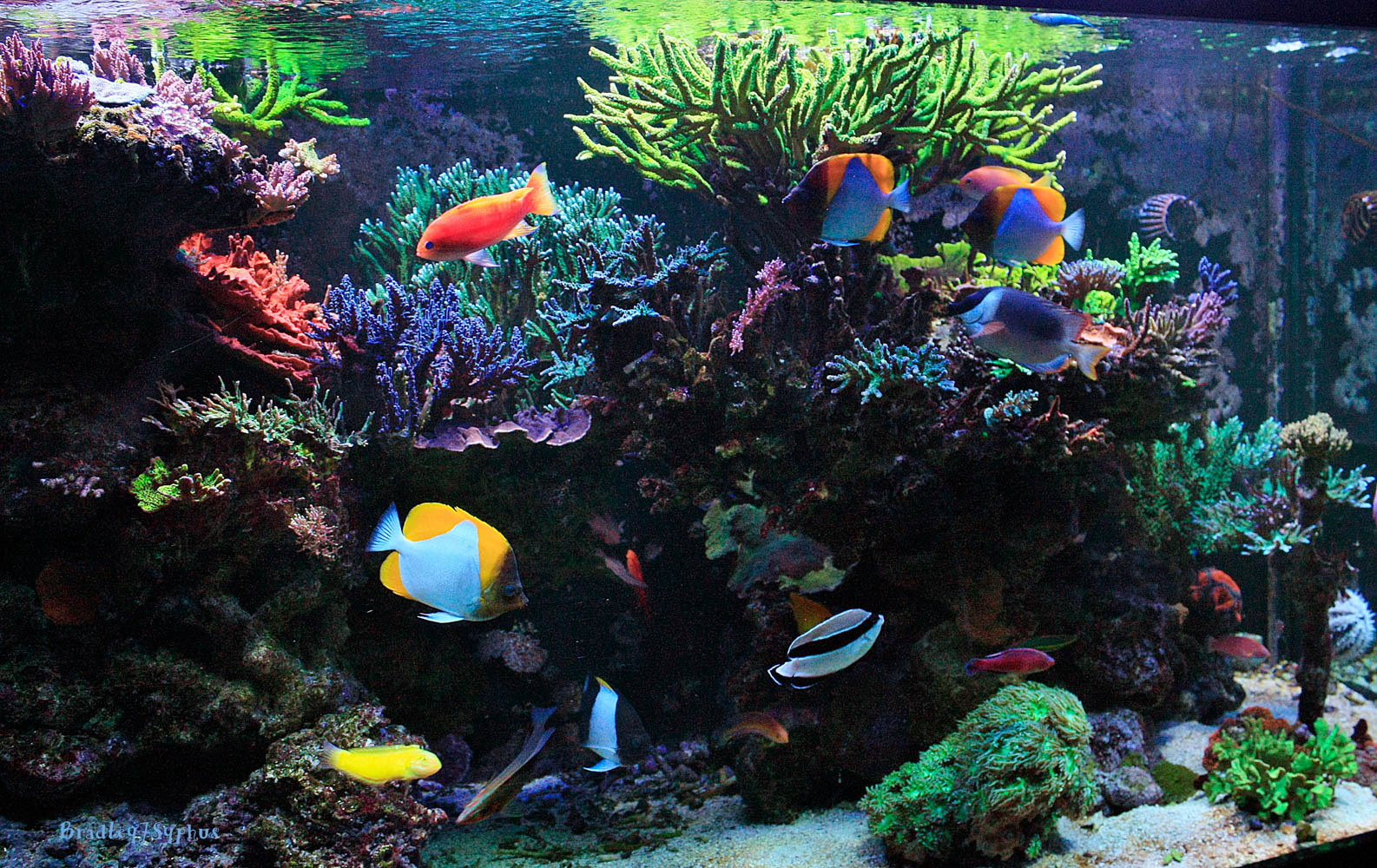
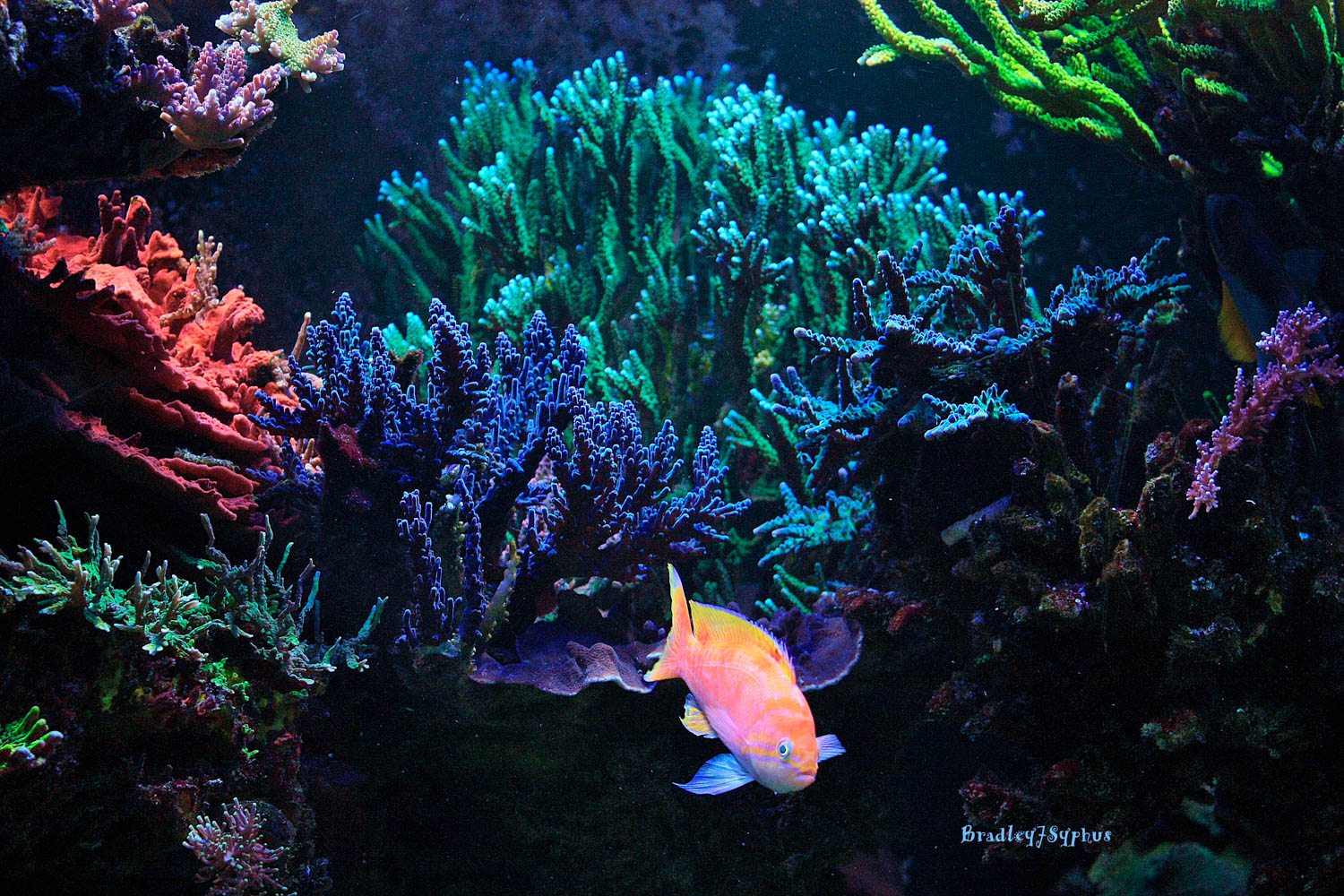
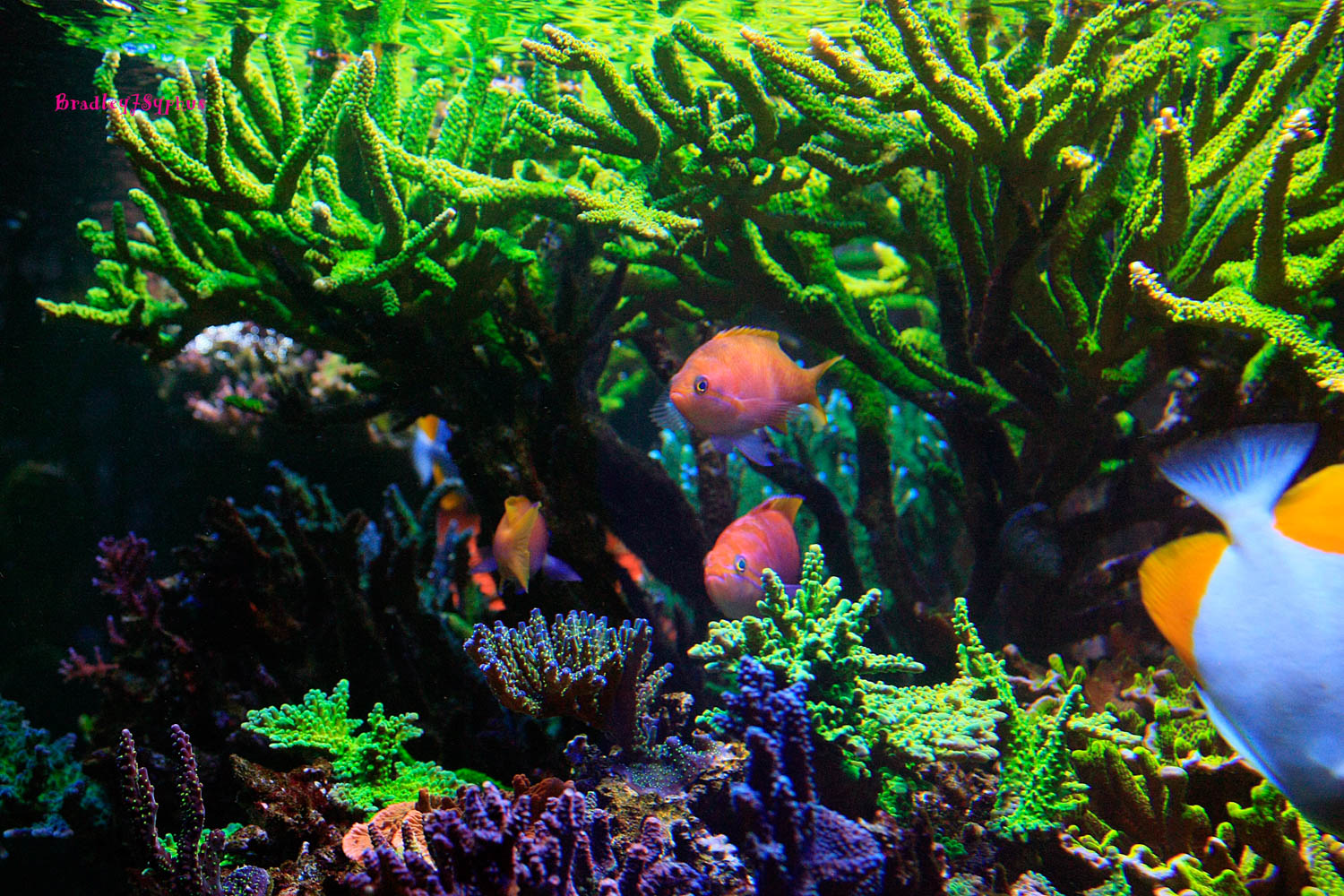
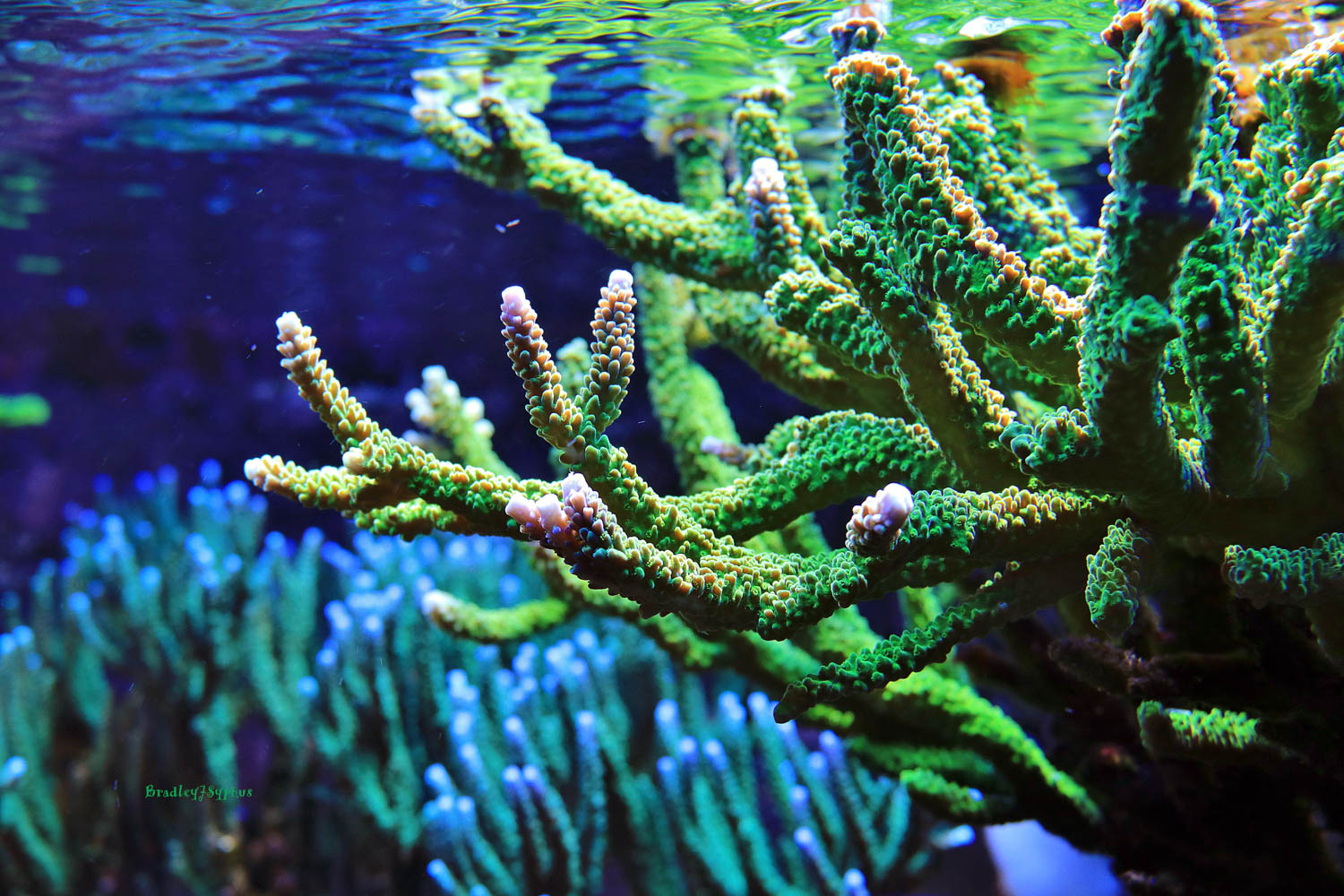
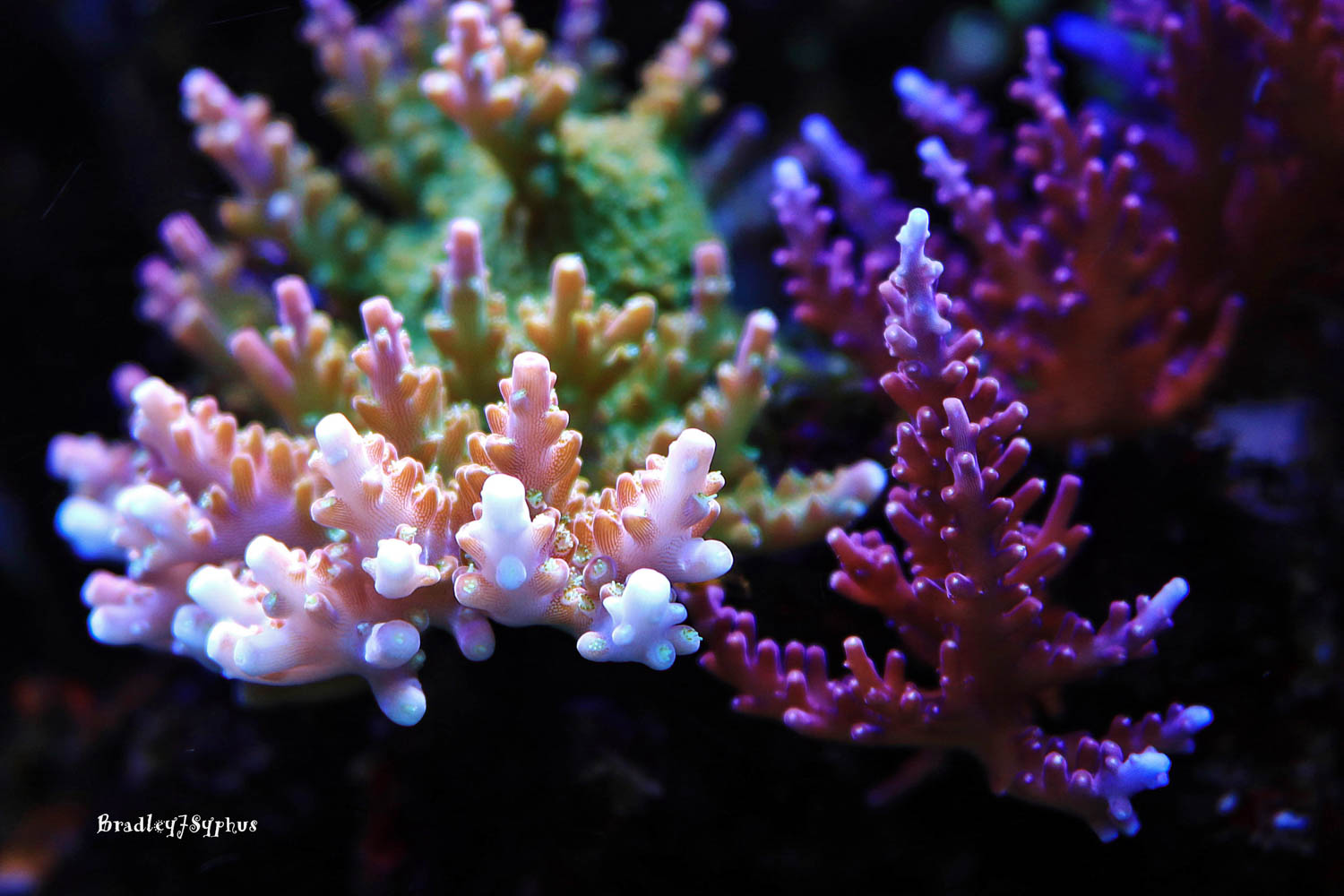
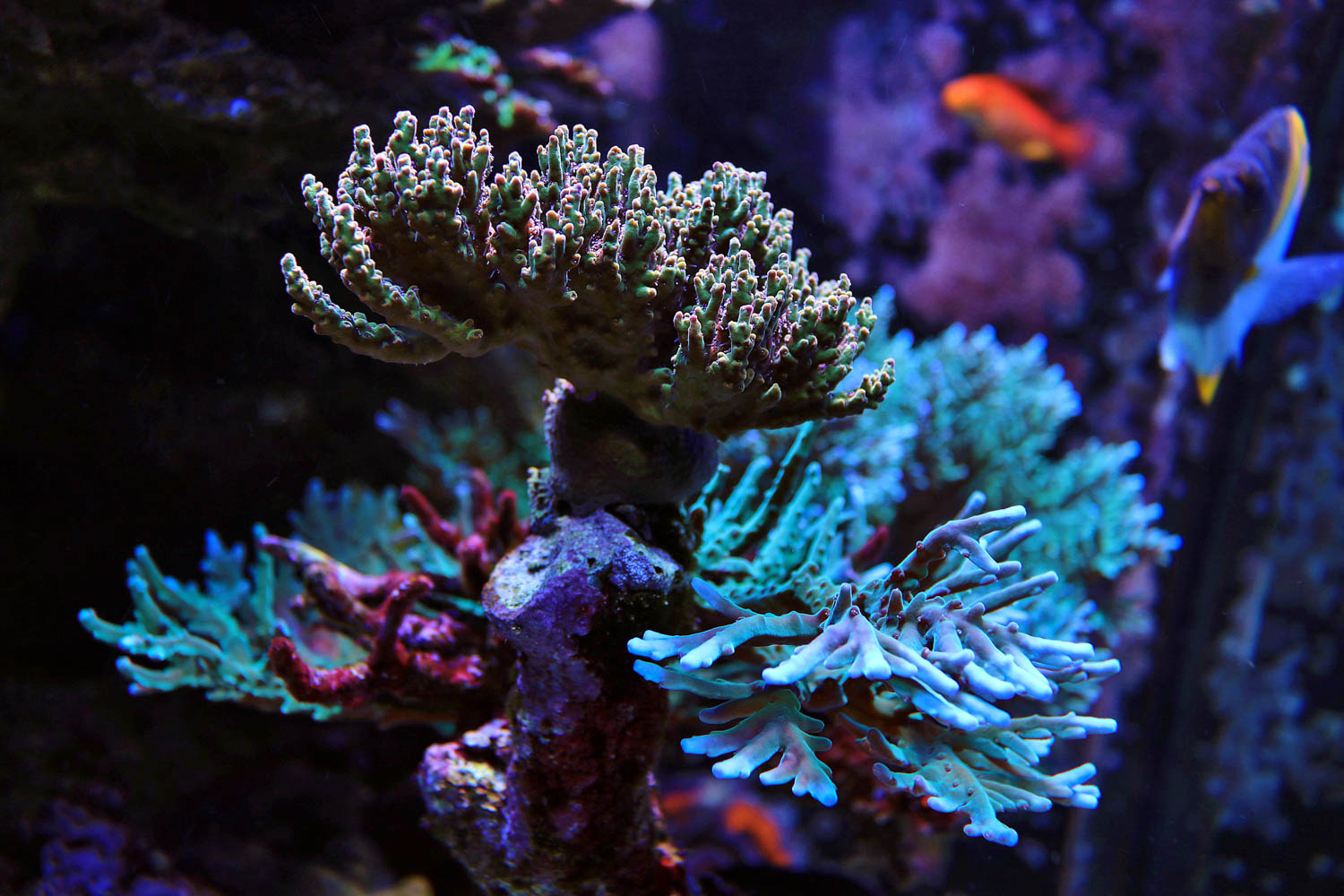
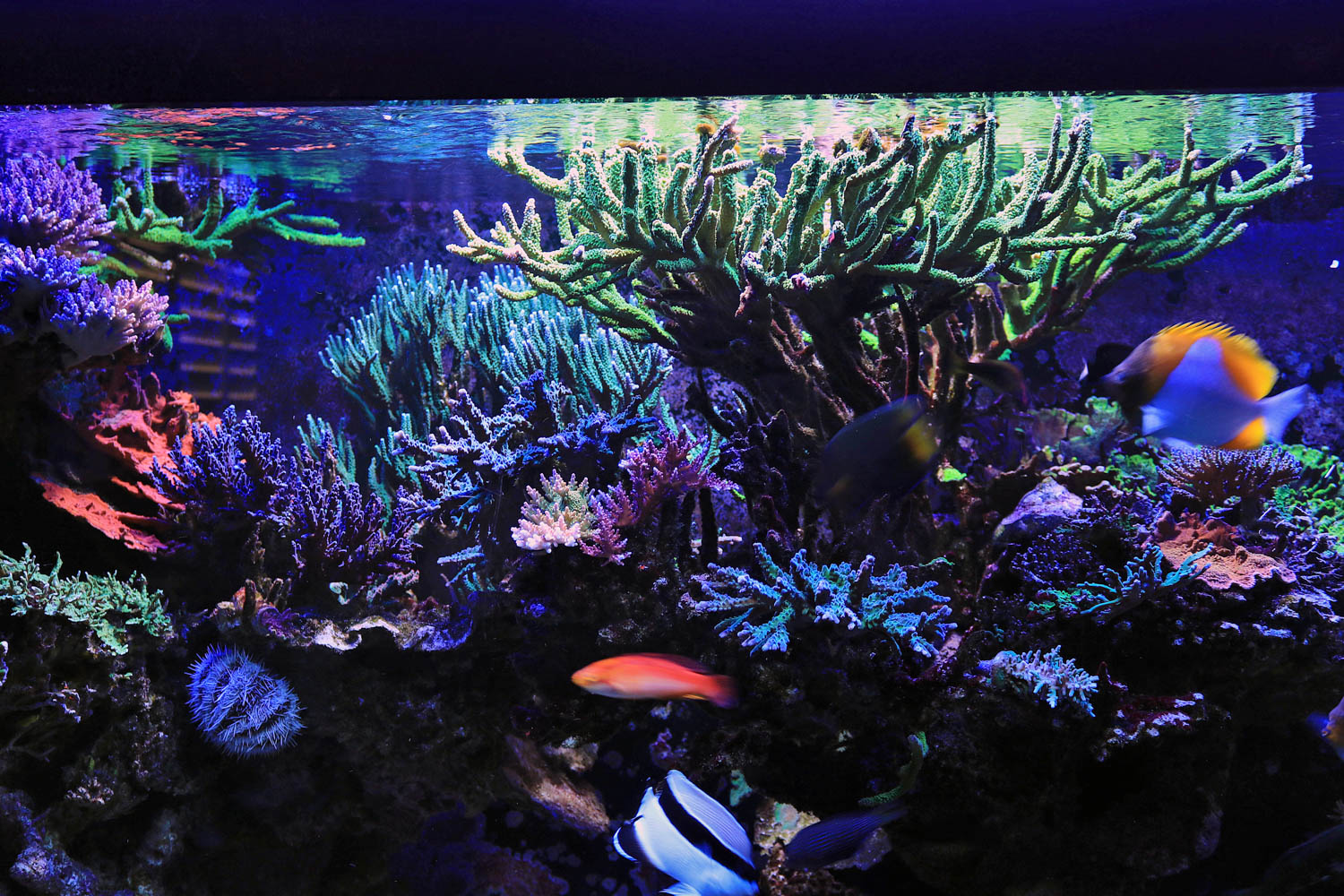
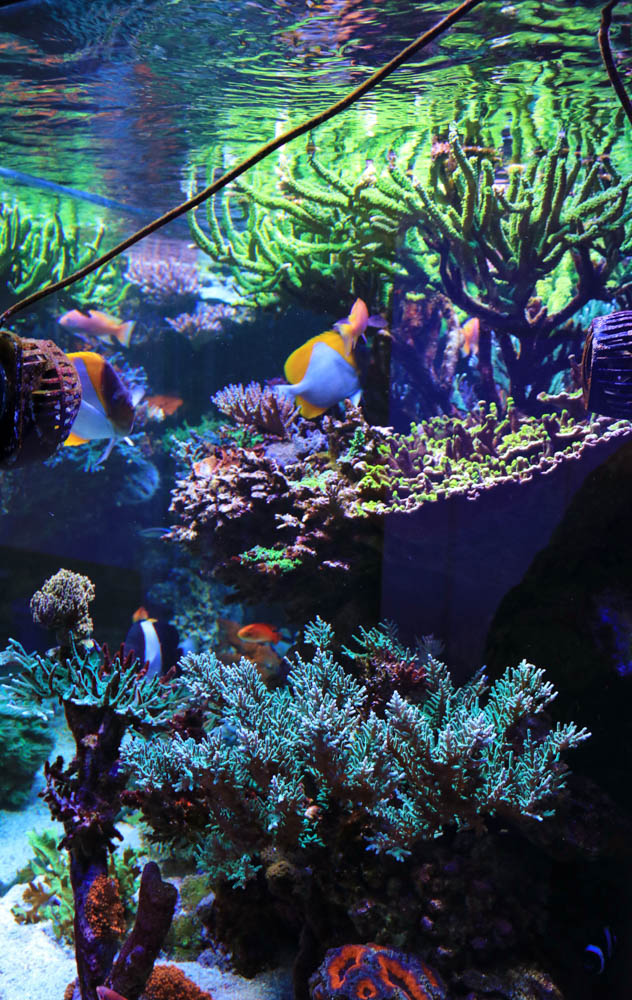
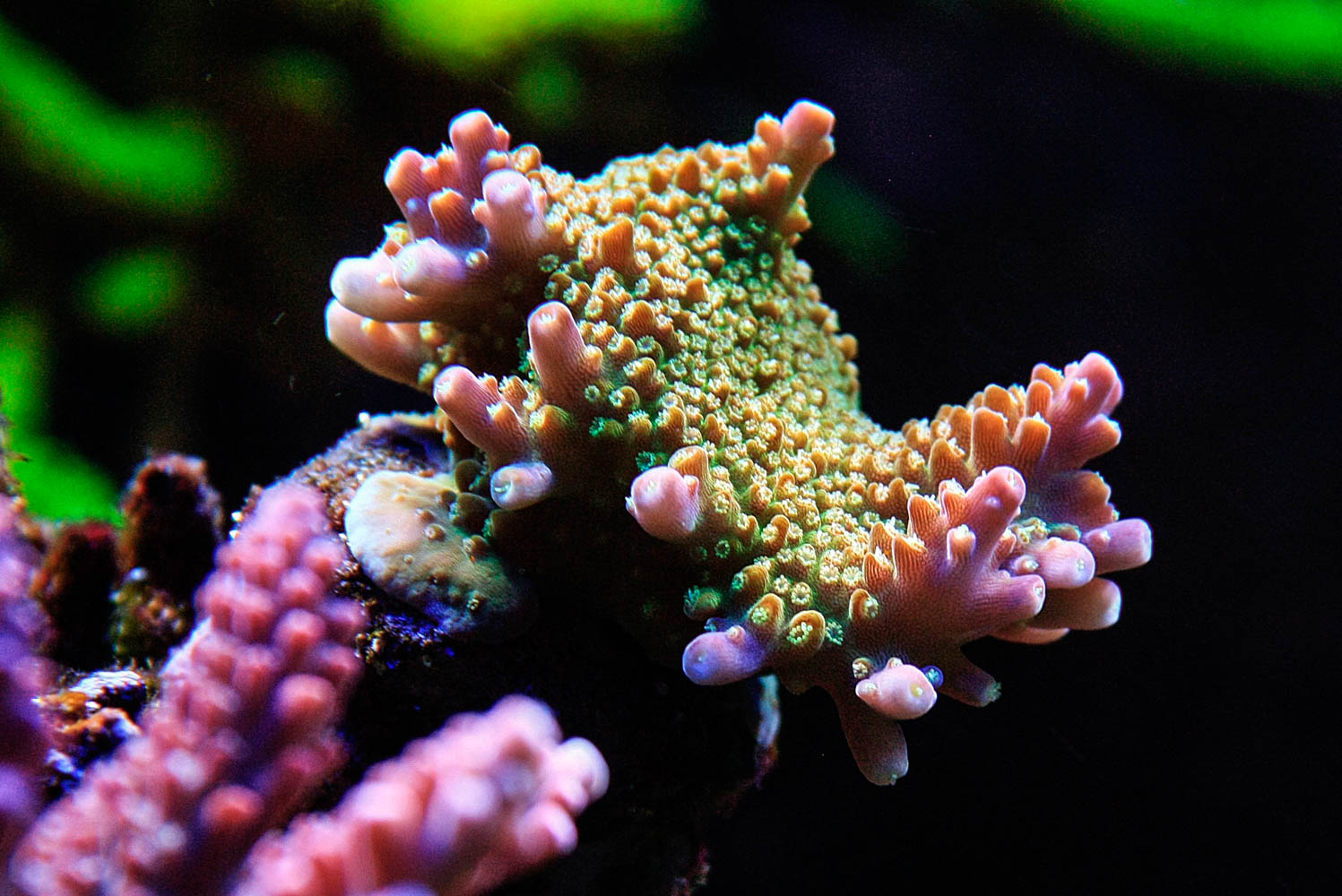
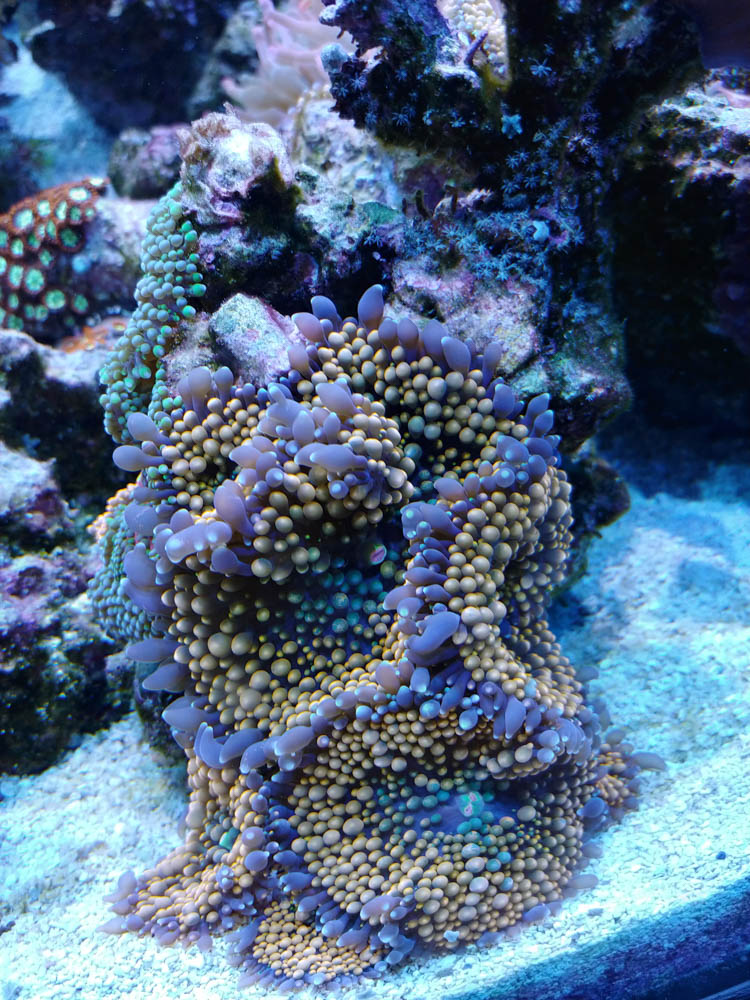
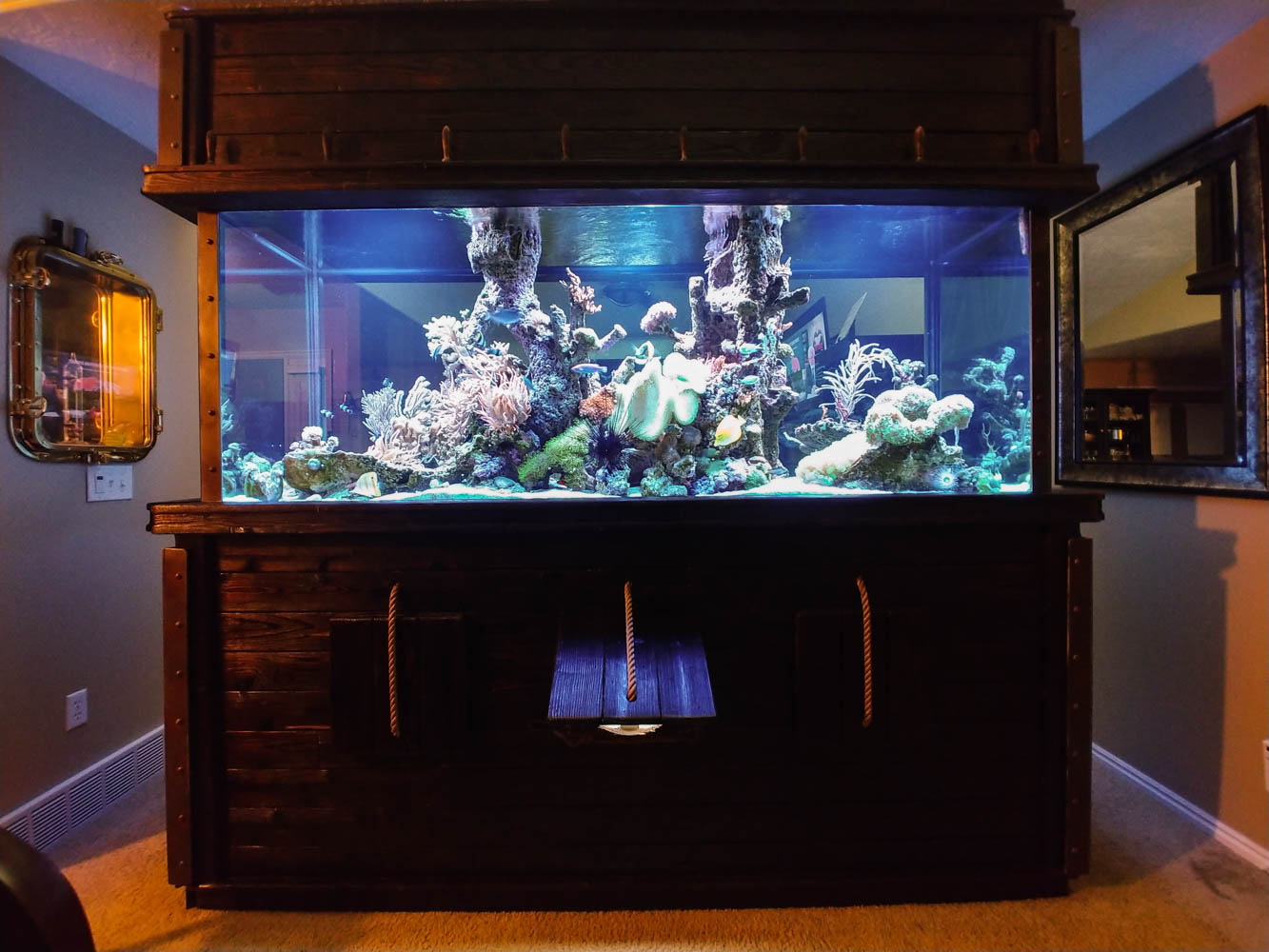

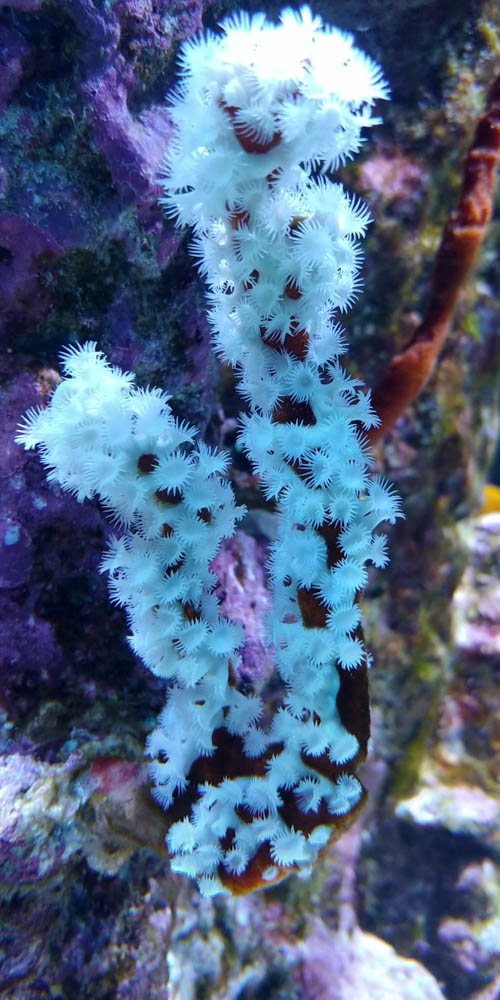
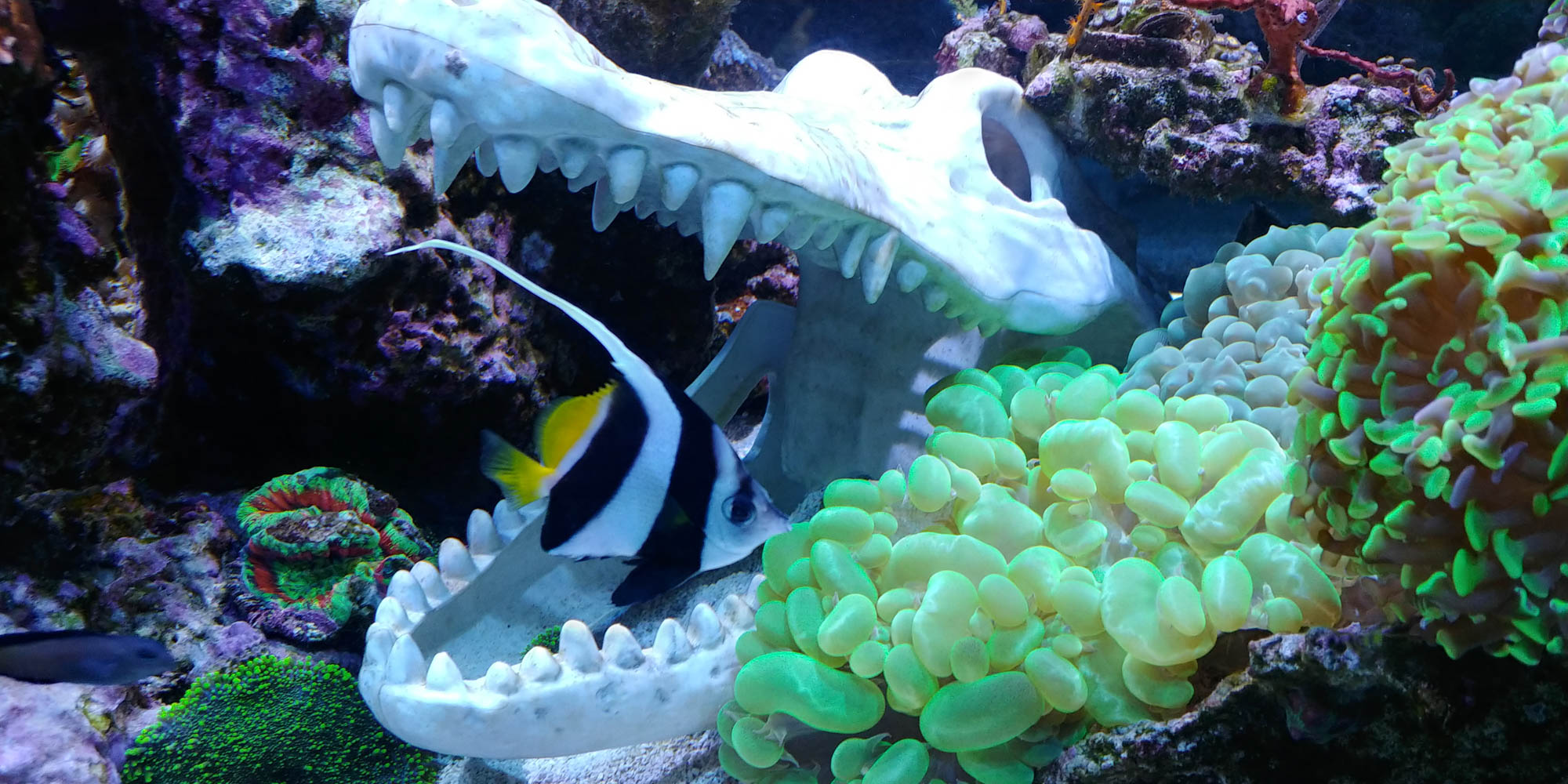
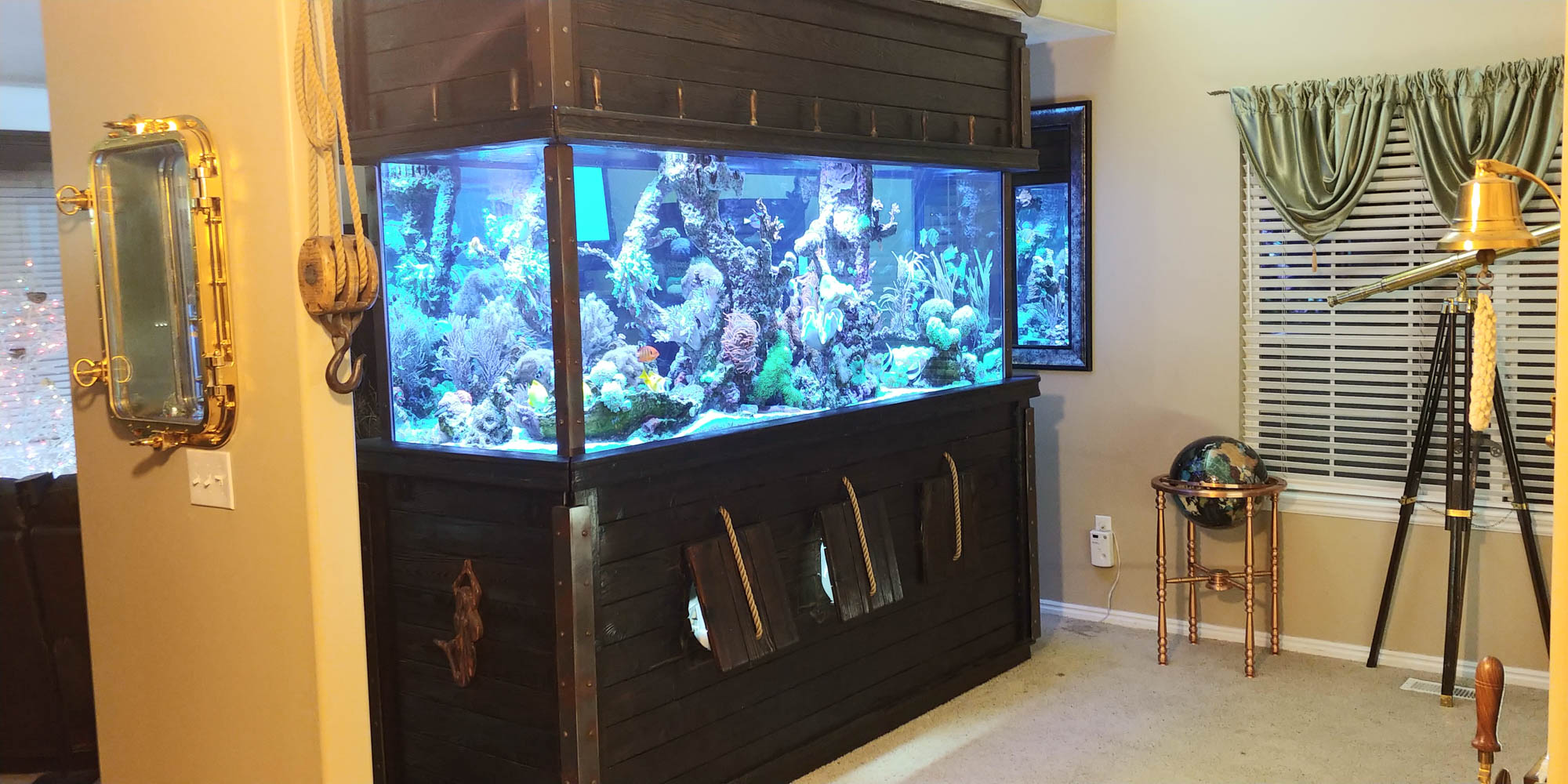
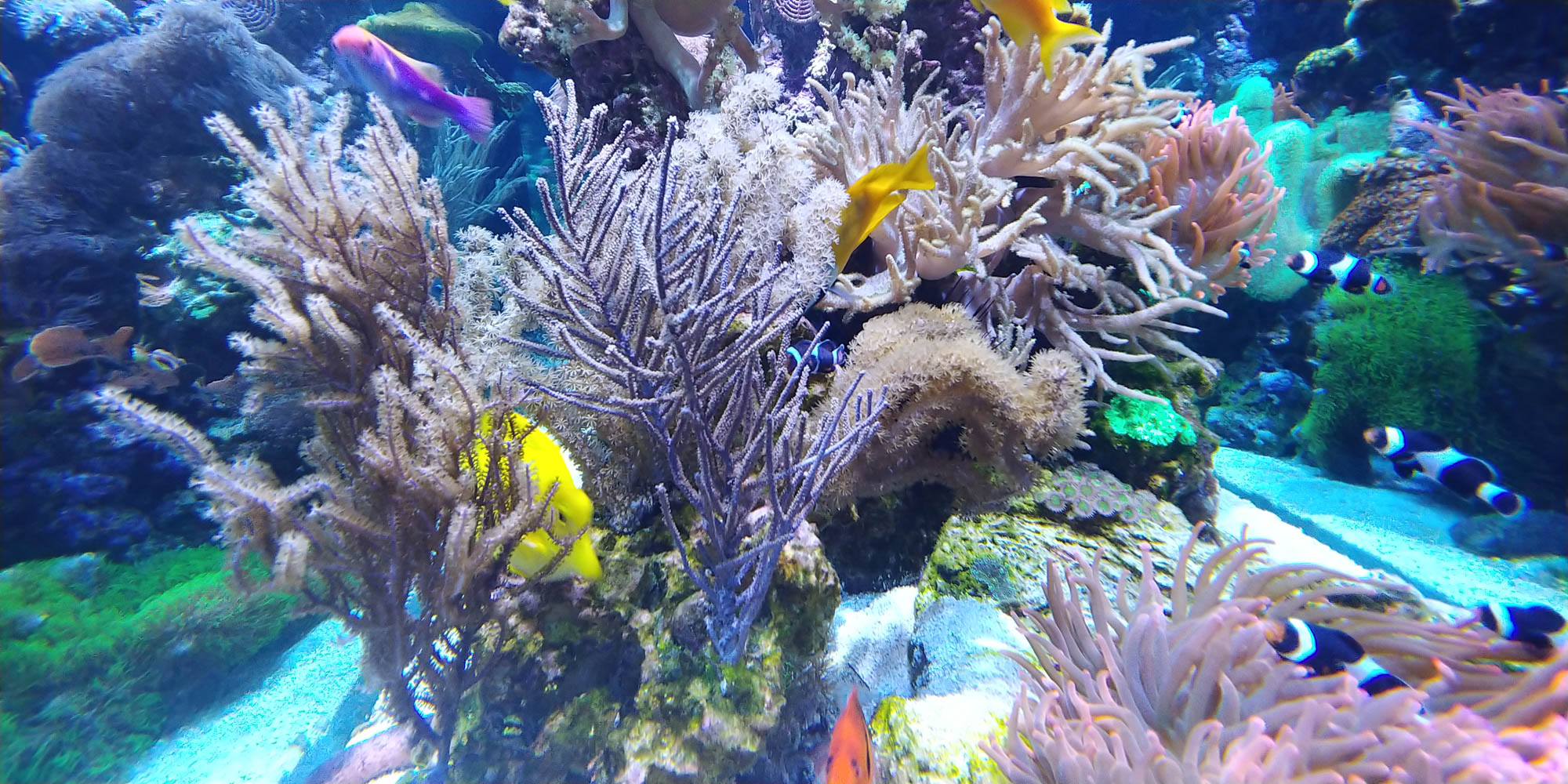

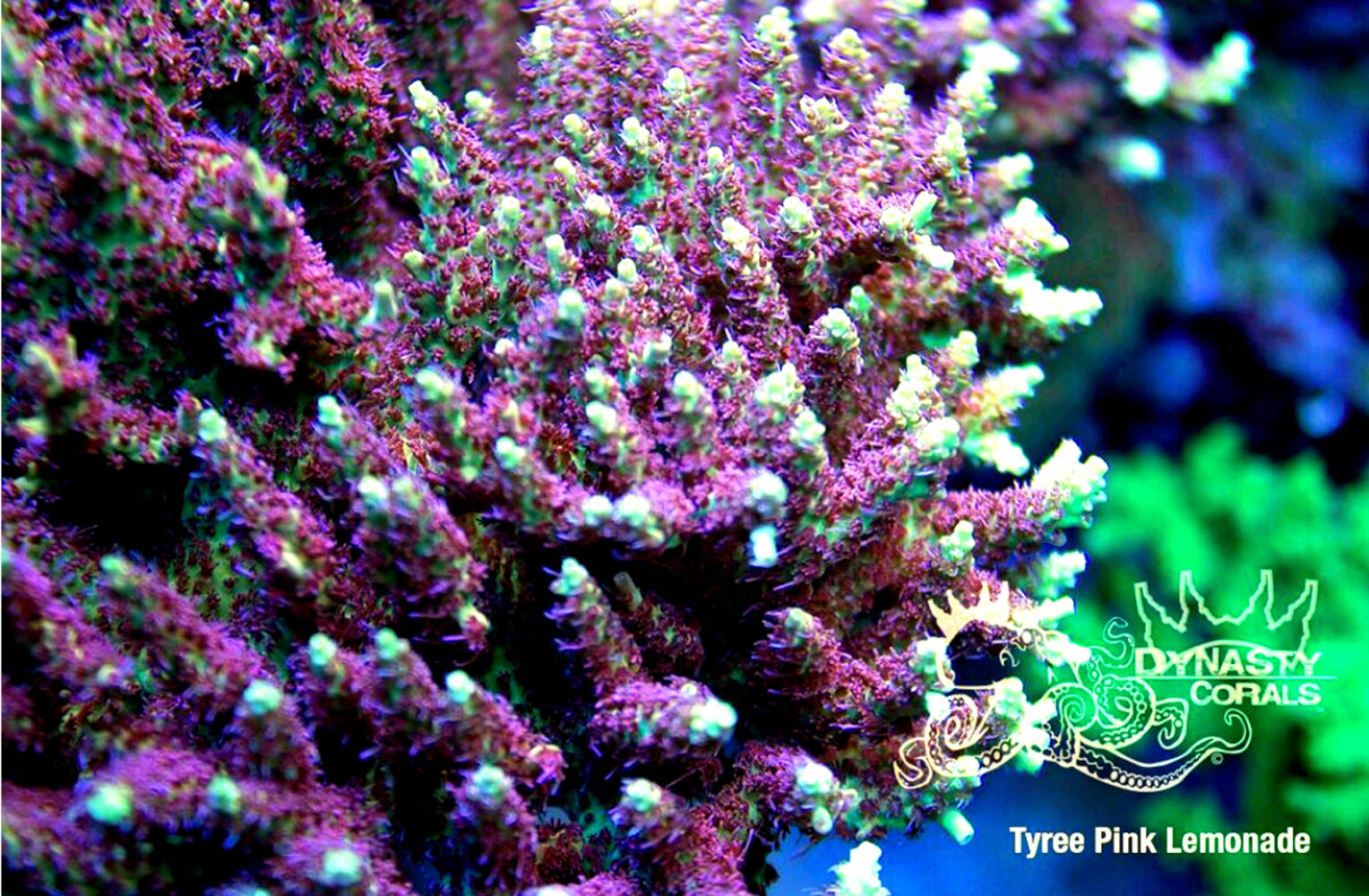
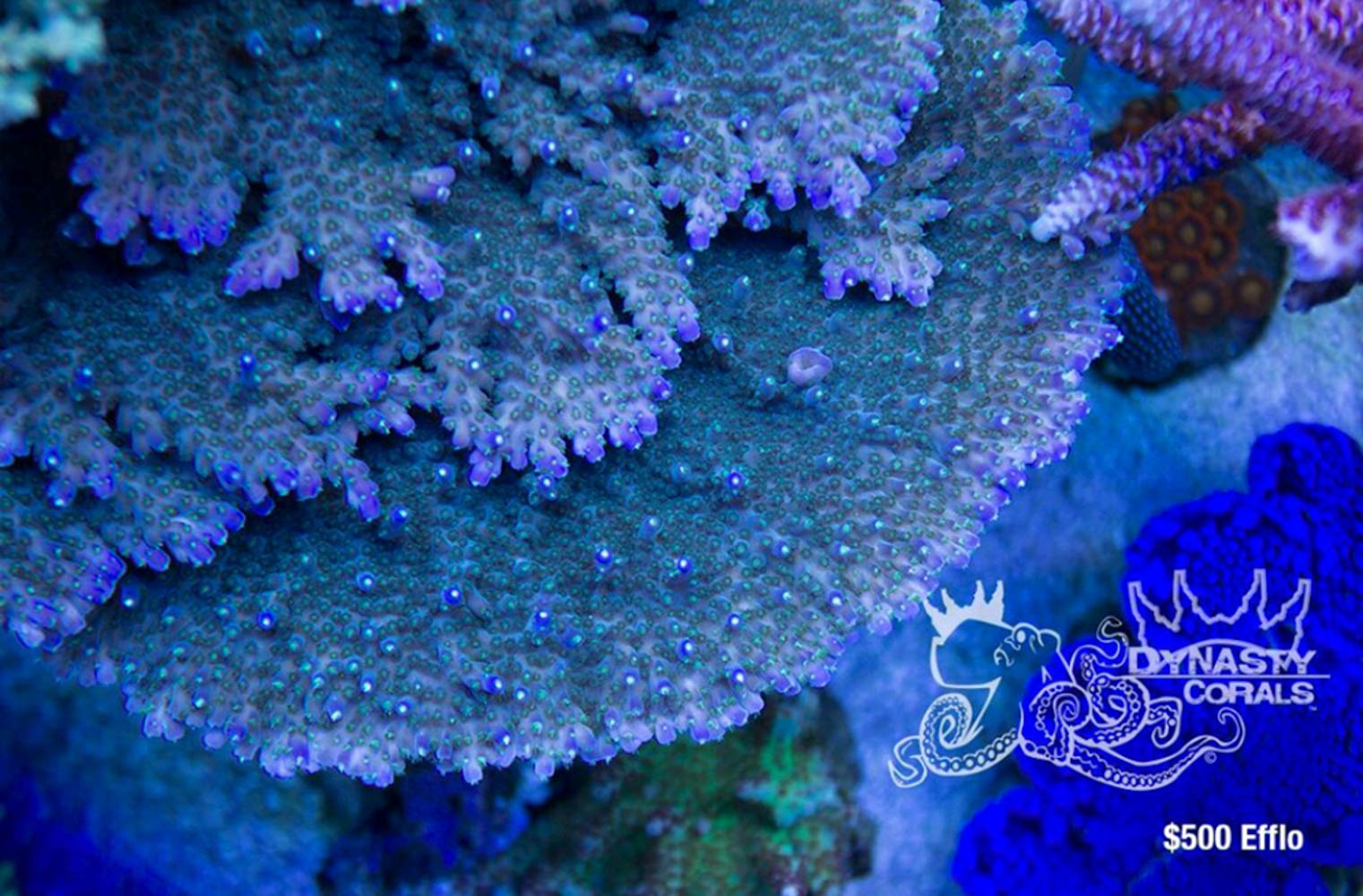
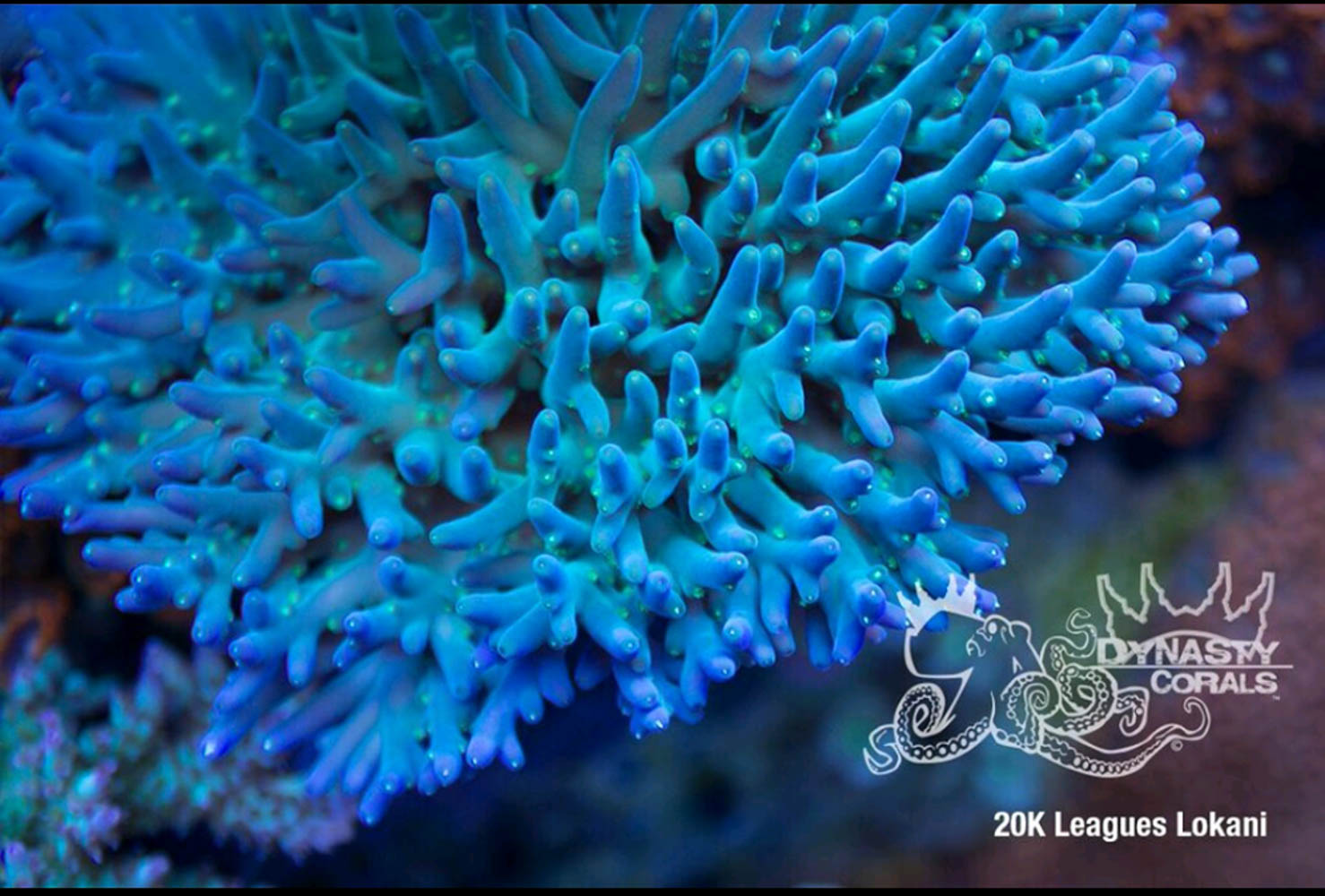
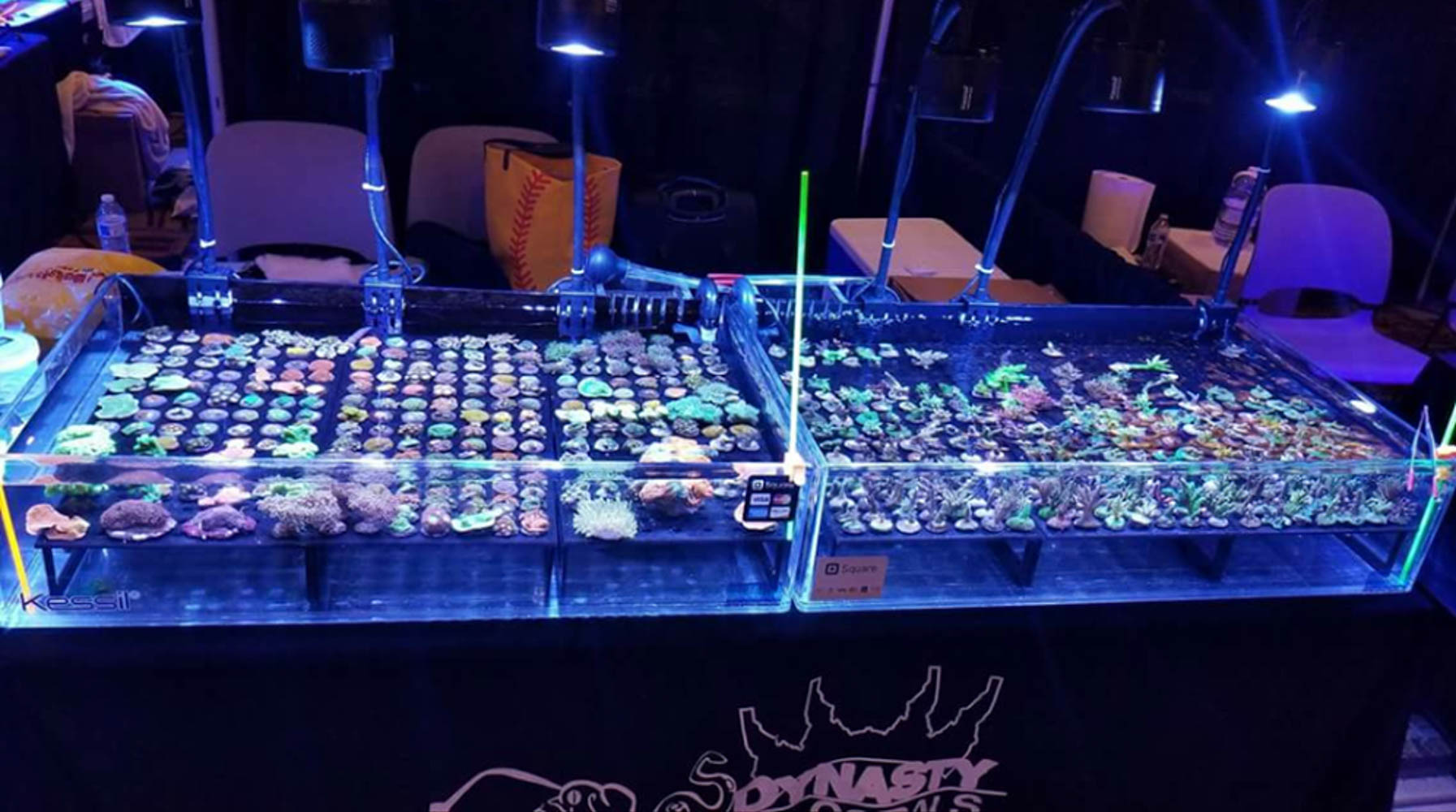
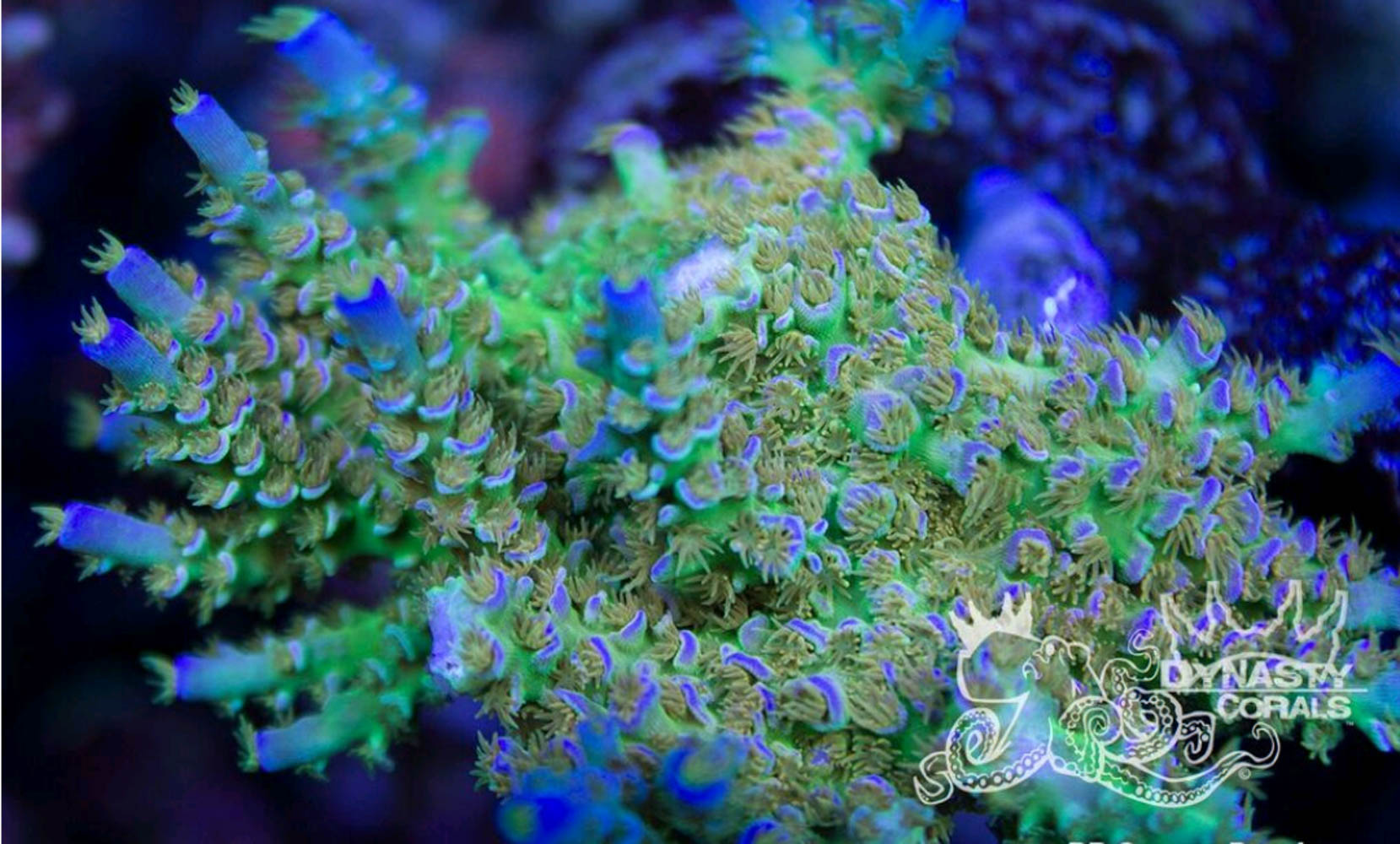
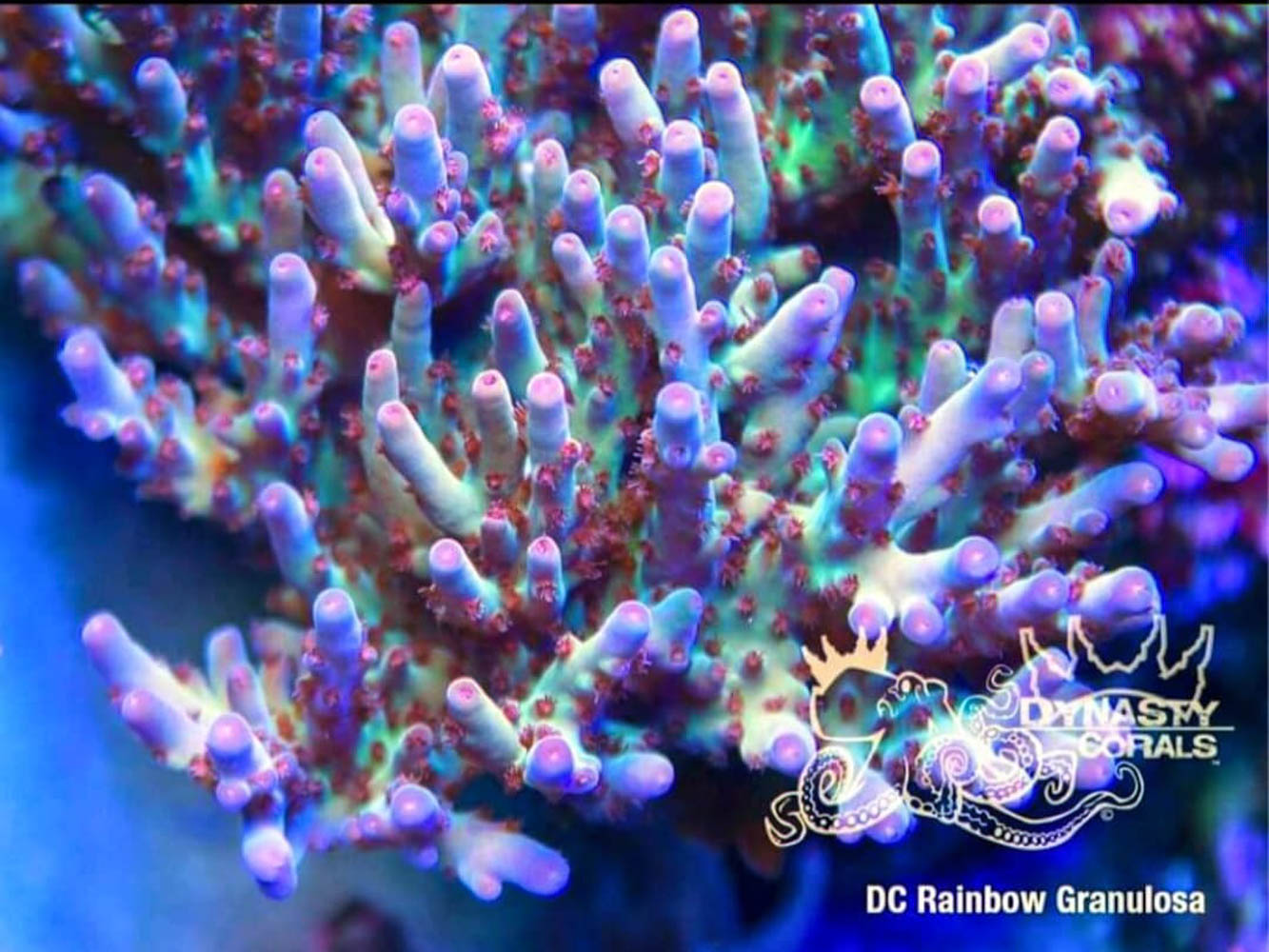
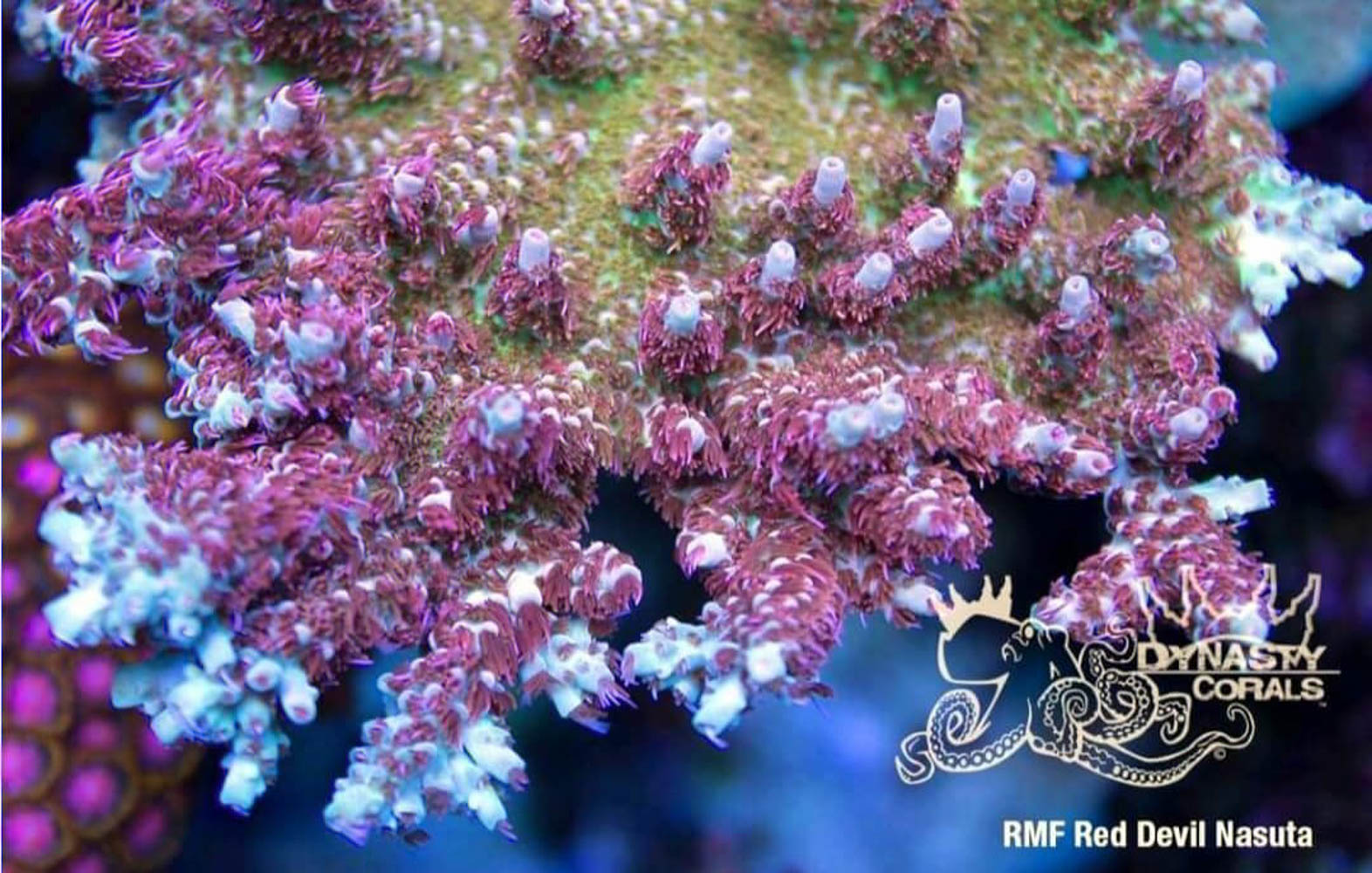

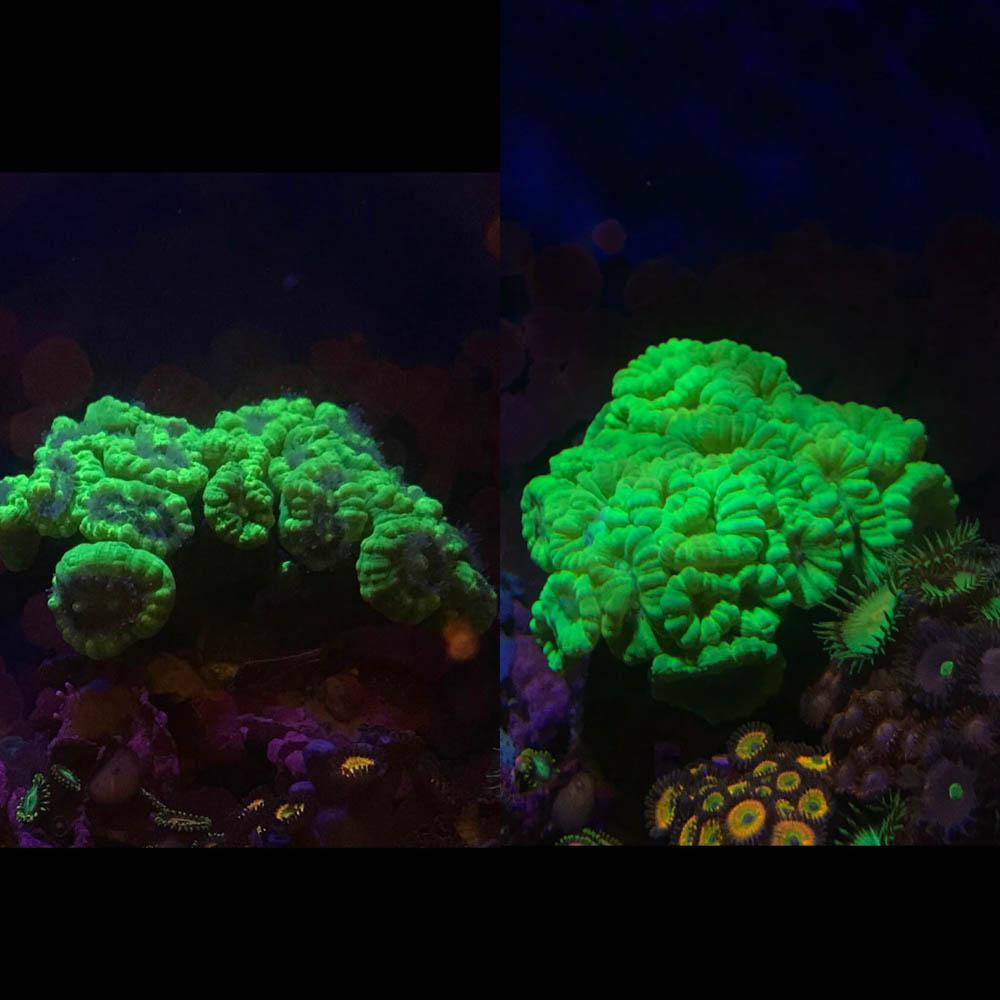
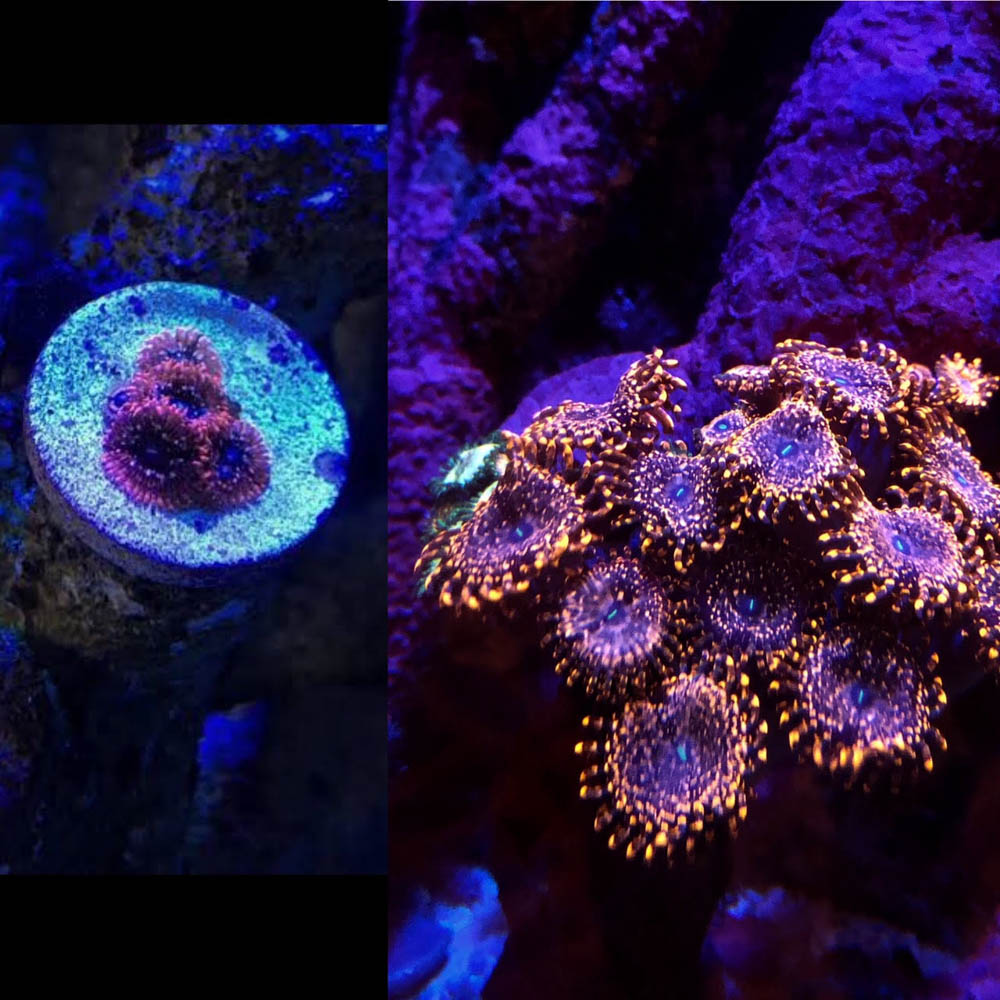
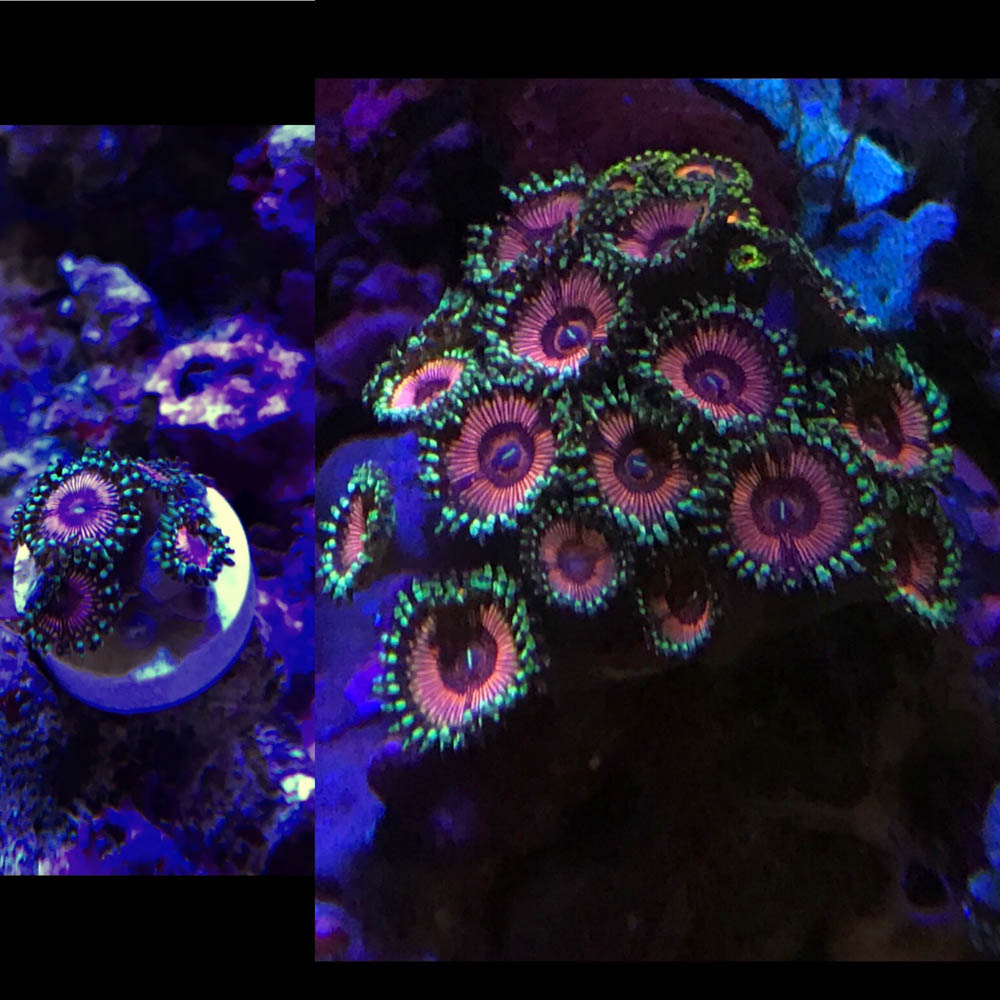
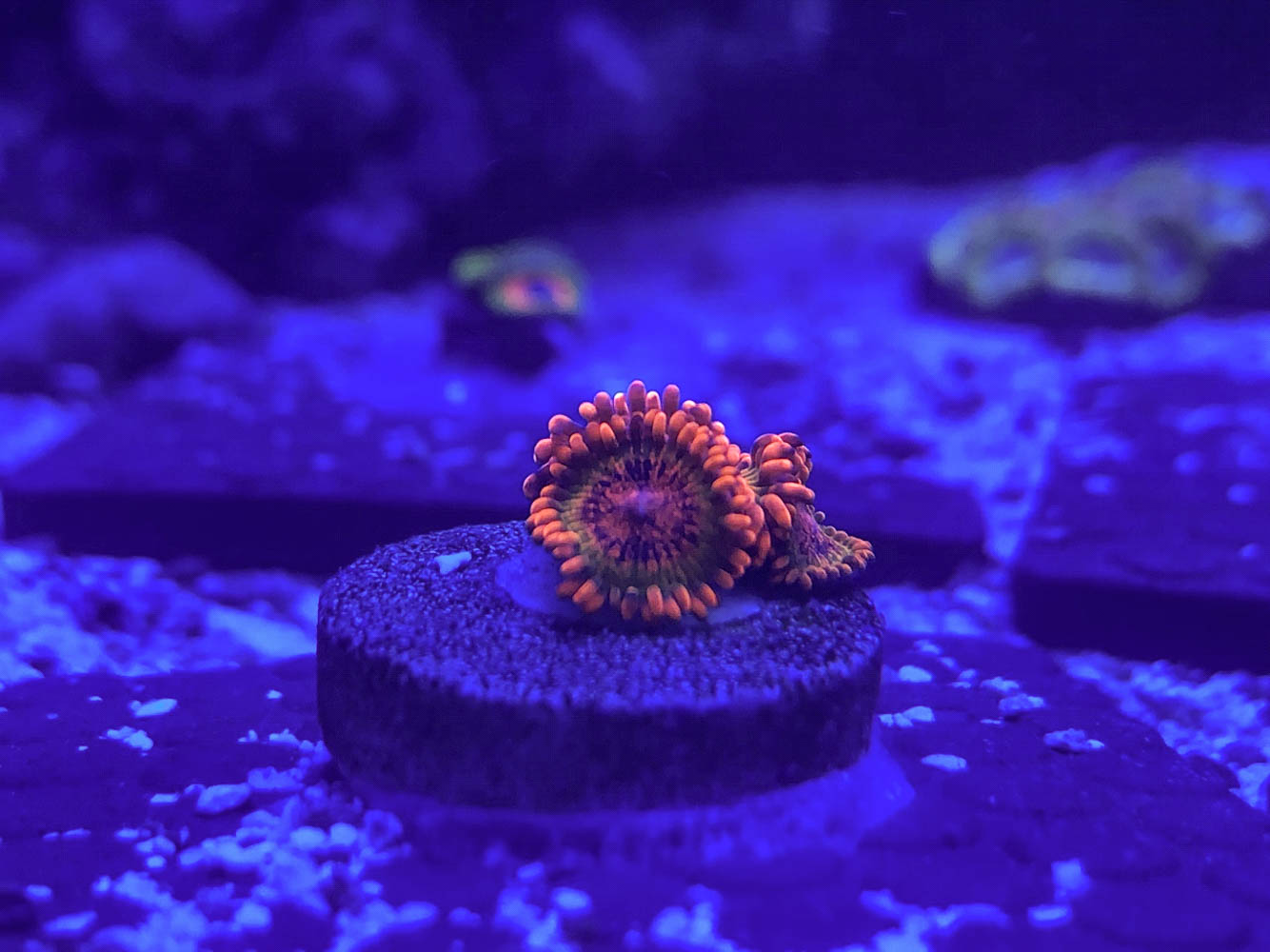
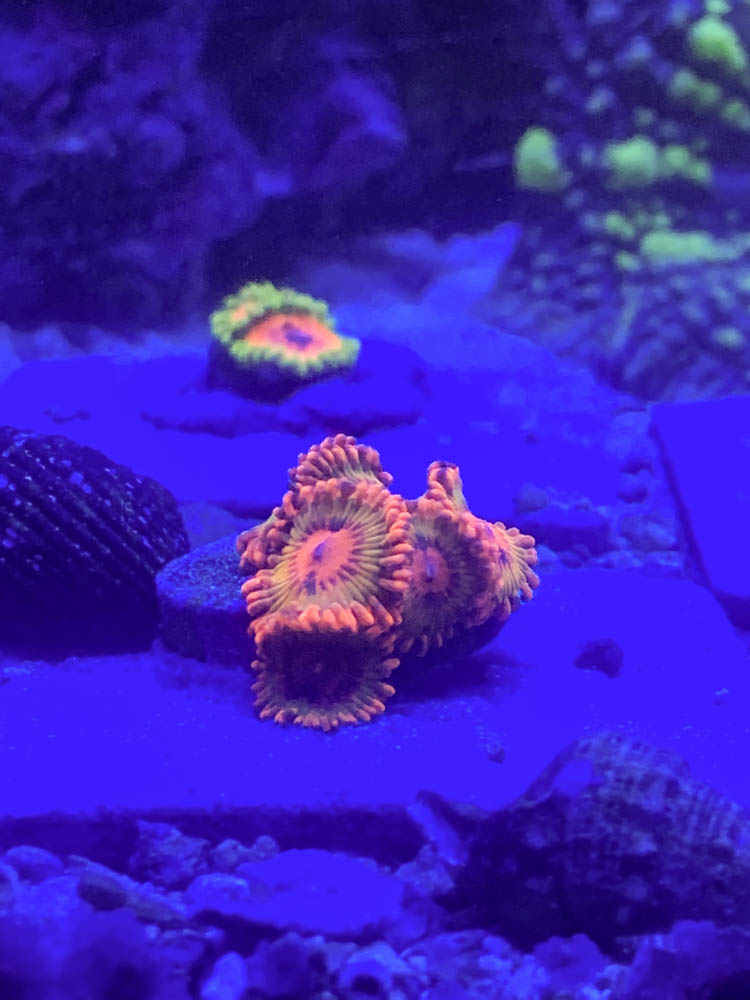
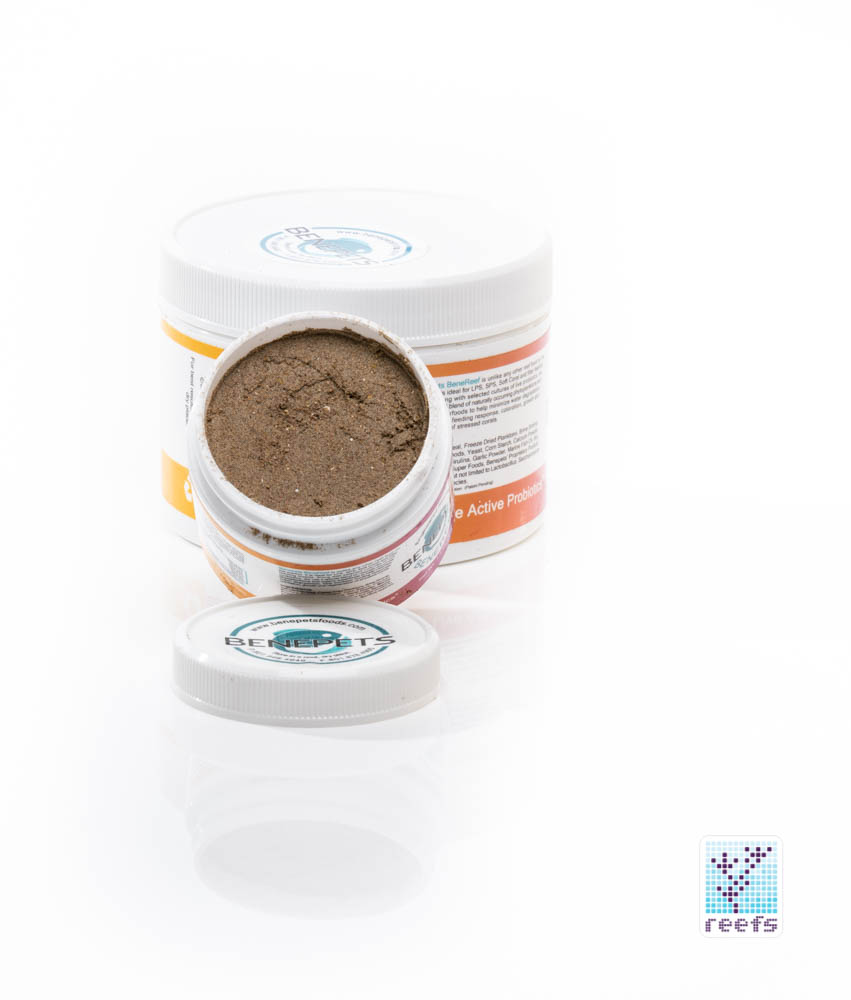
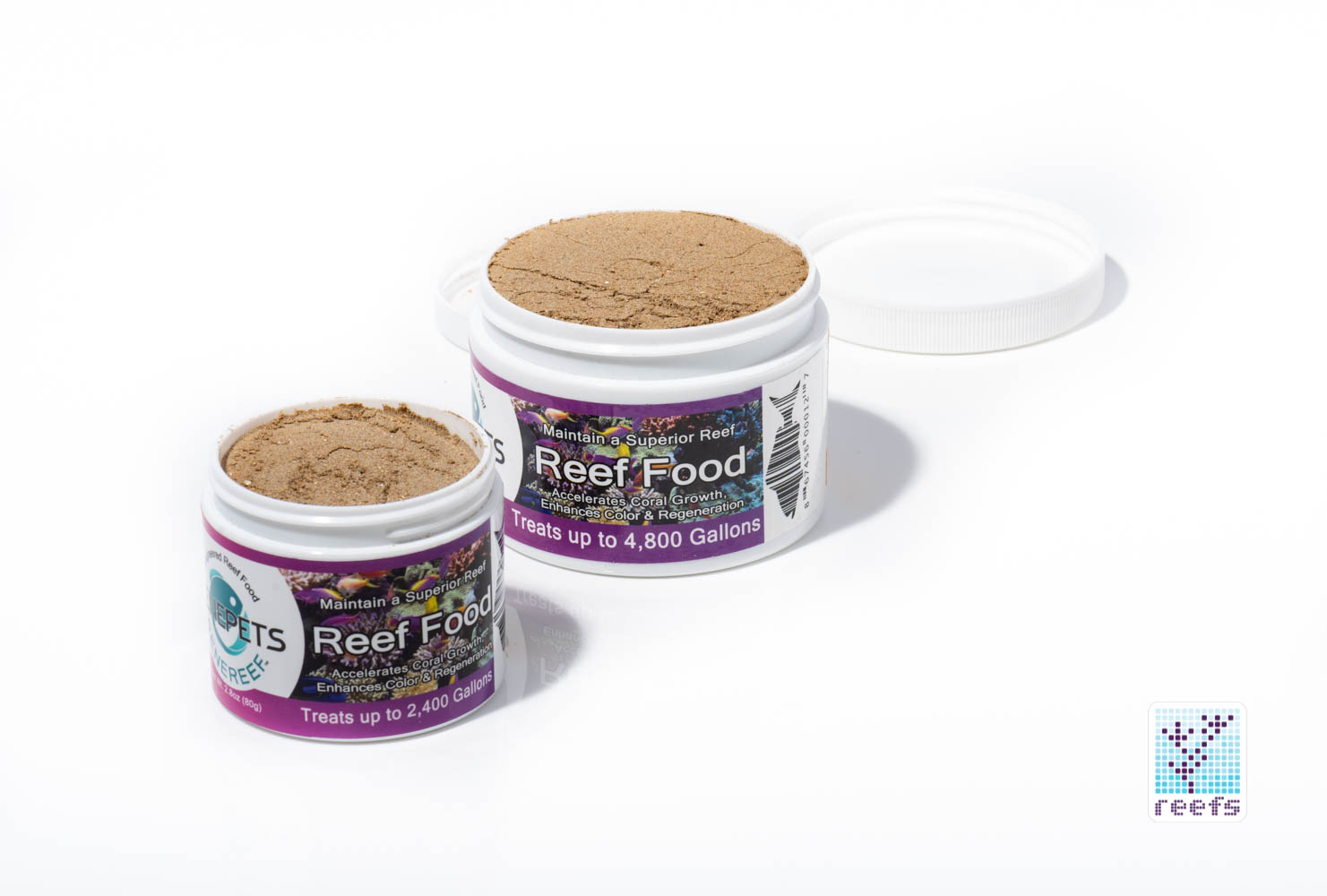
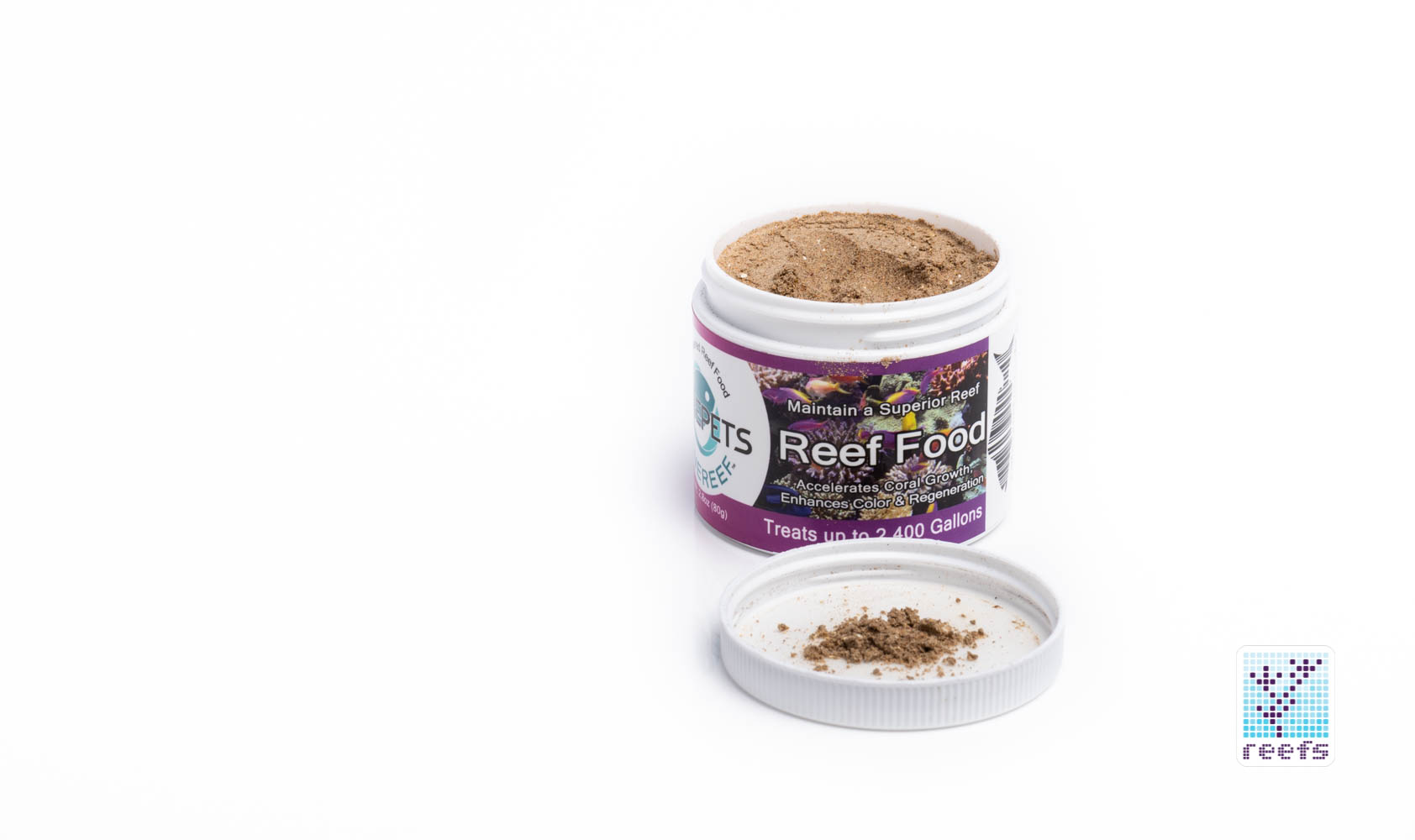
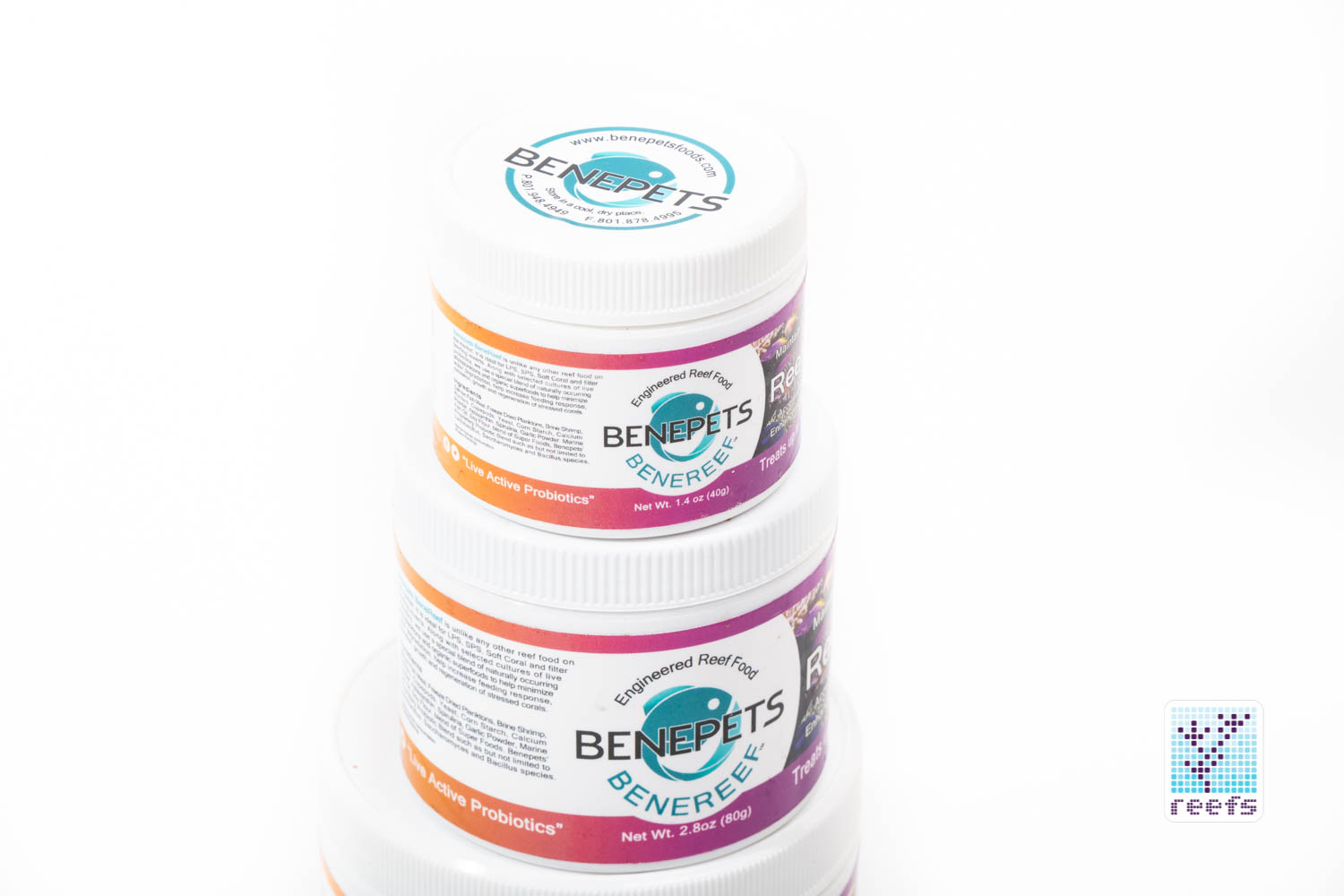
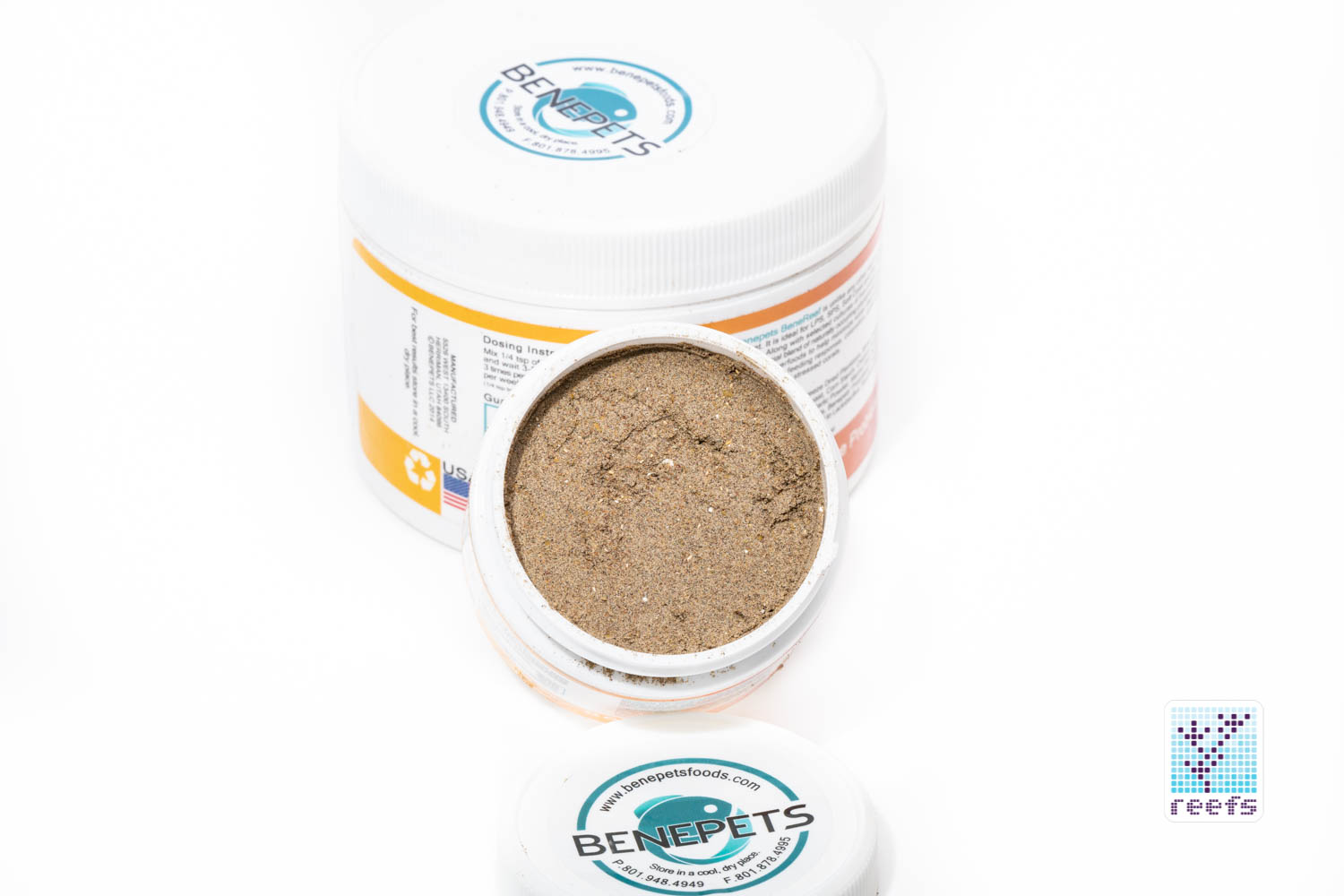
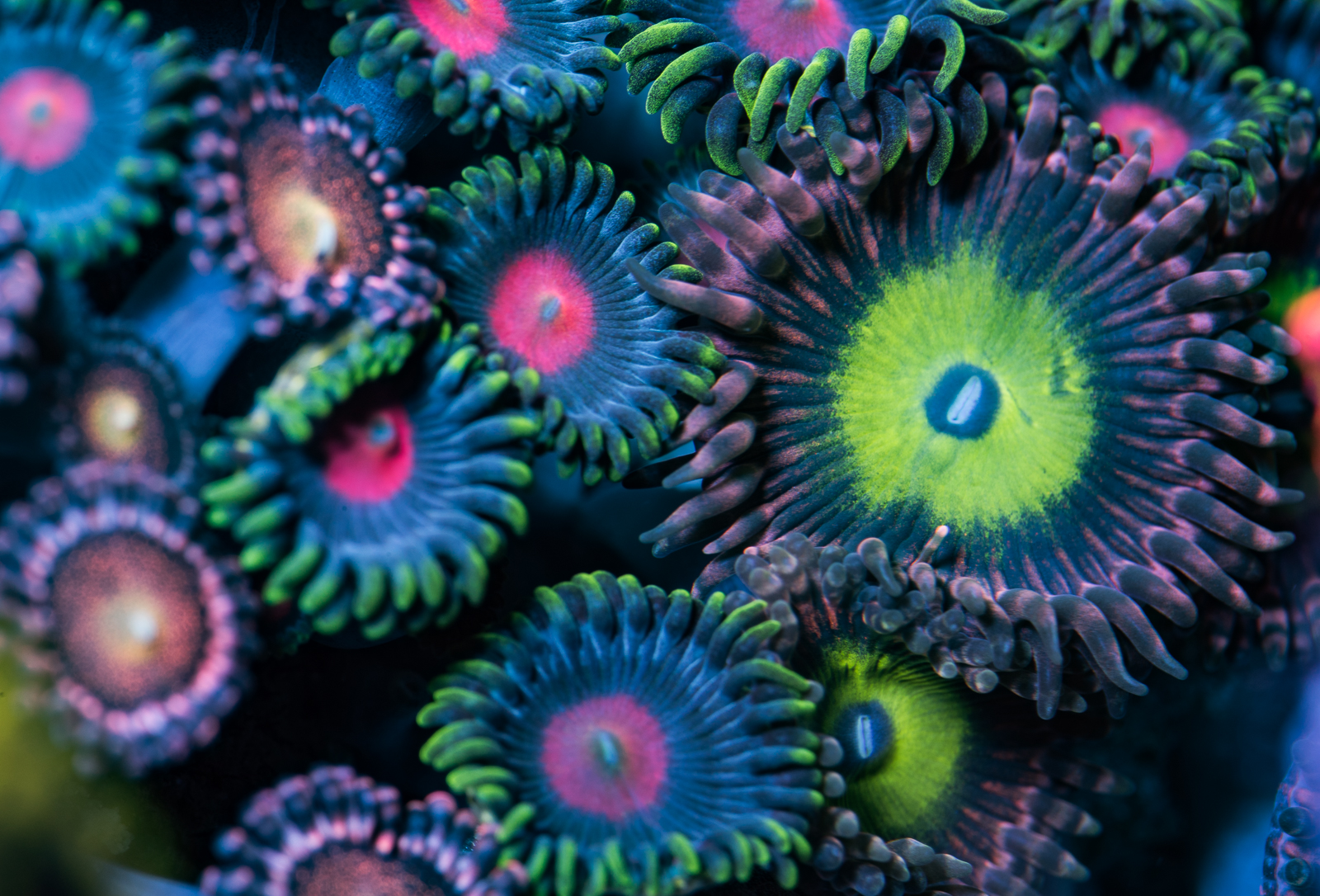
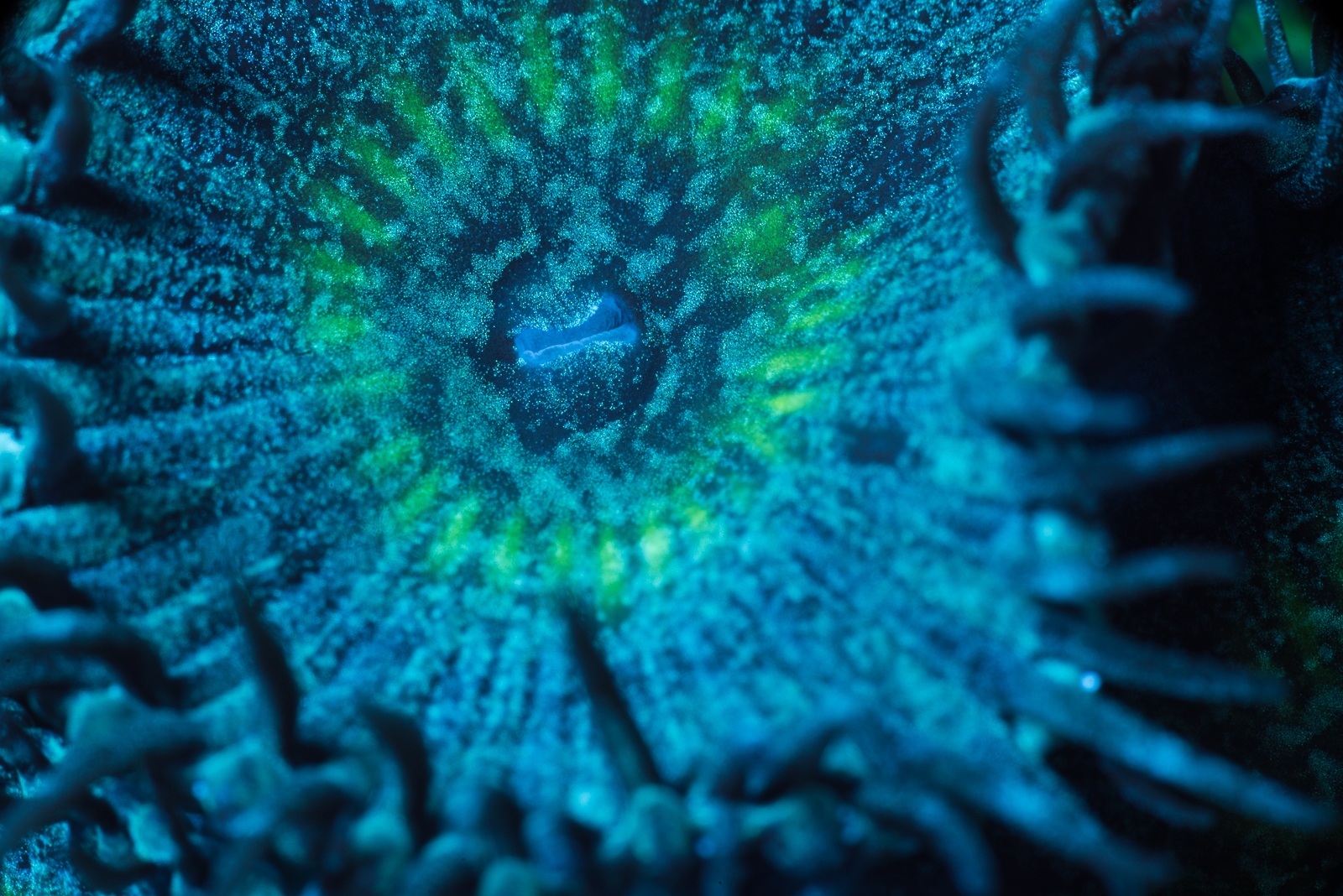
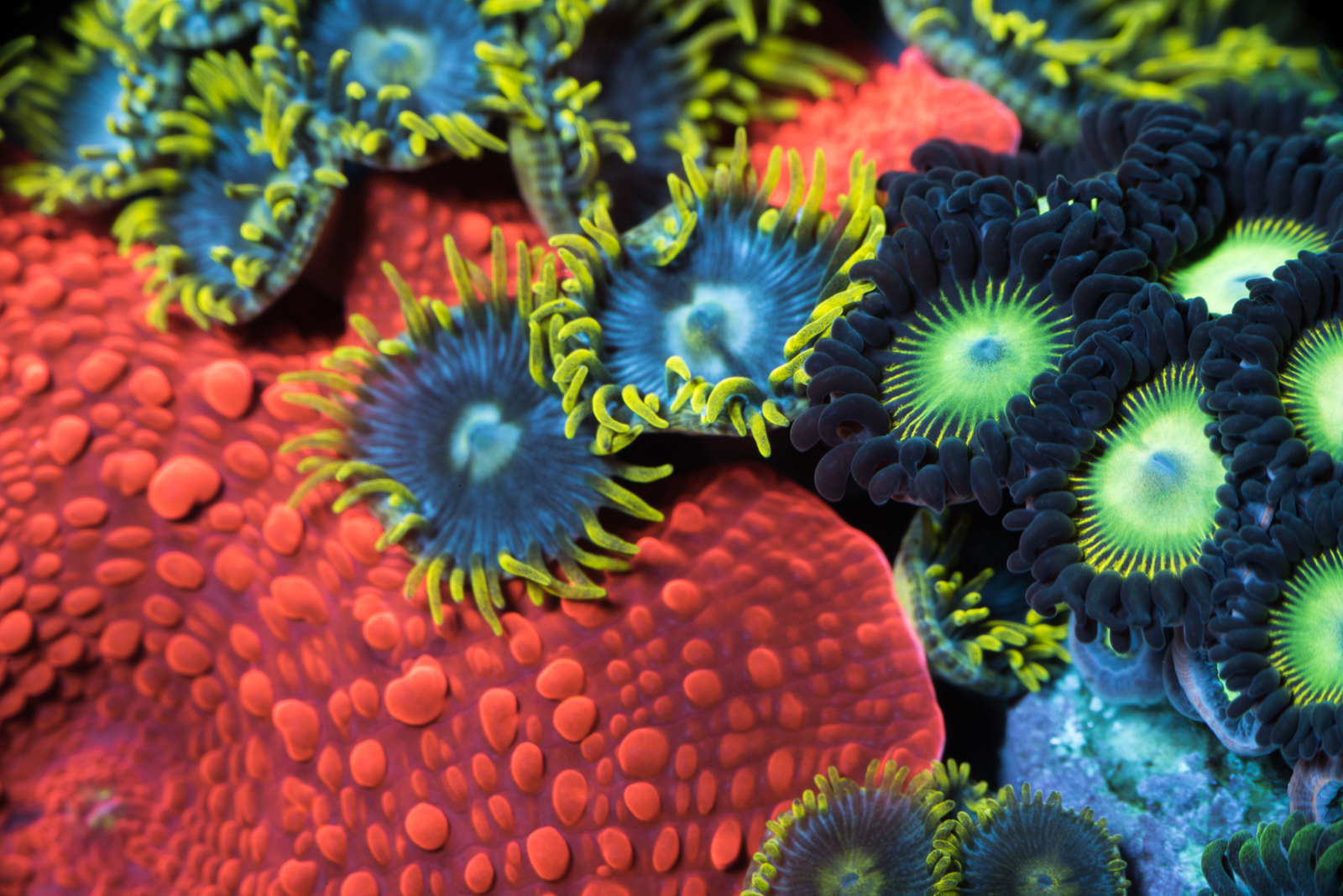
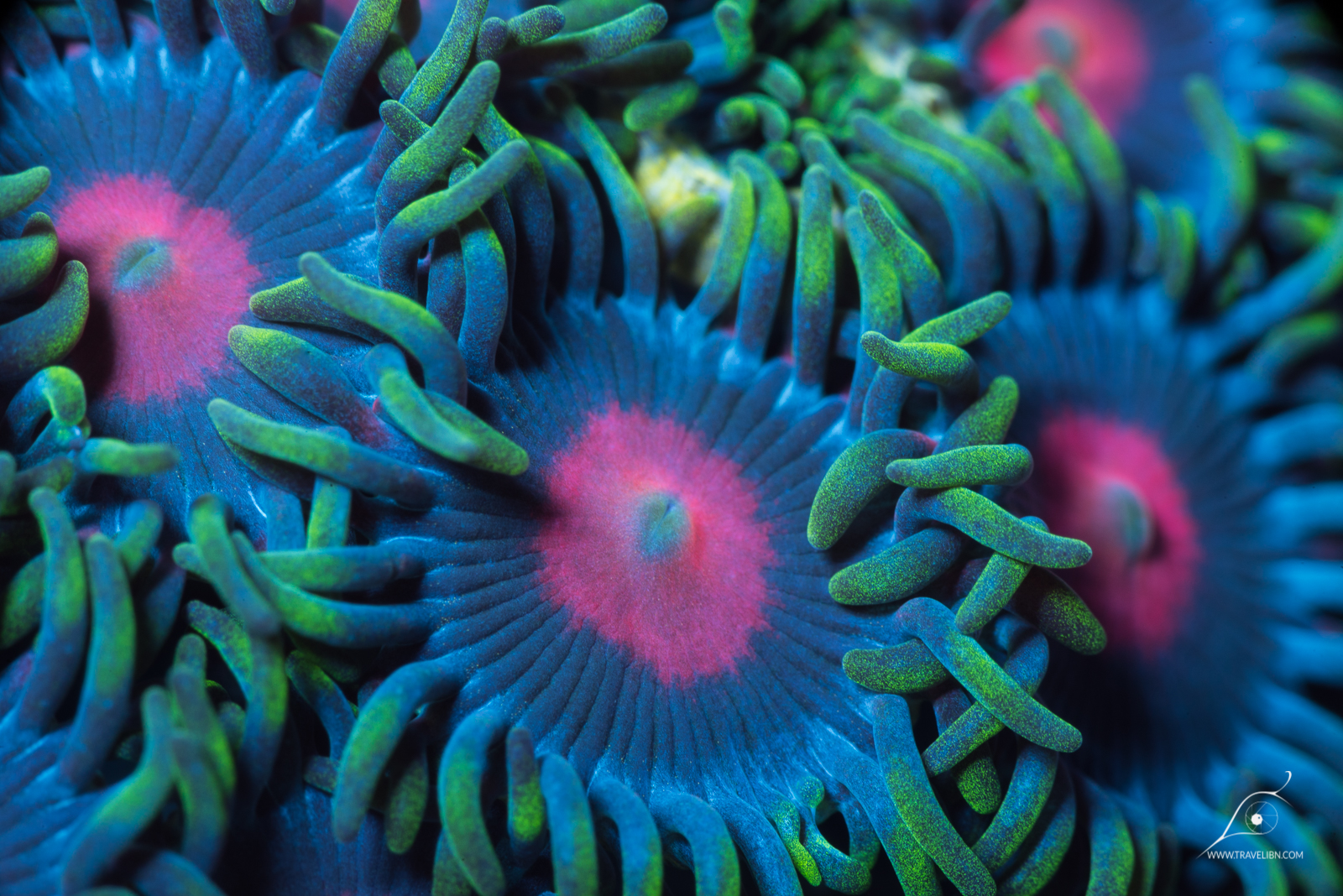
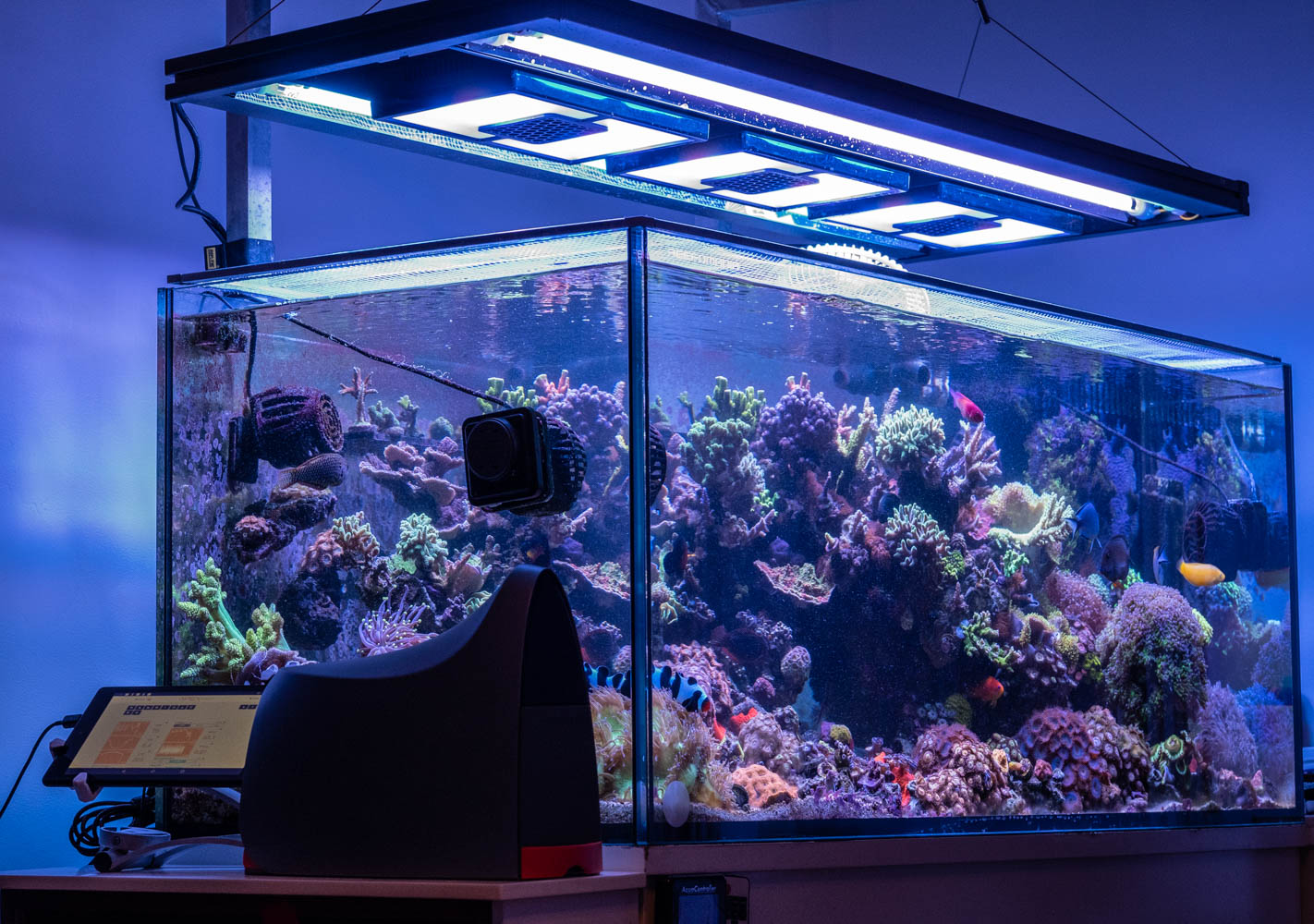
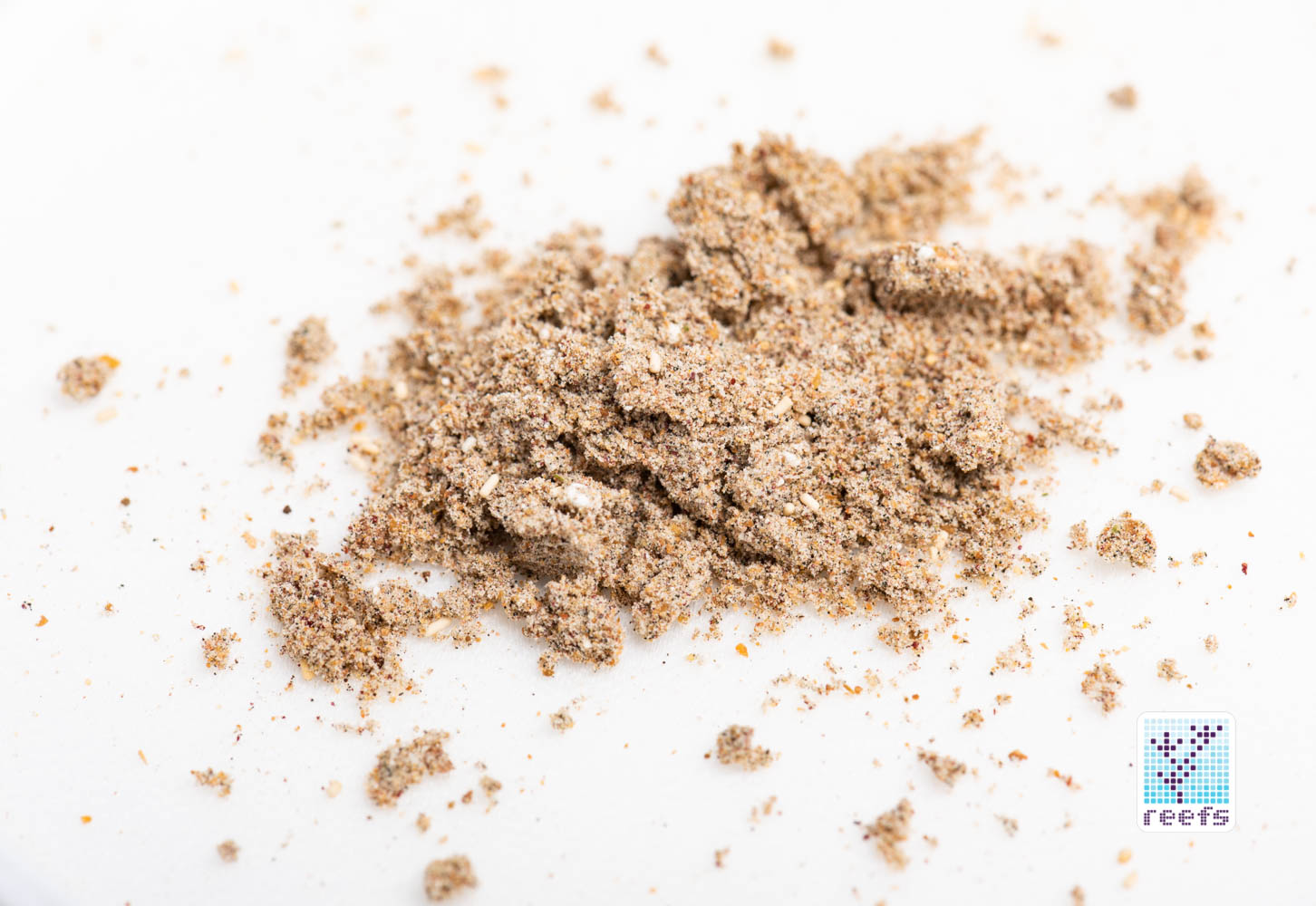
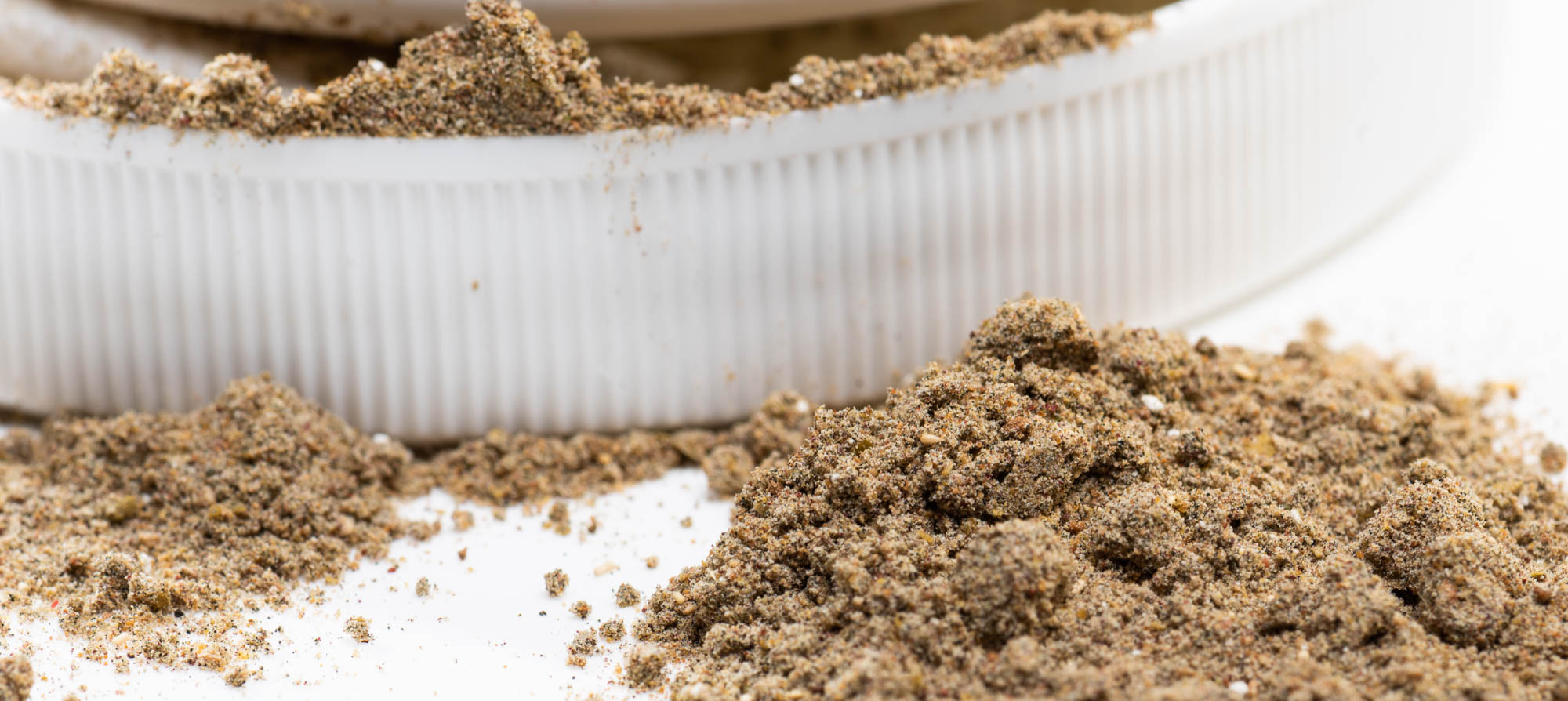









0 Comments